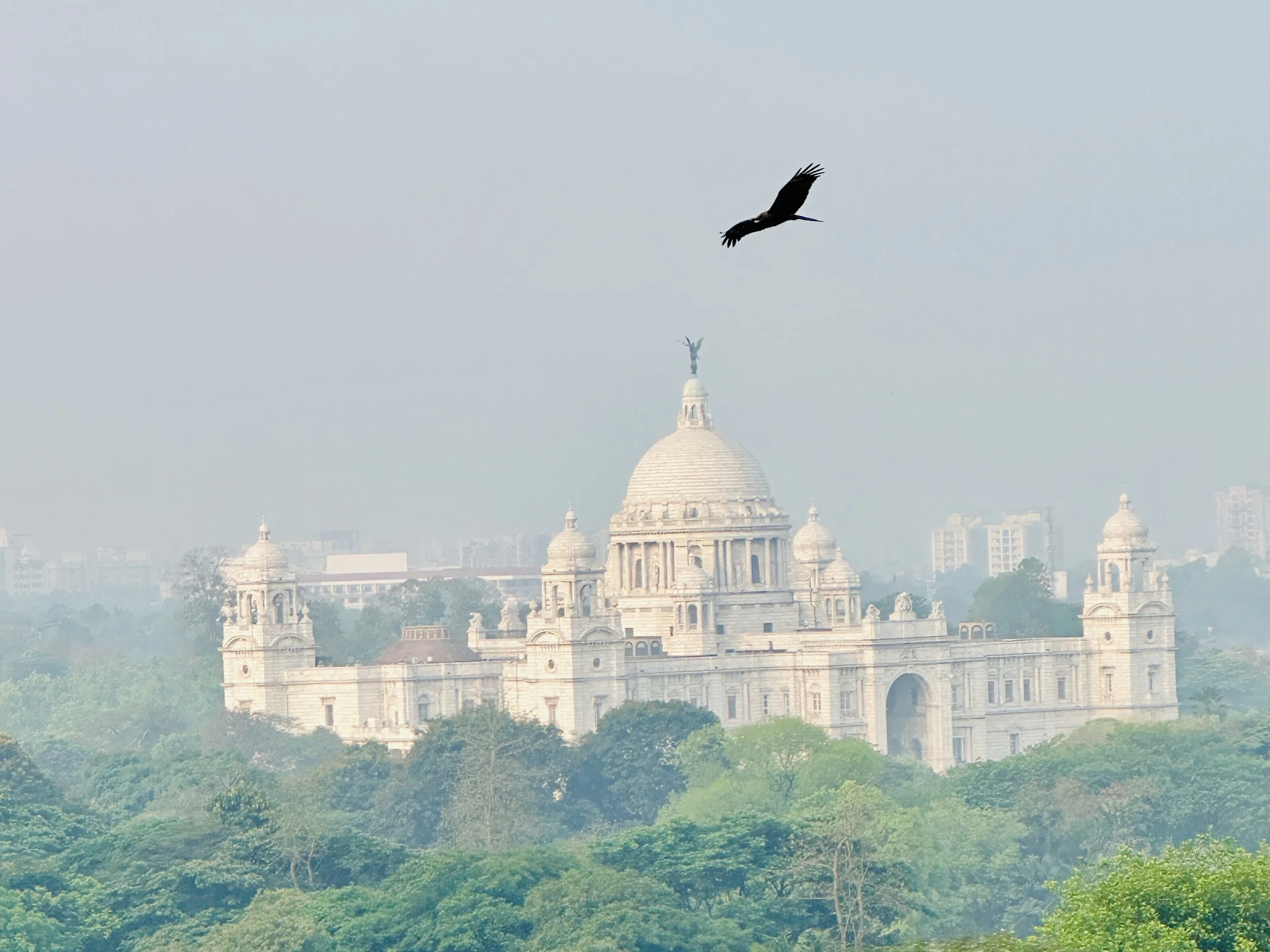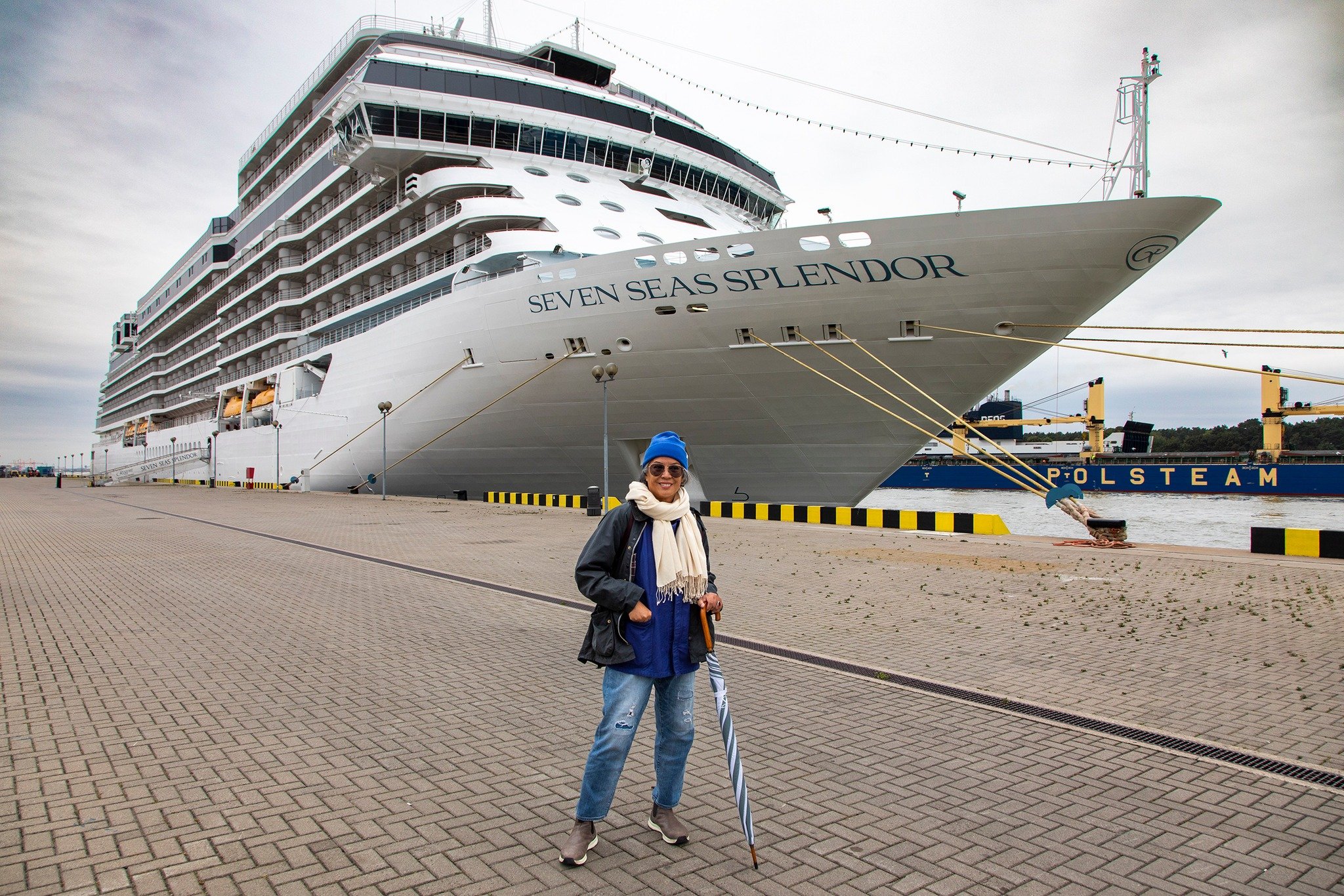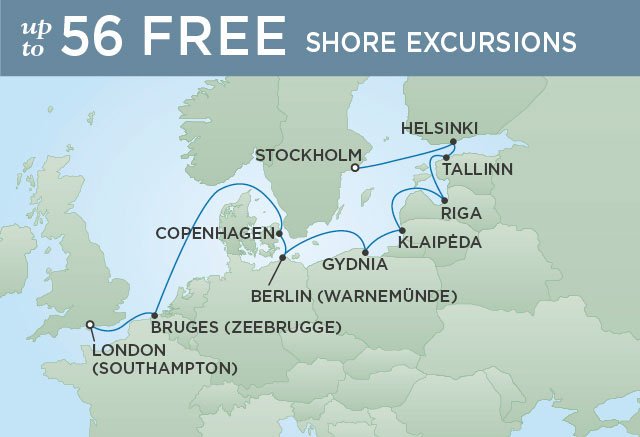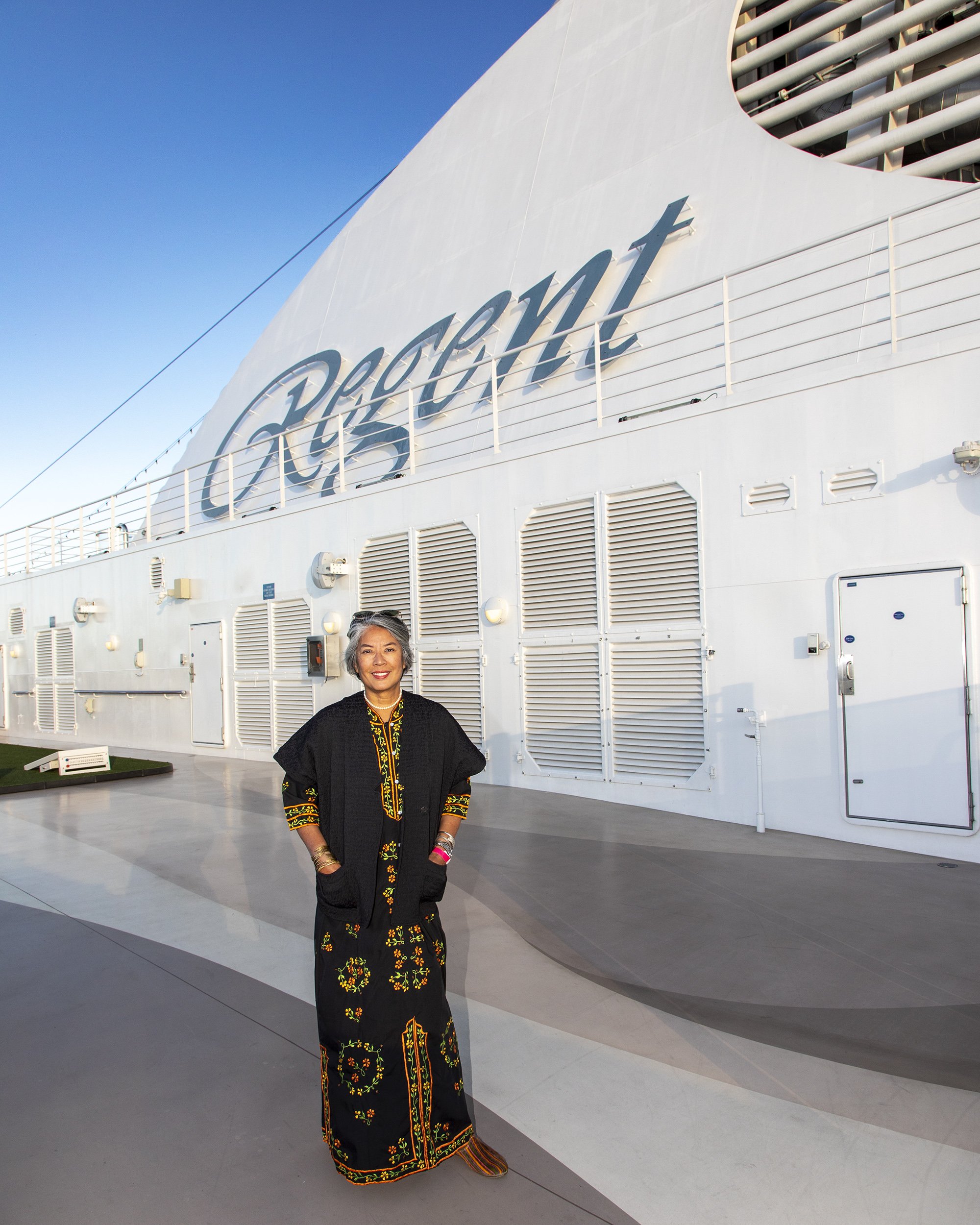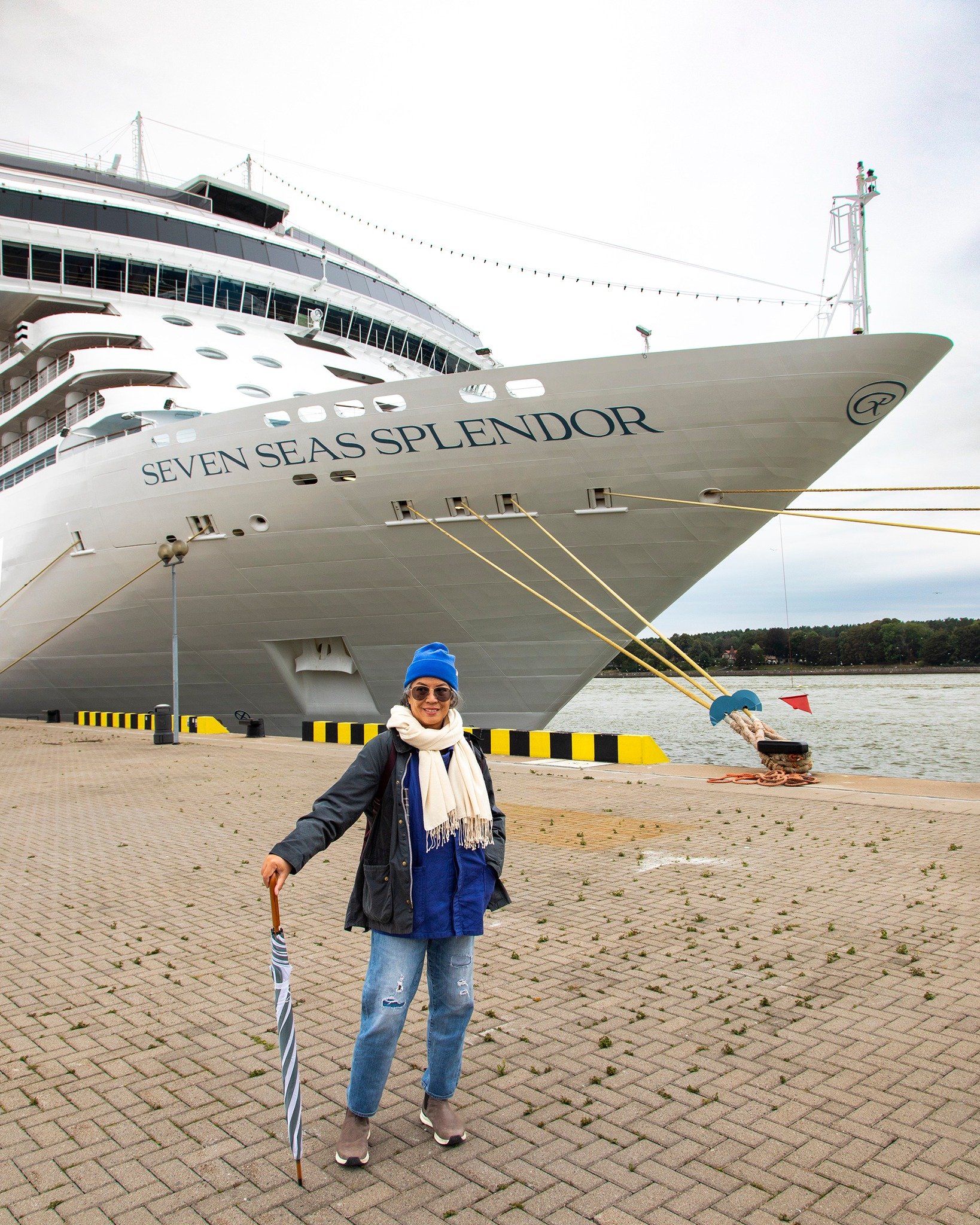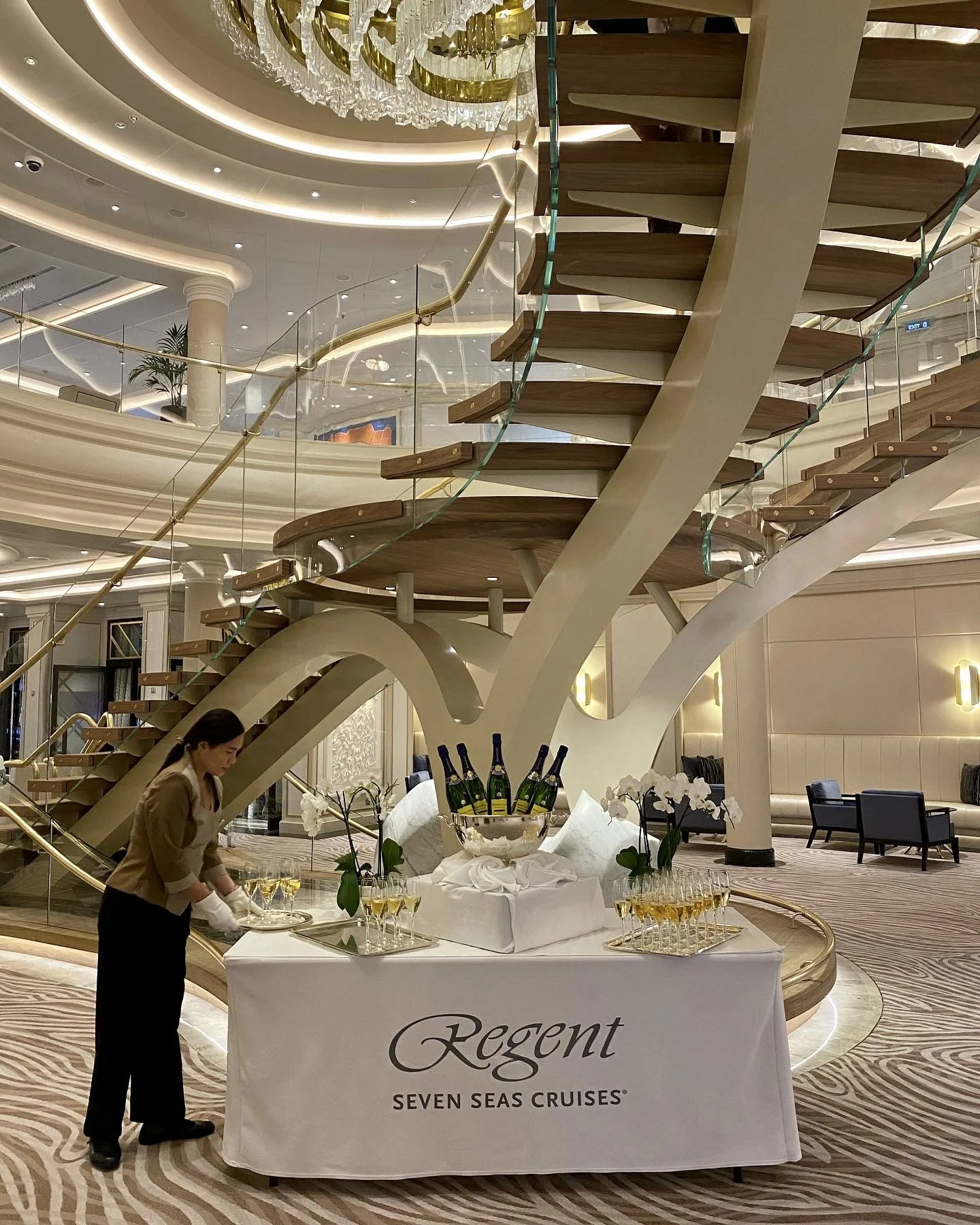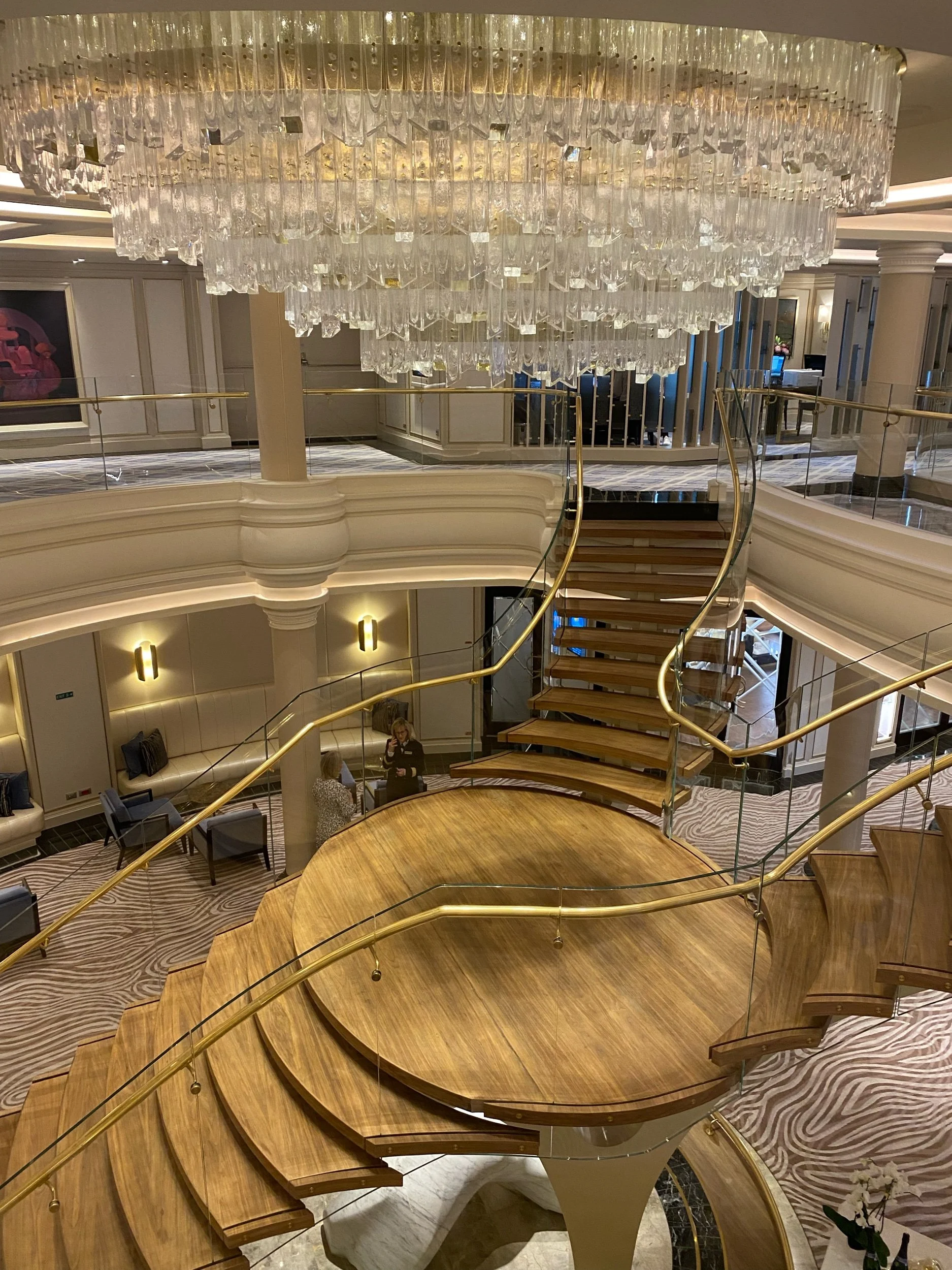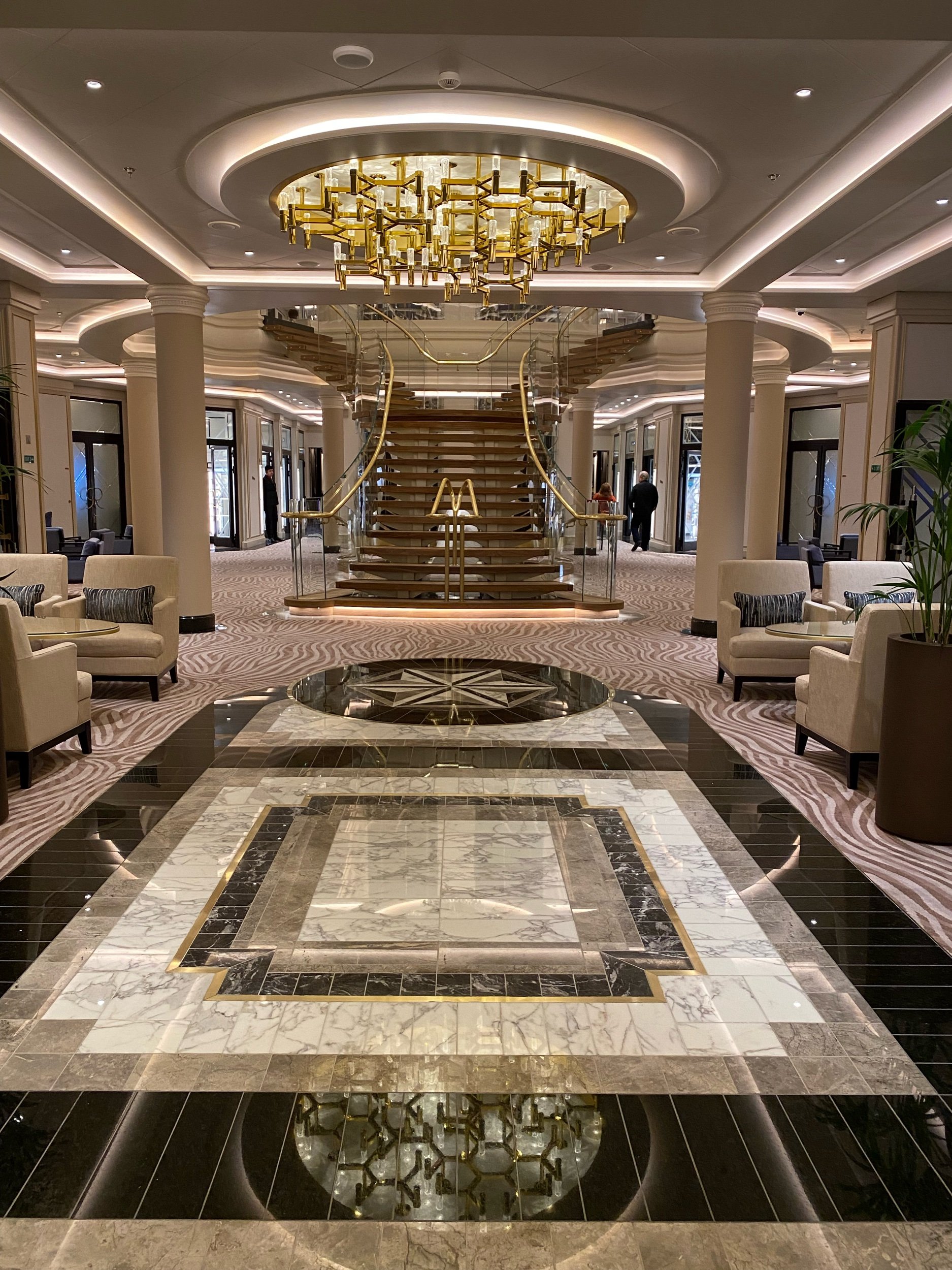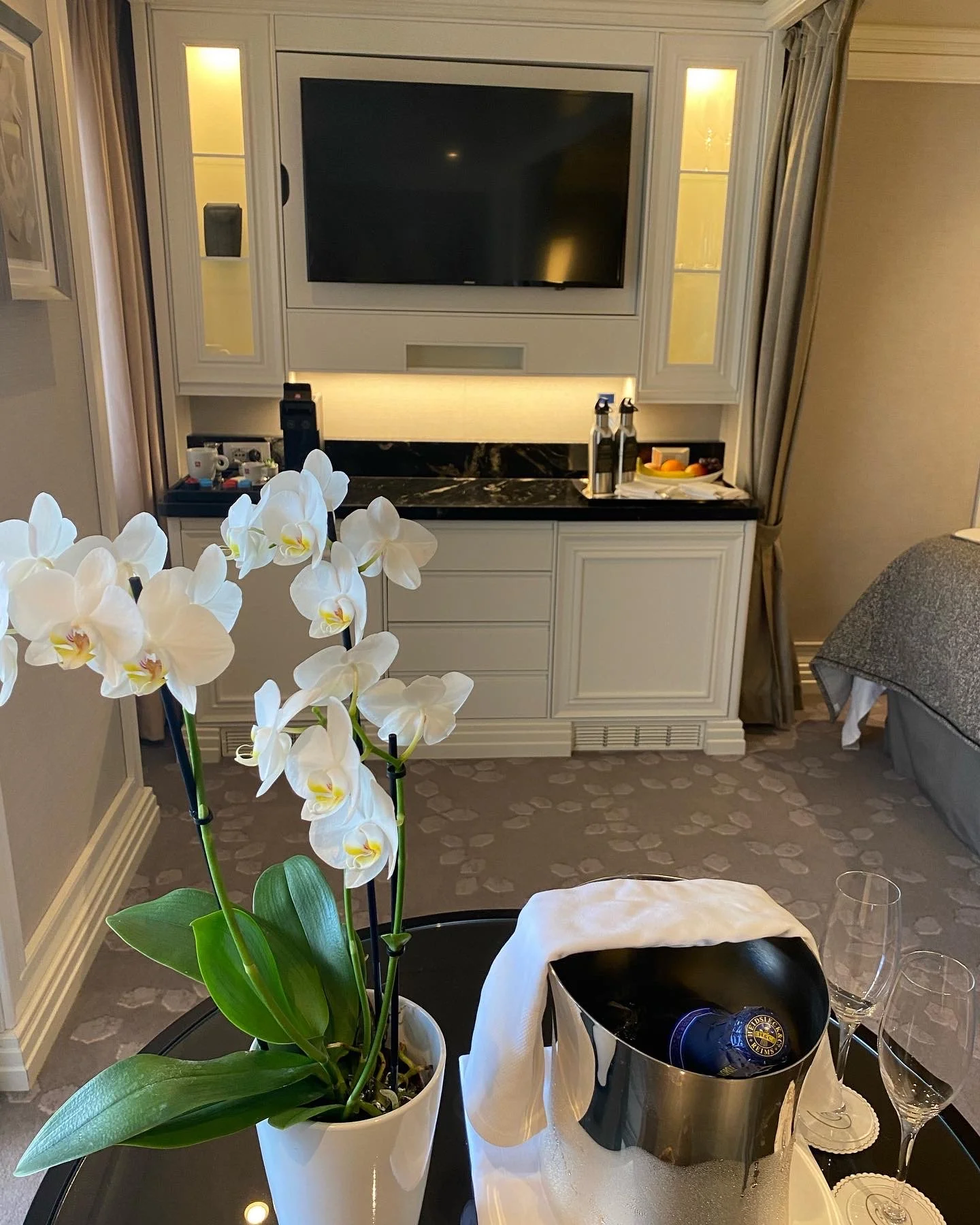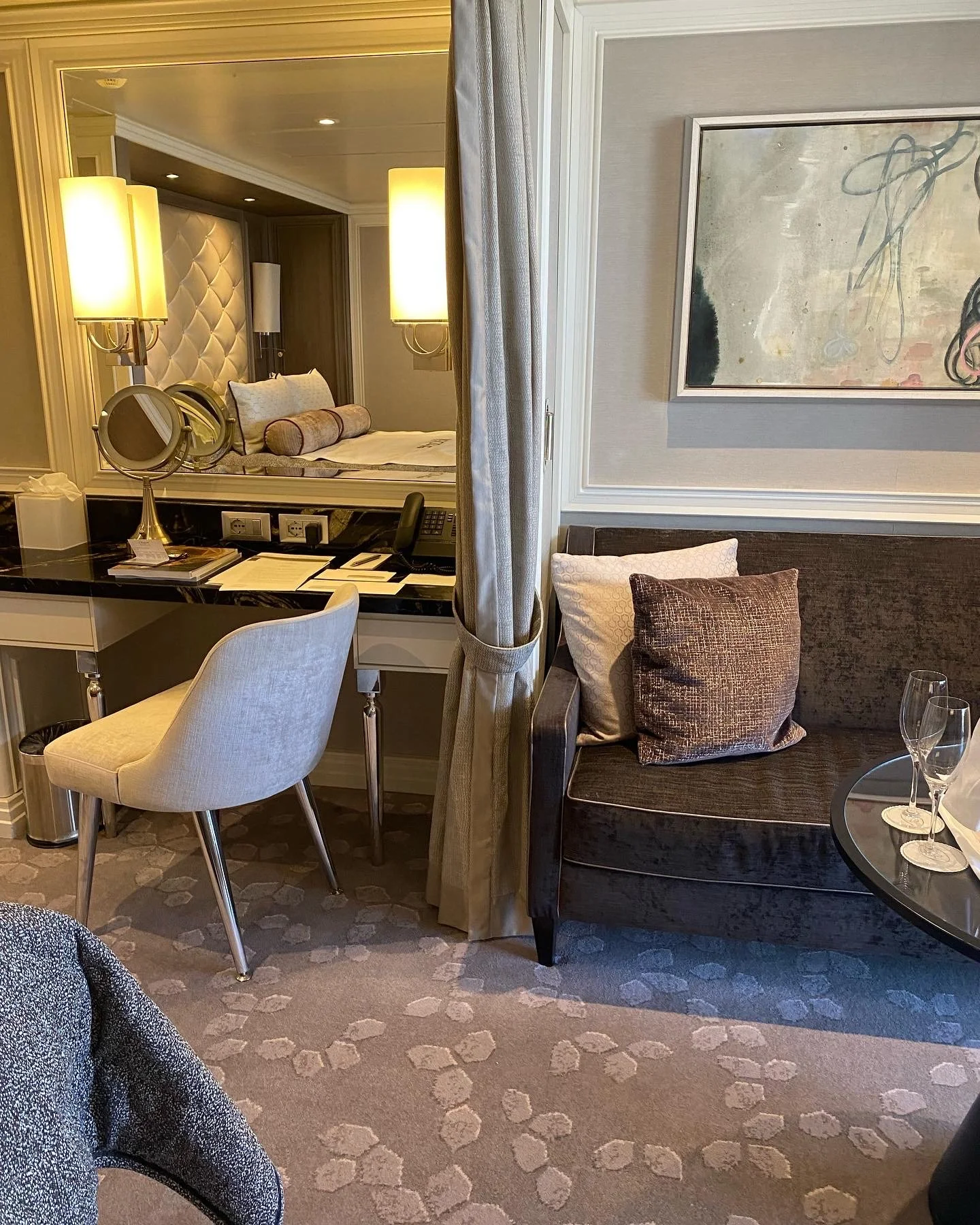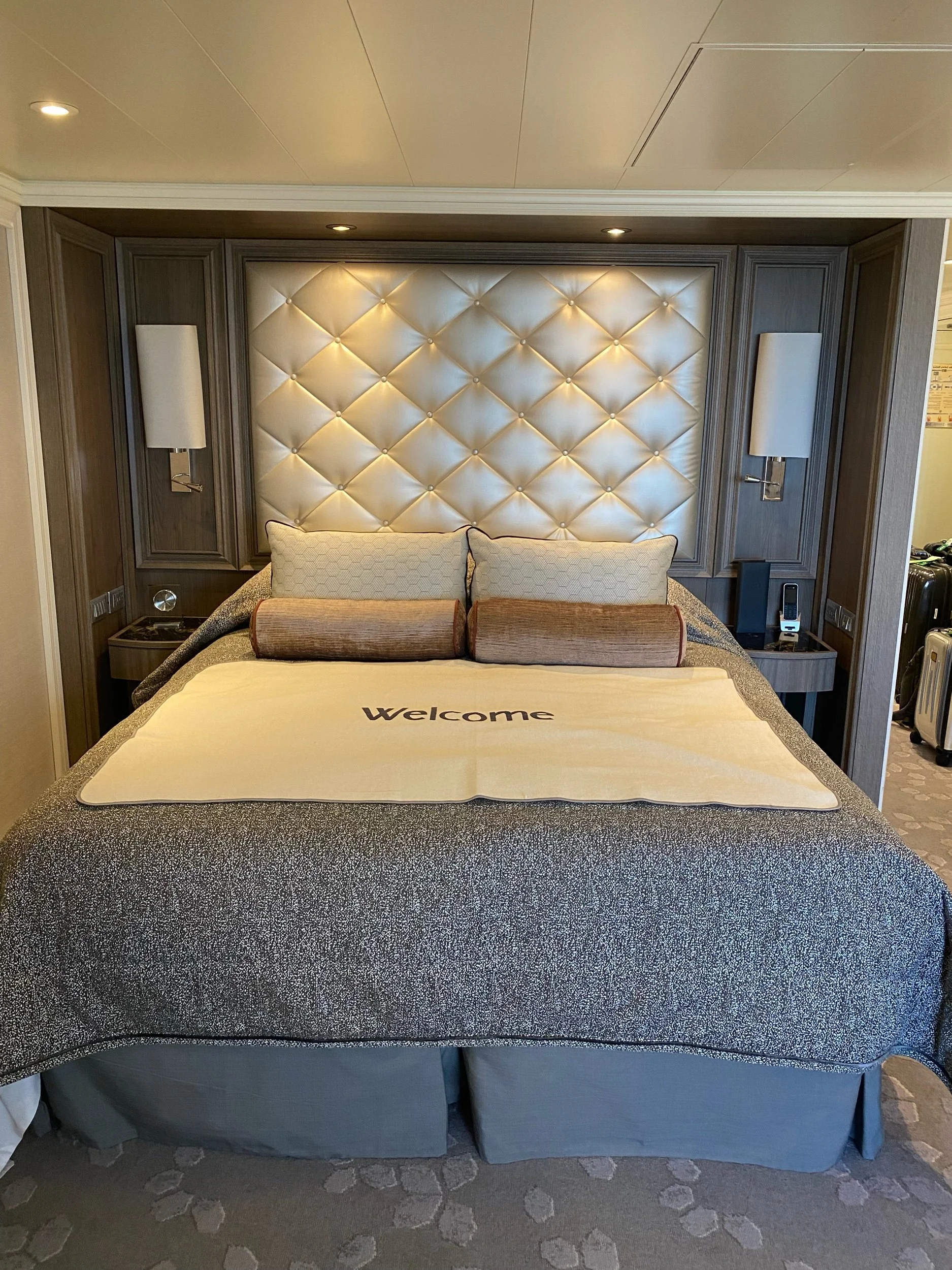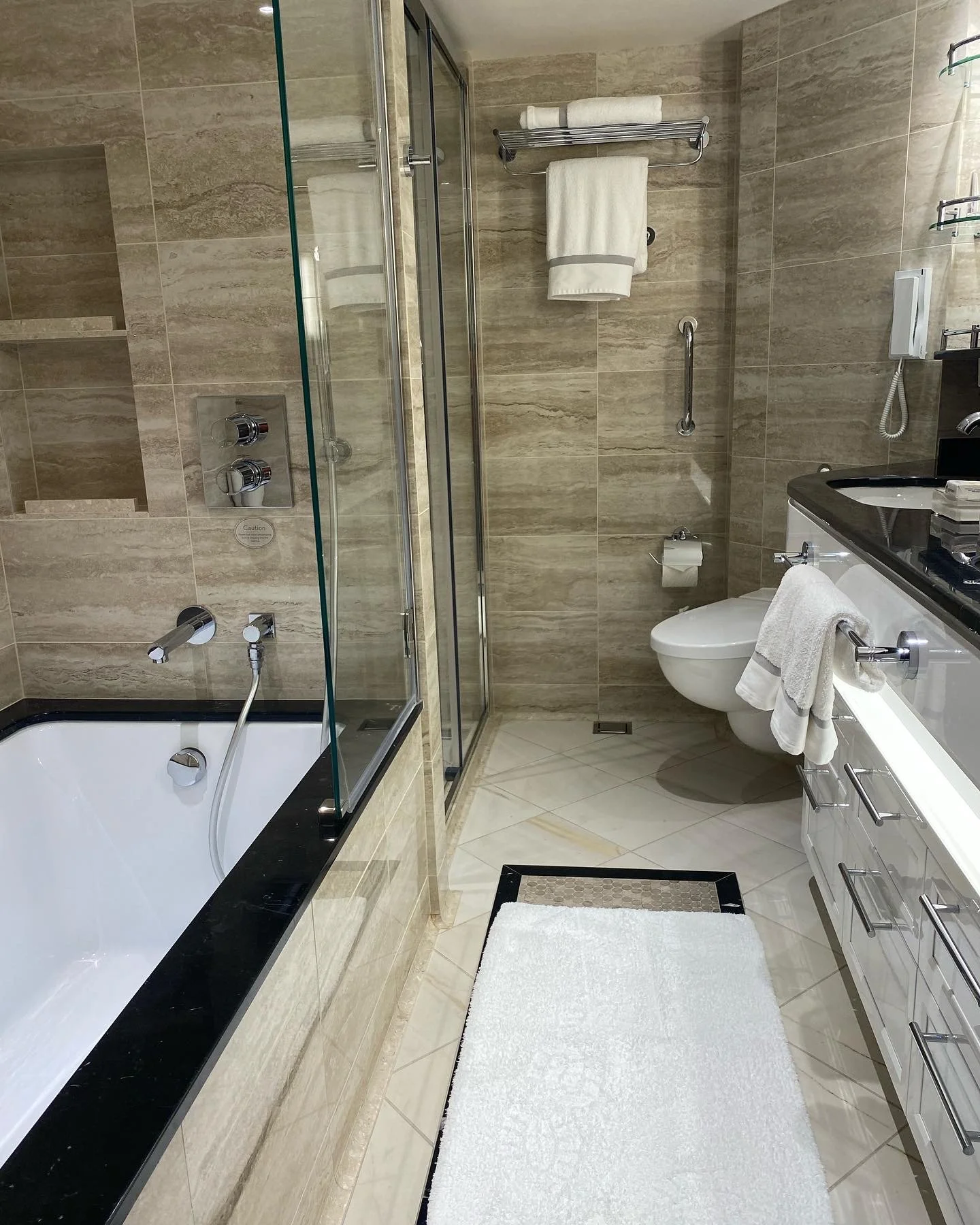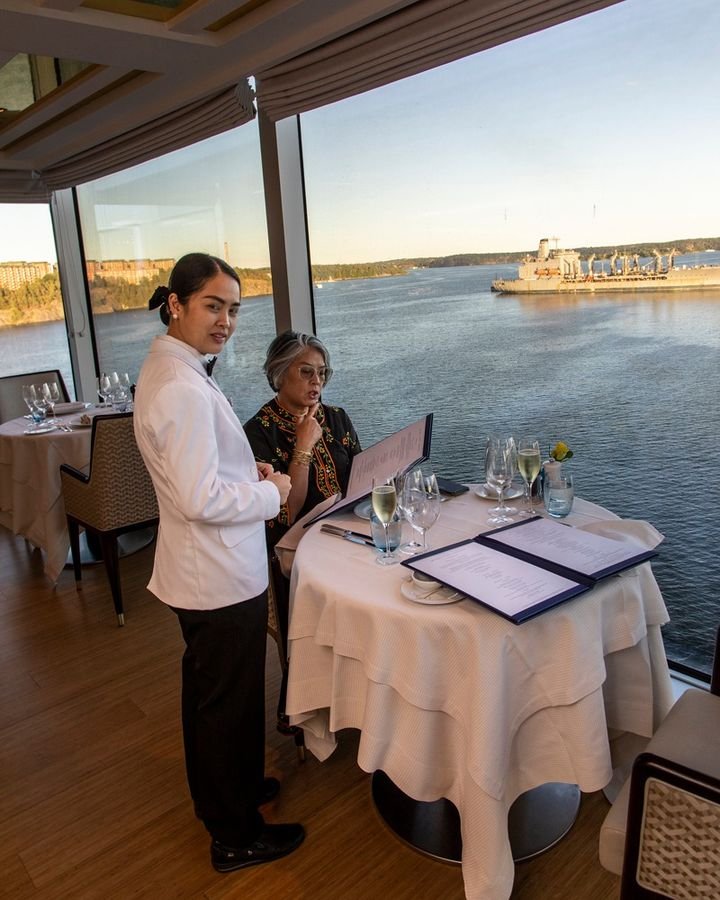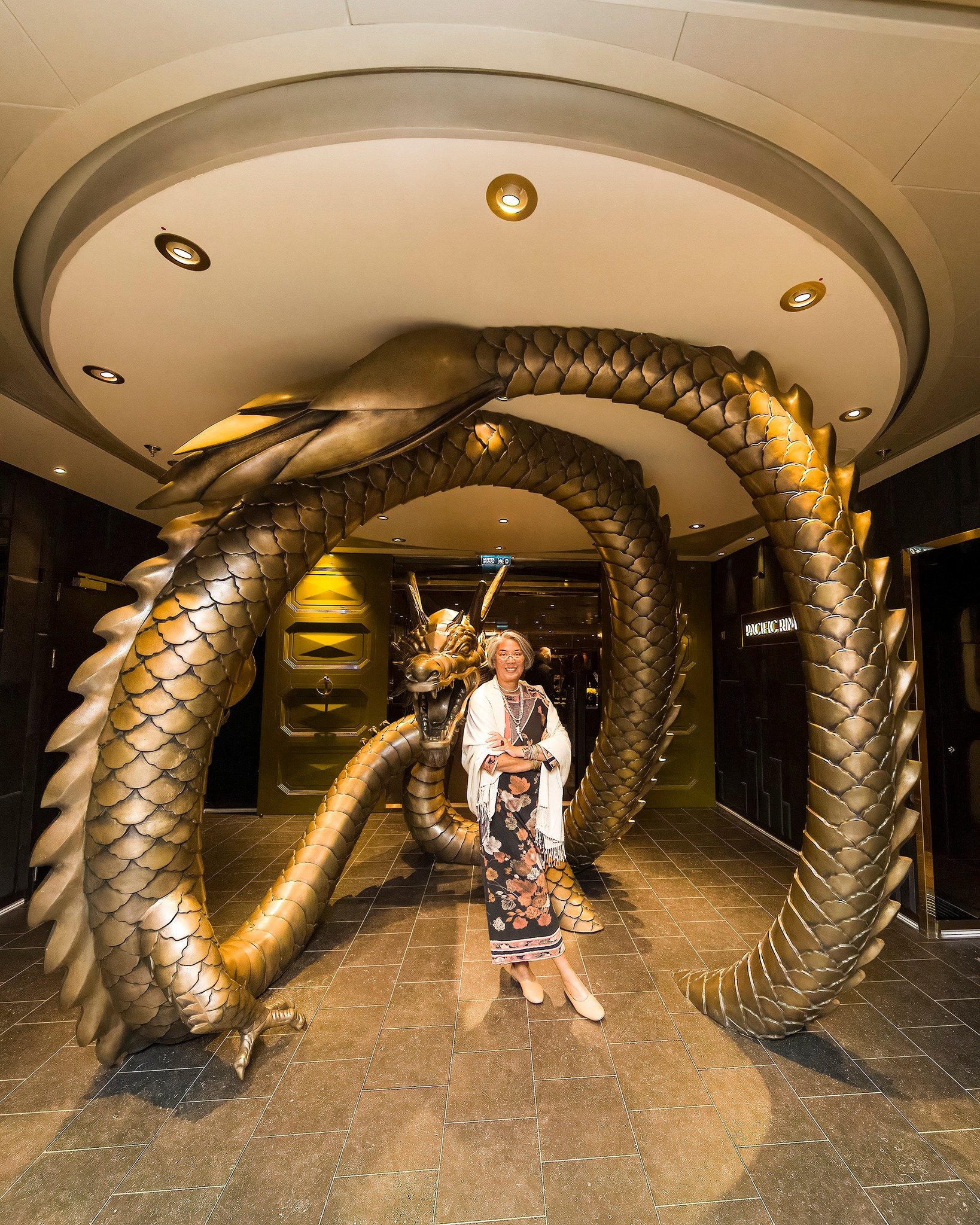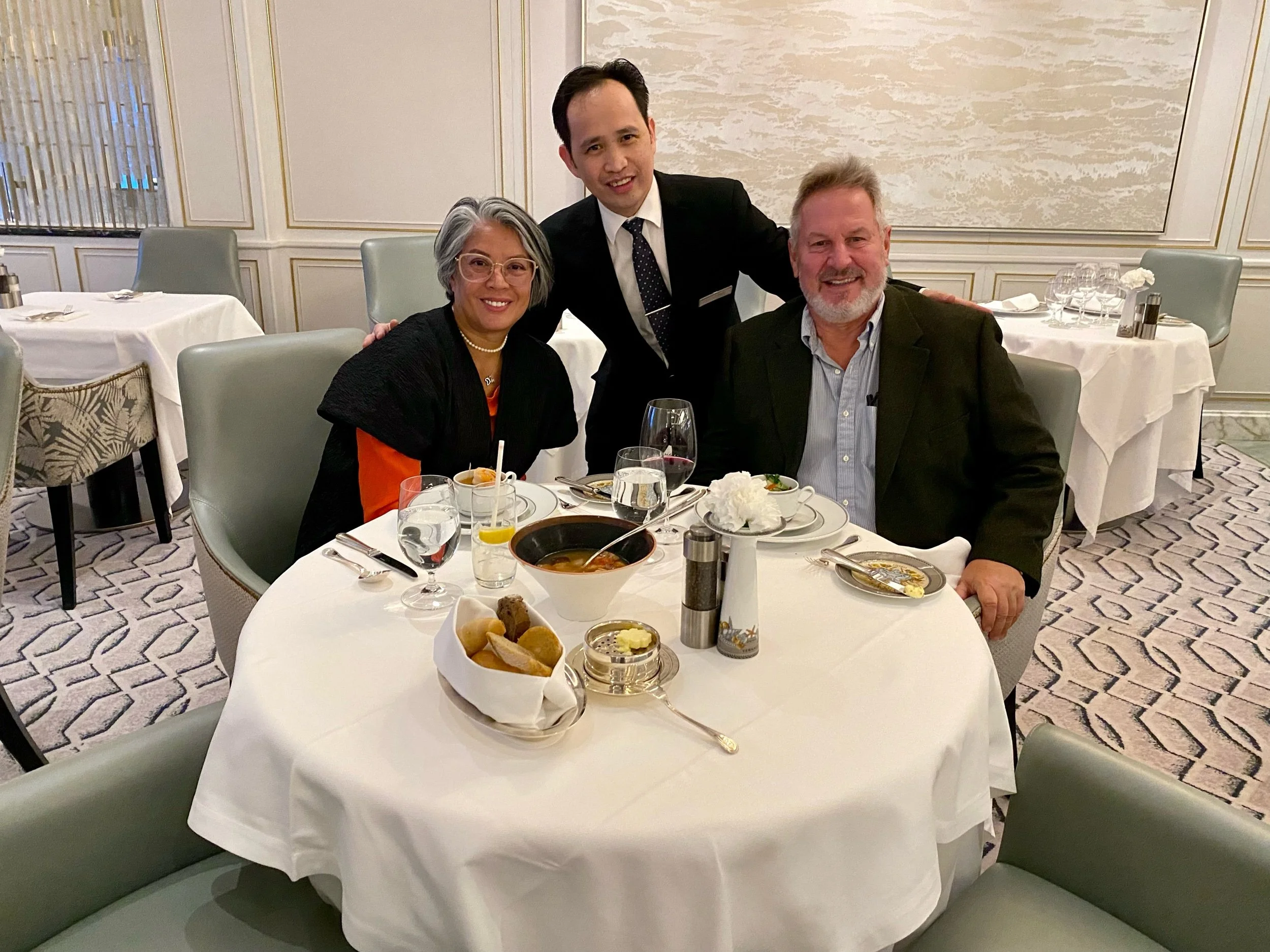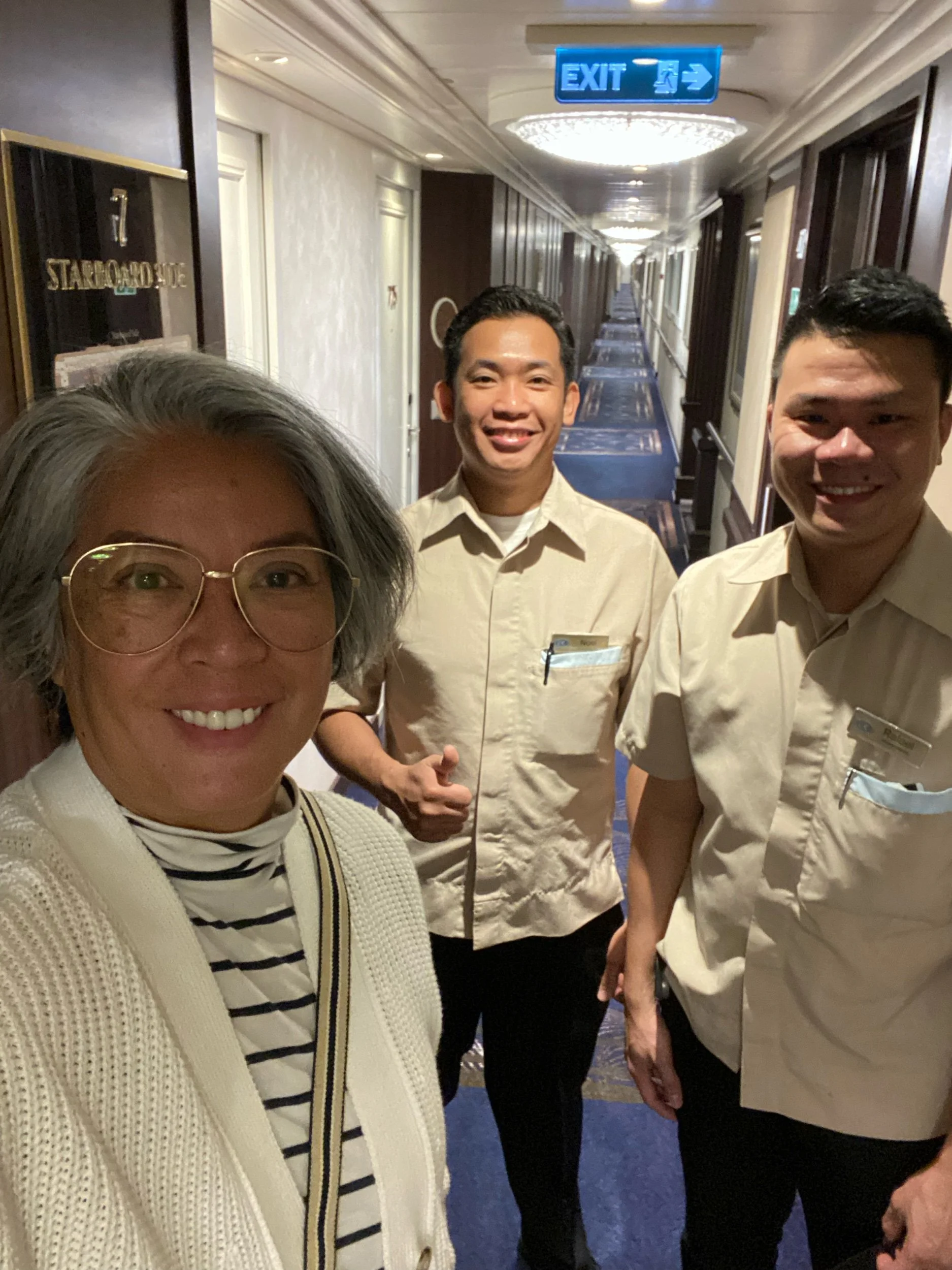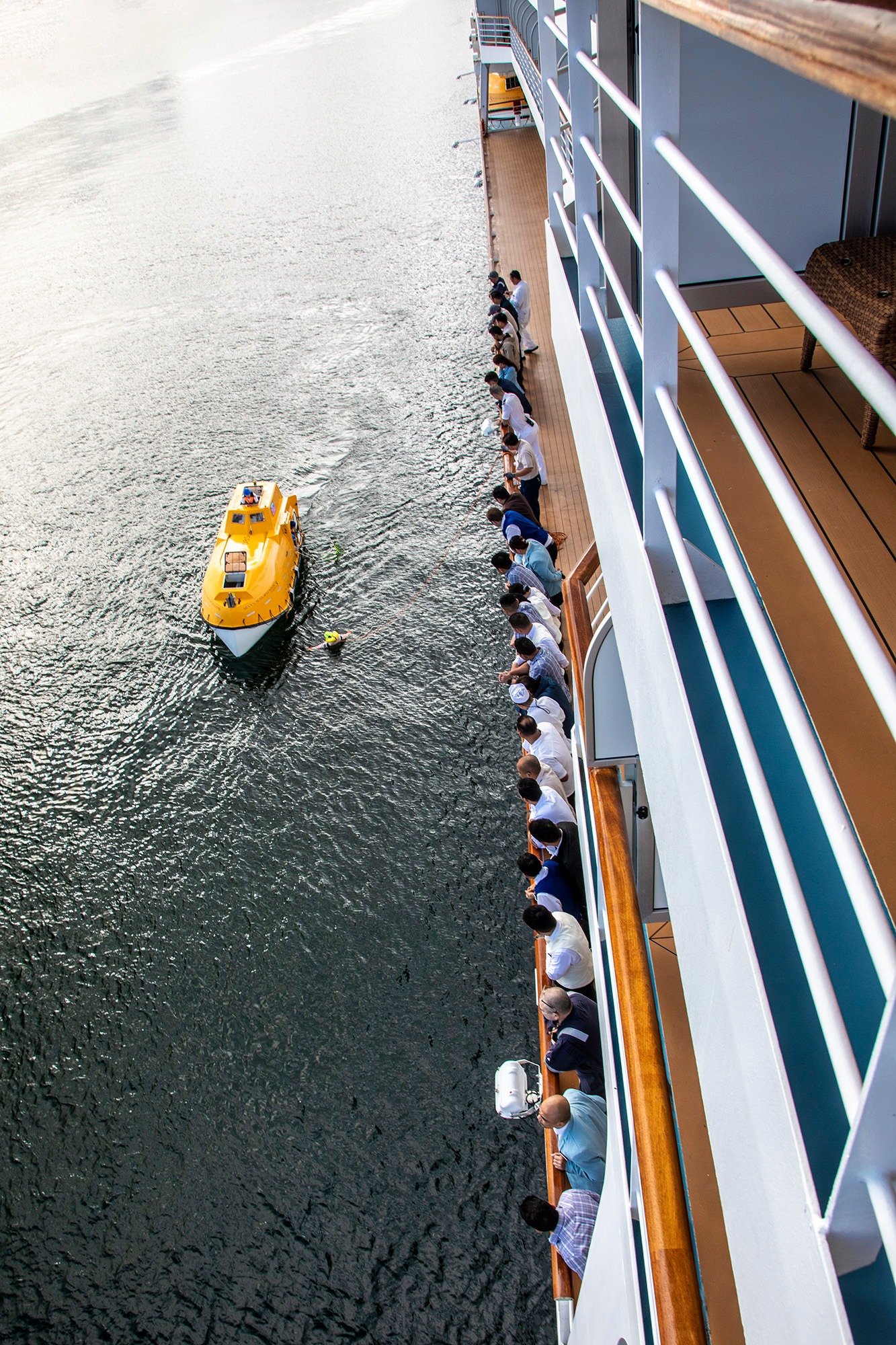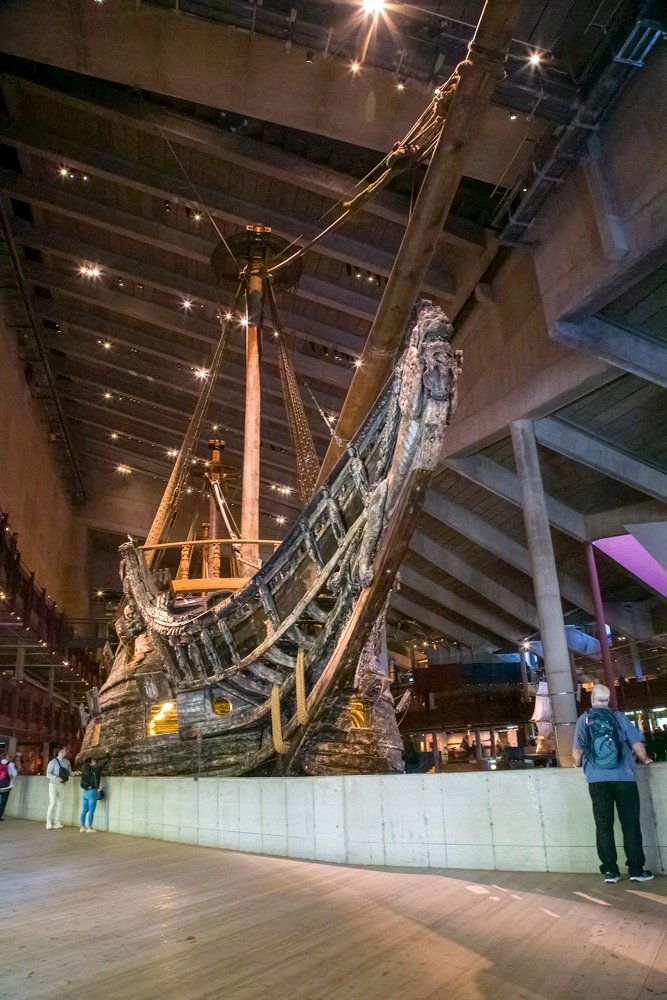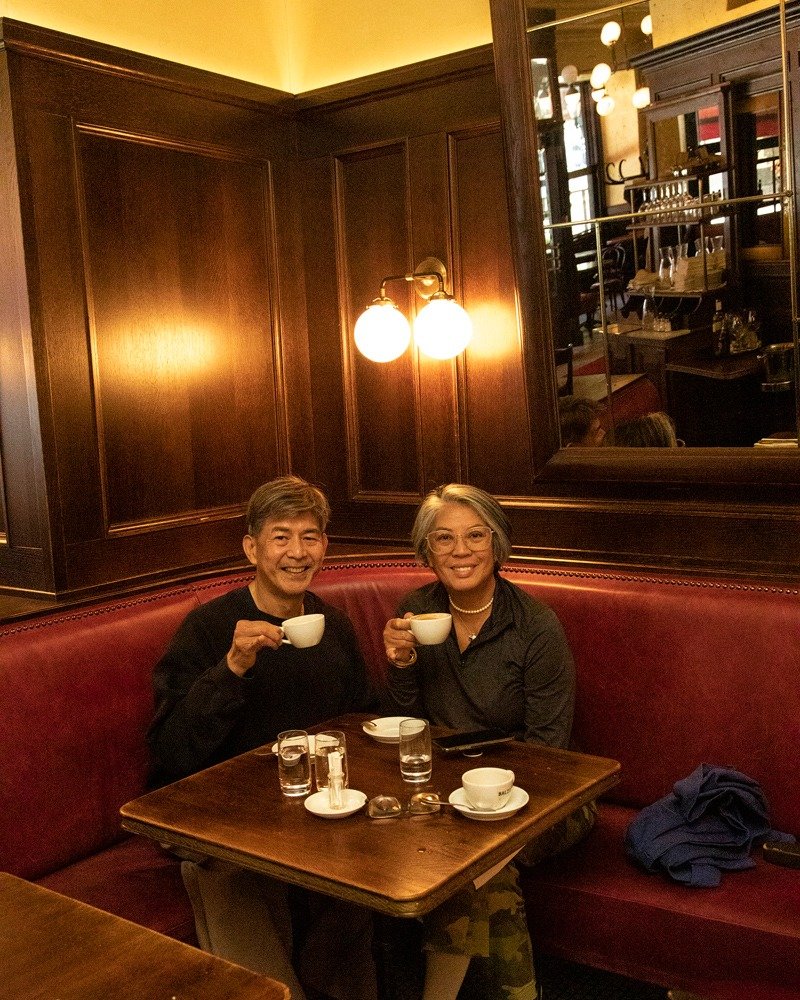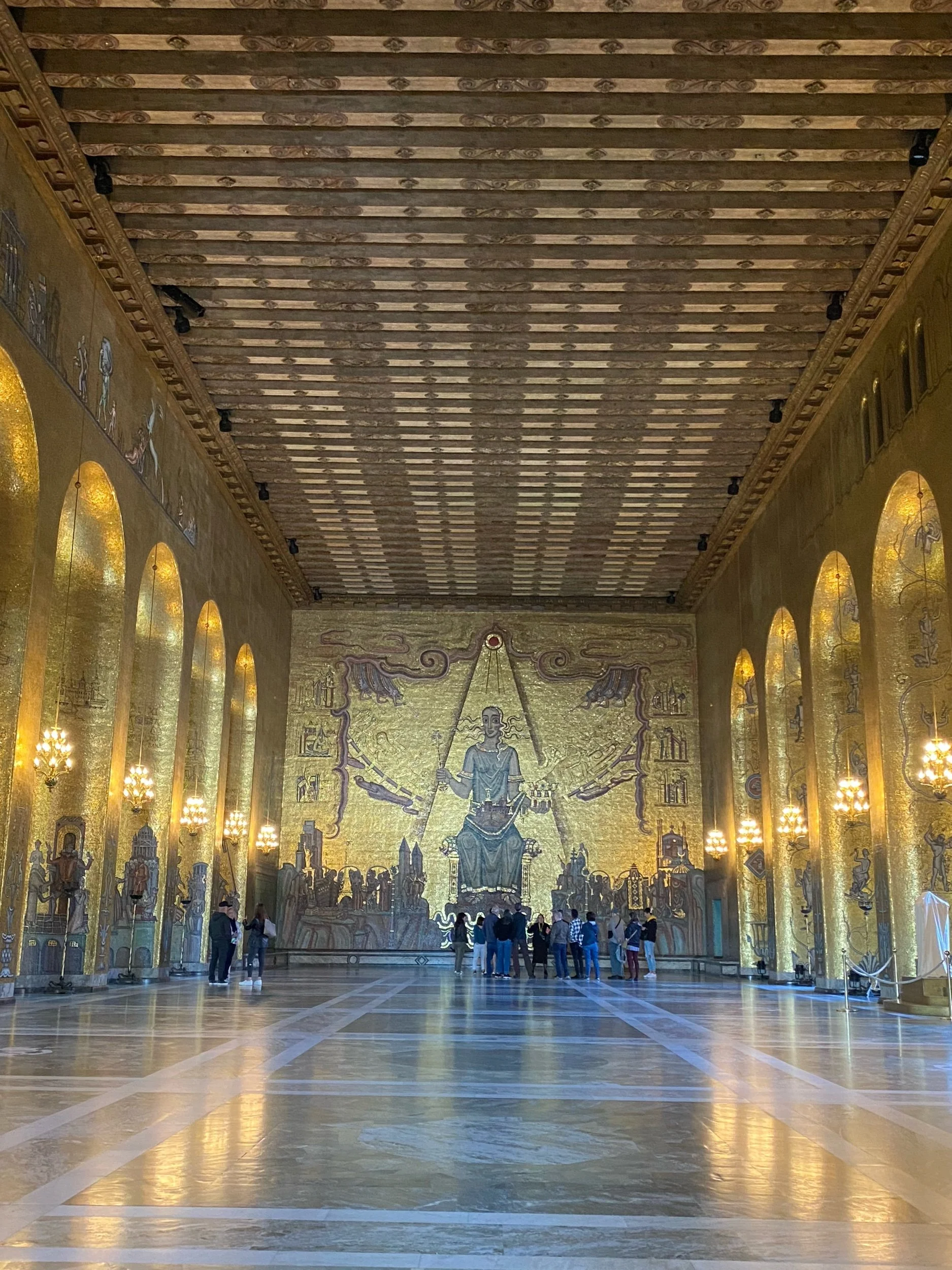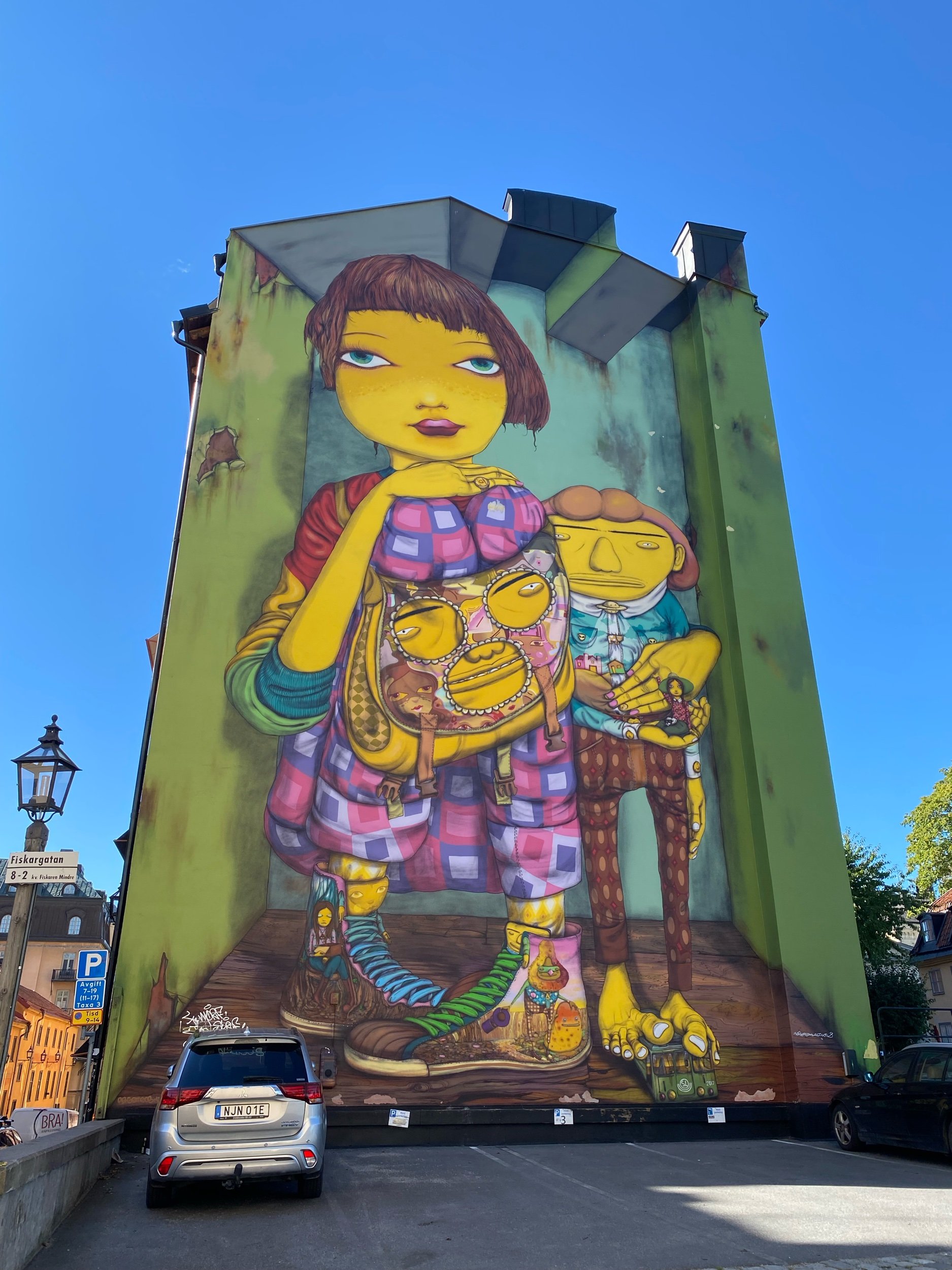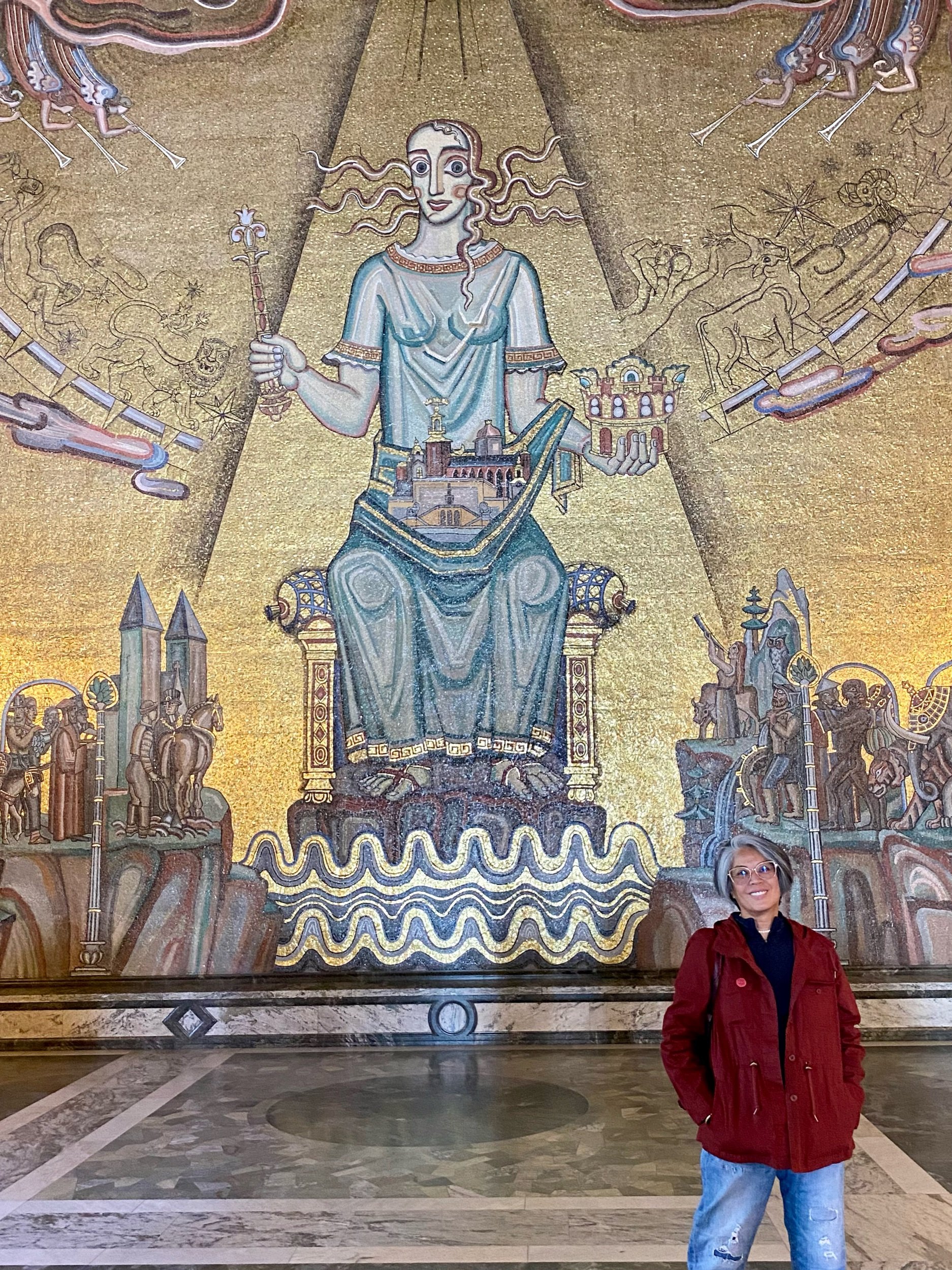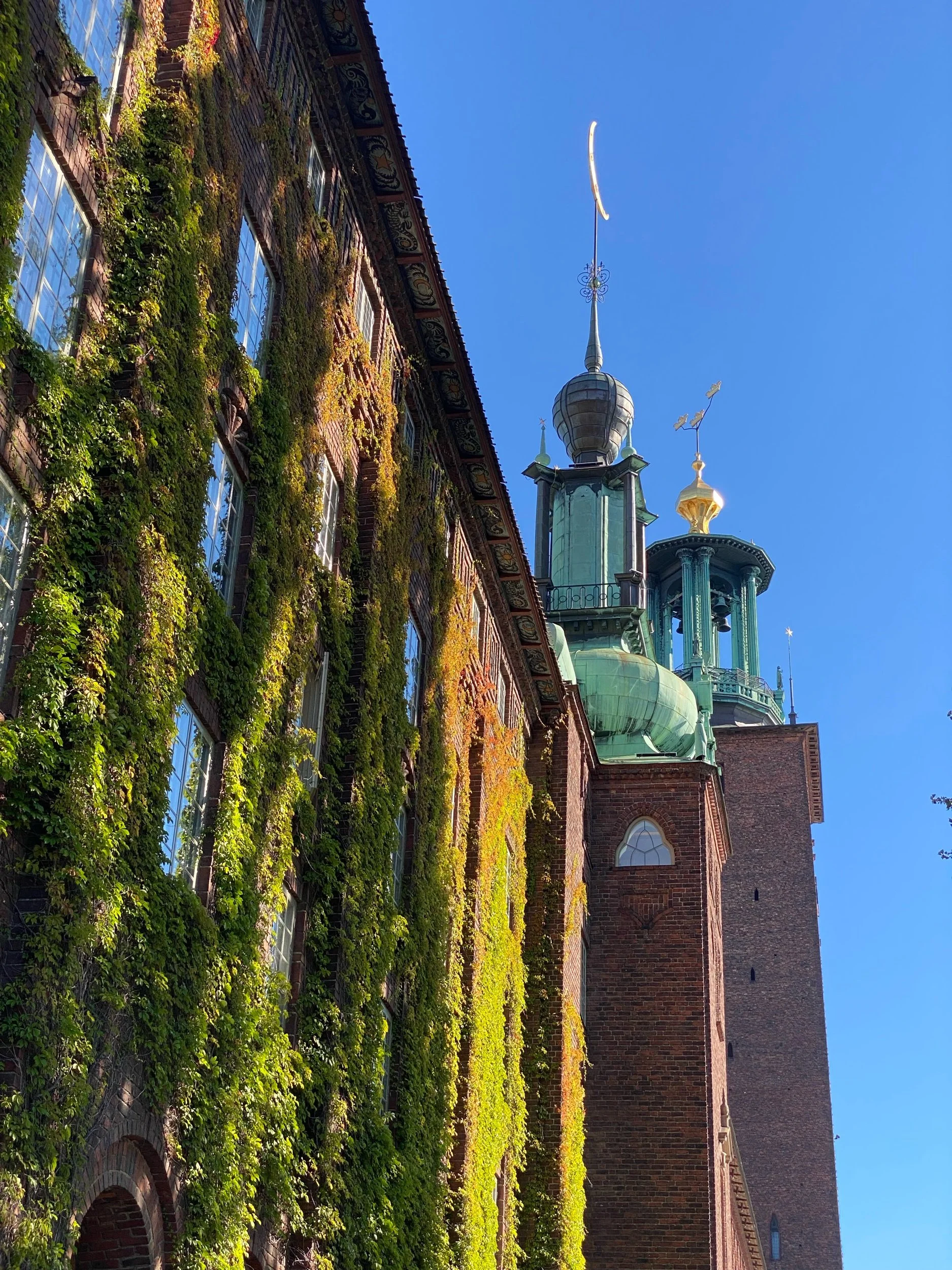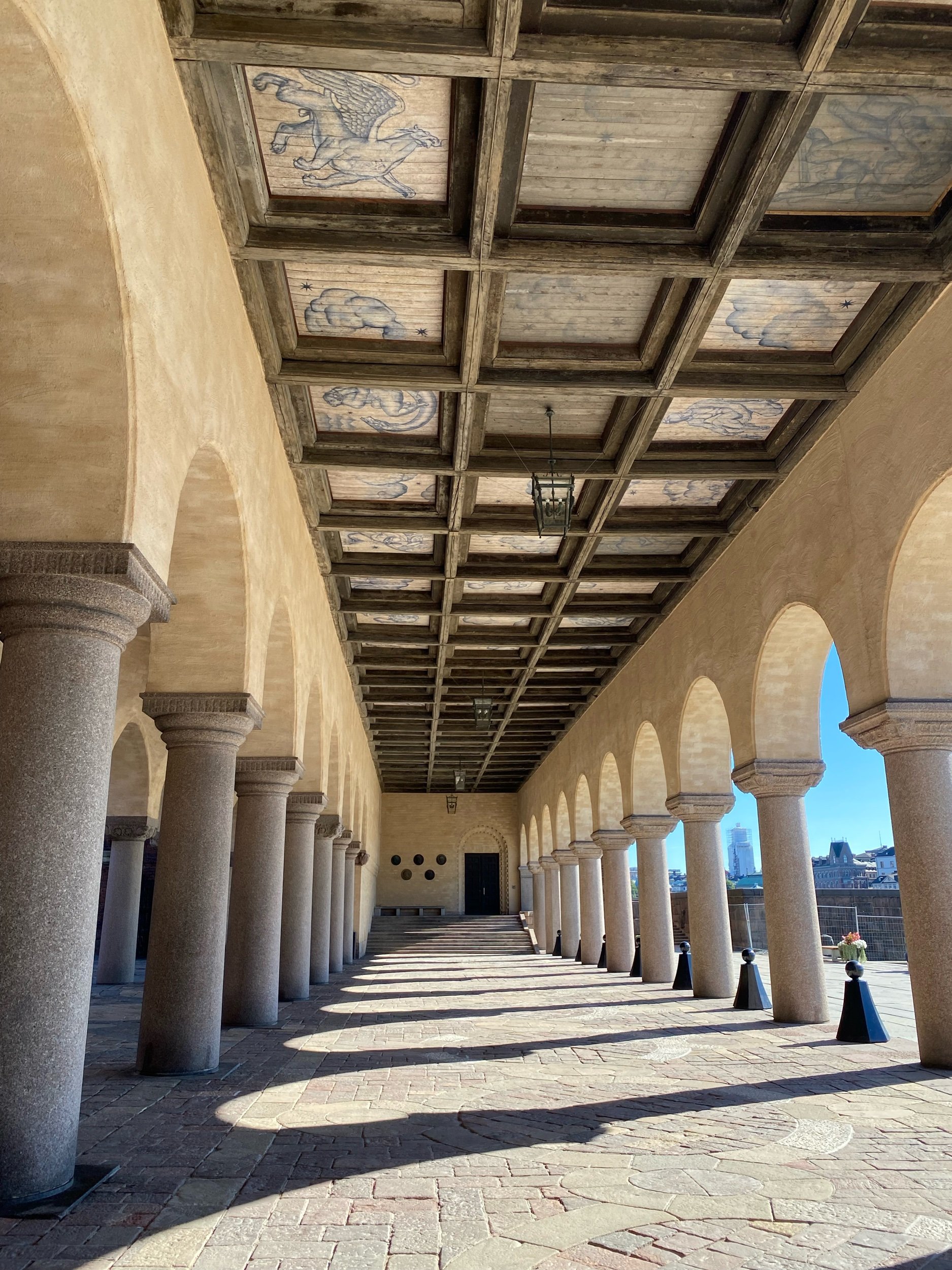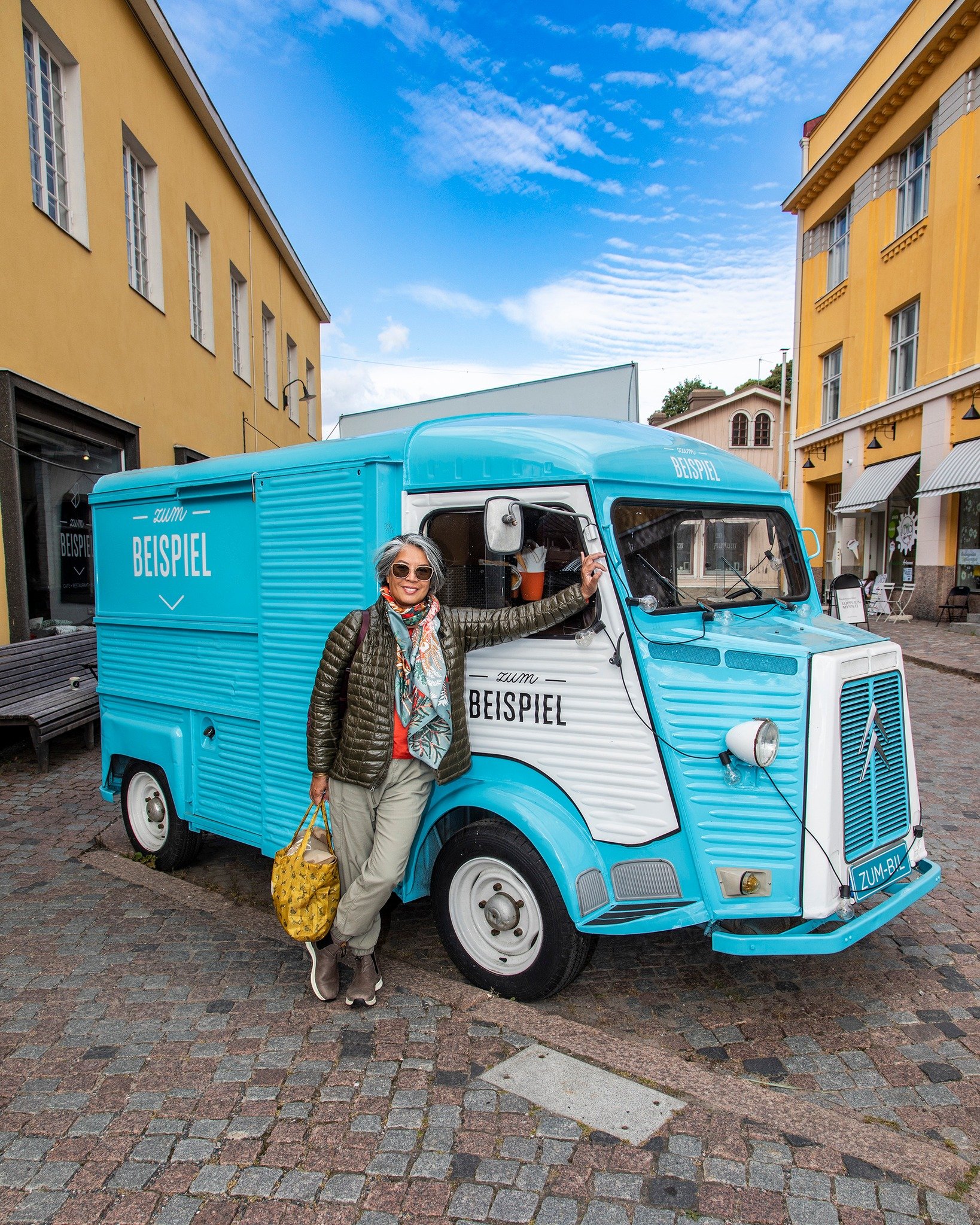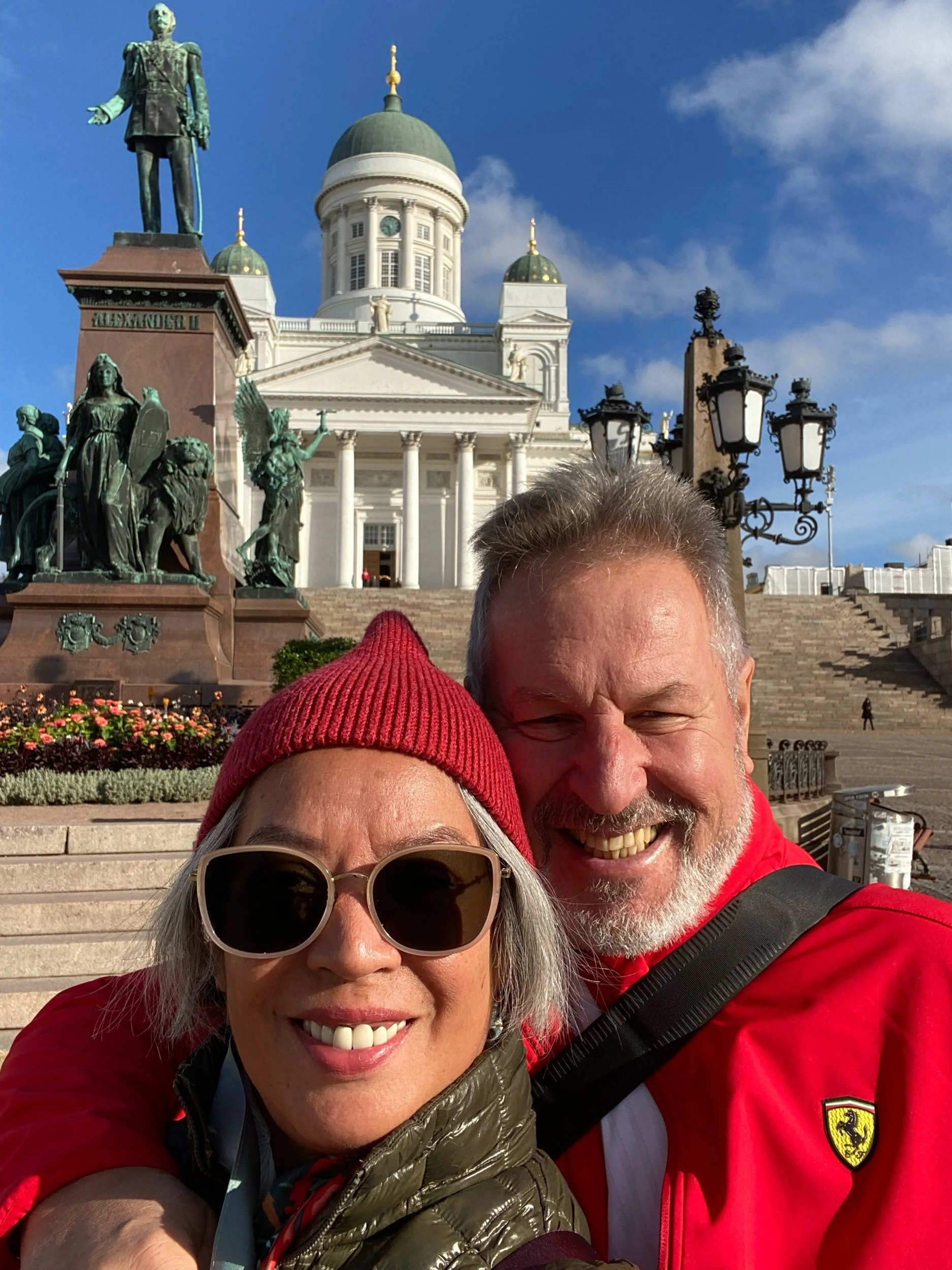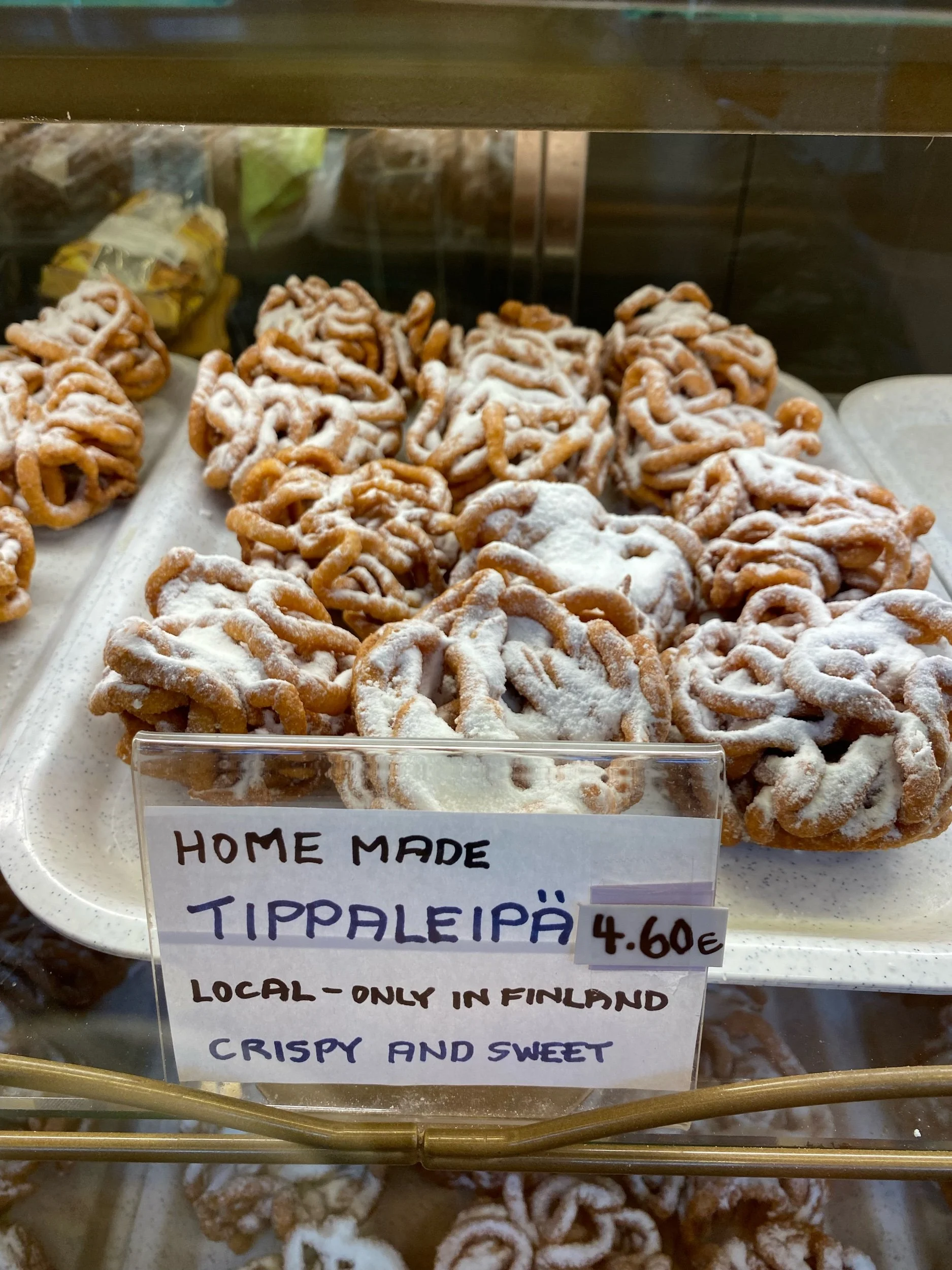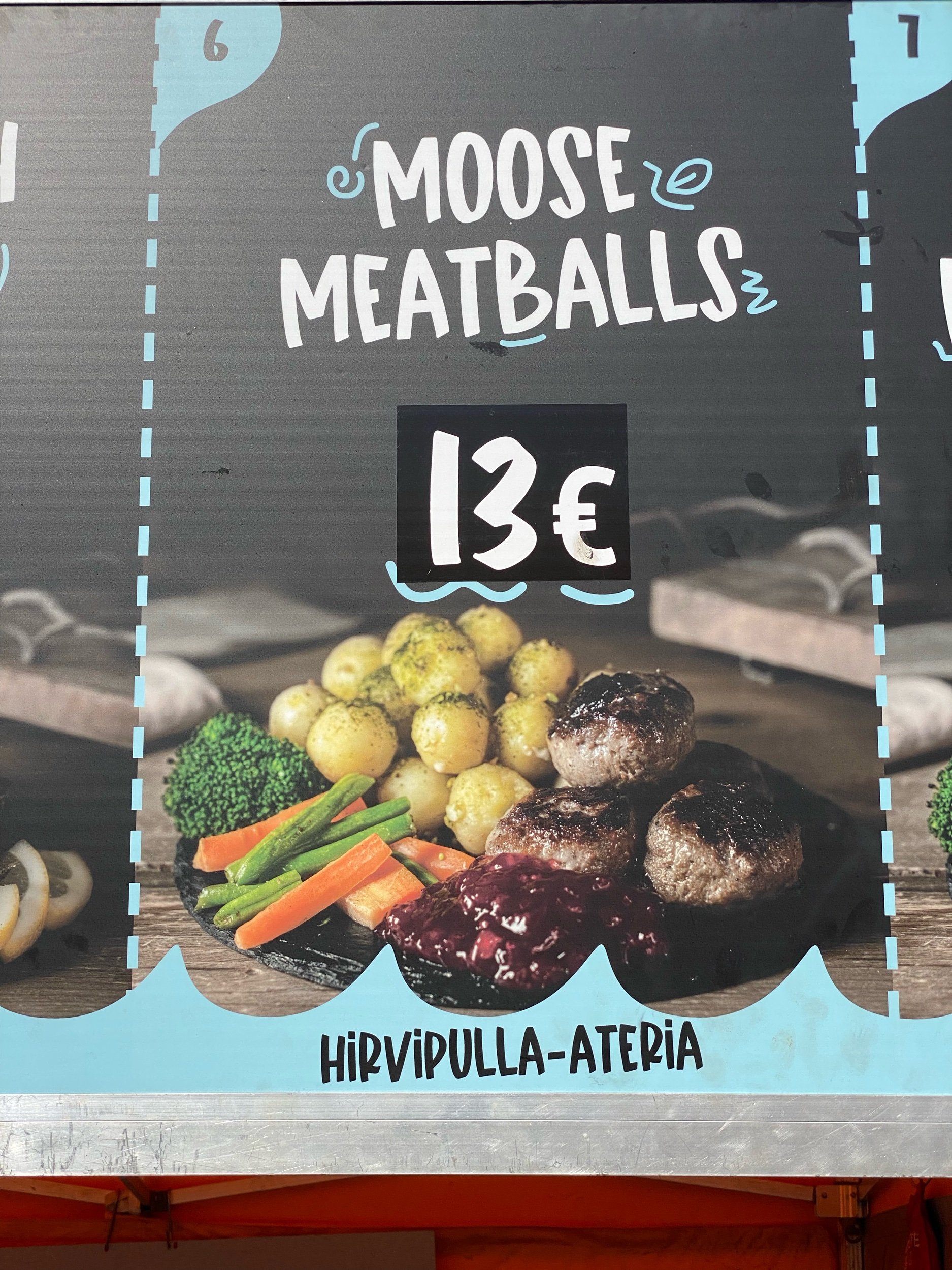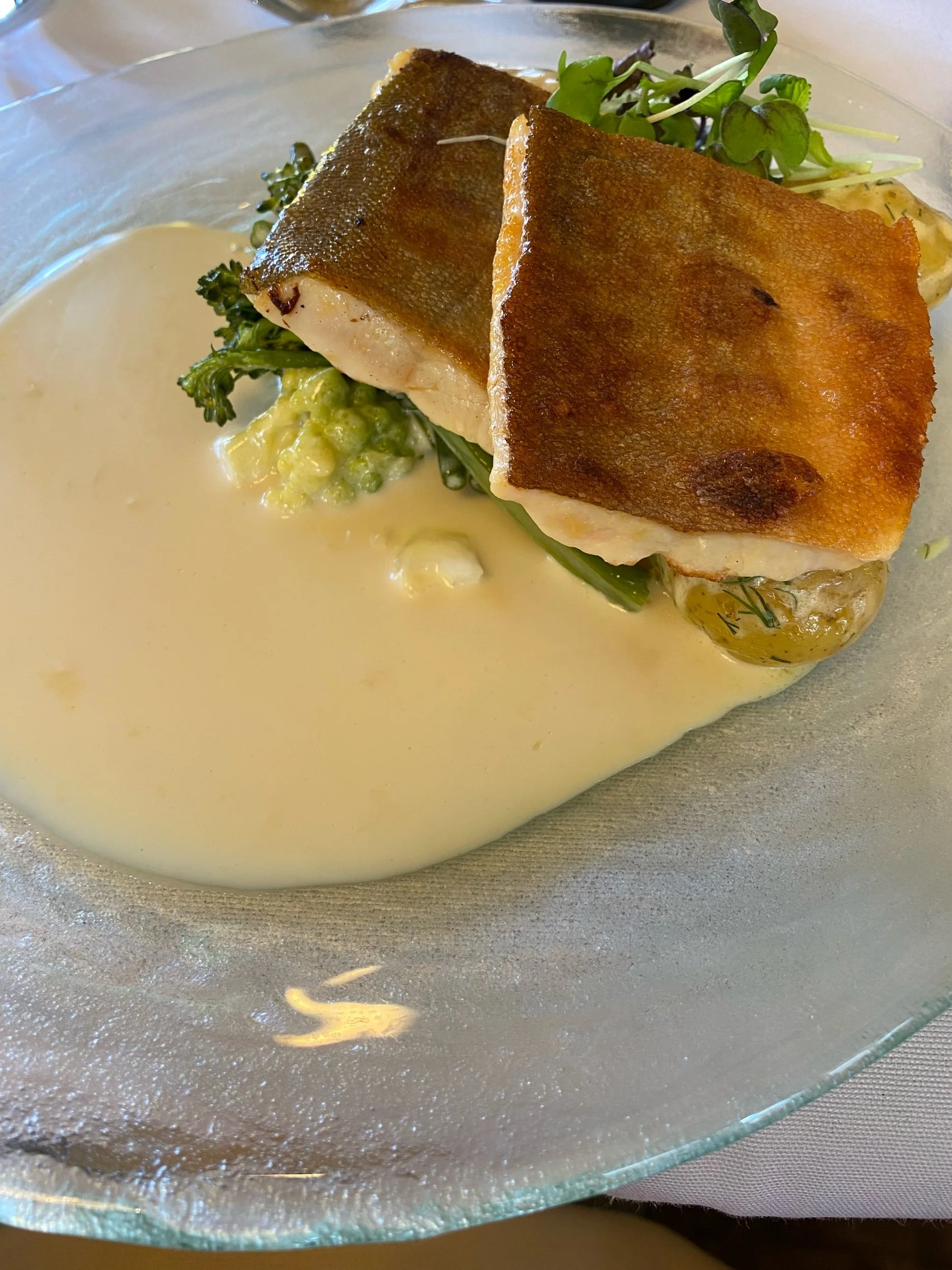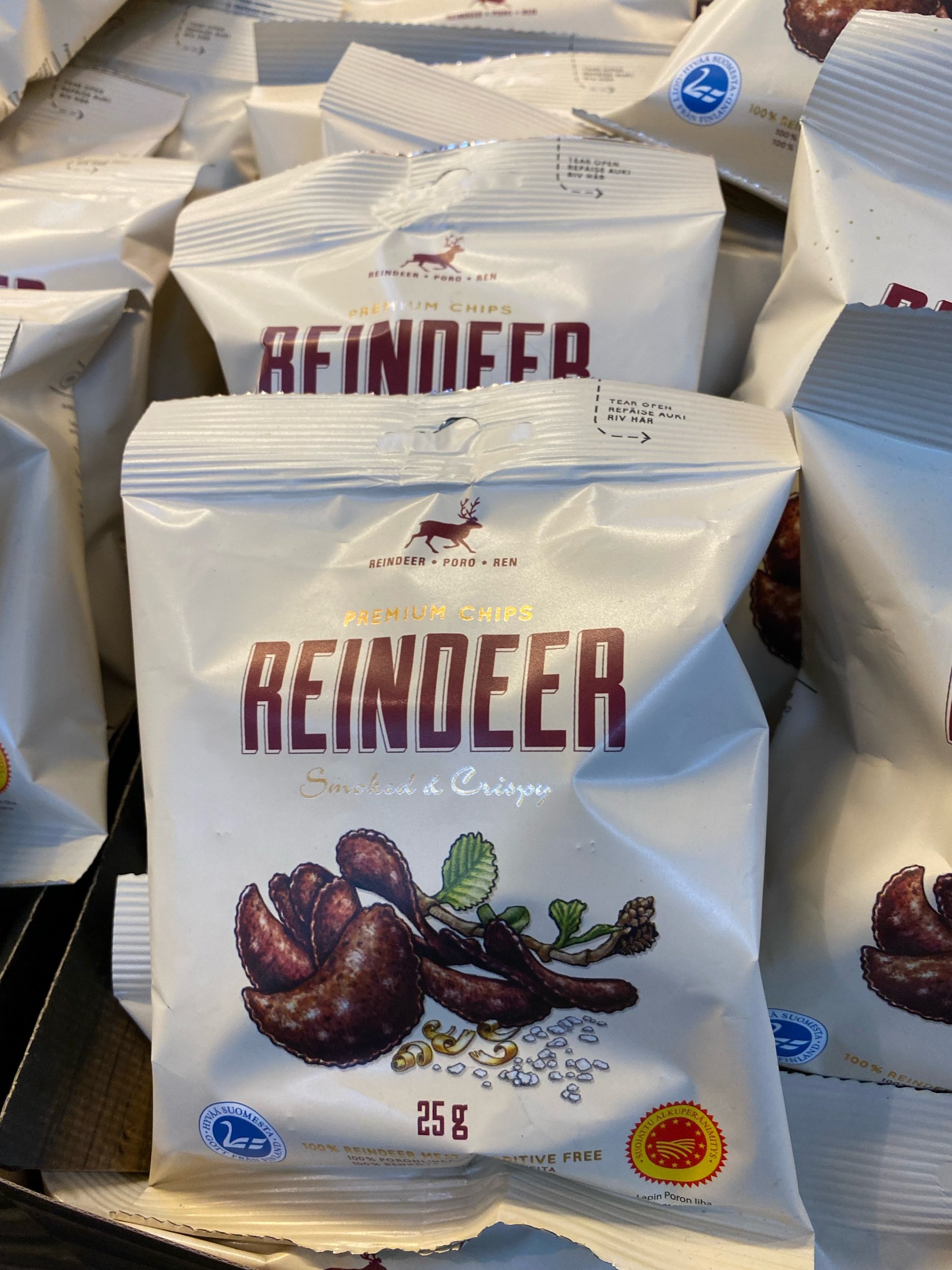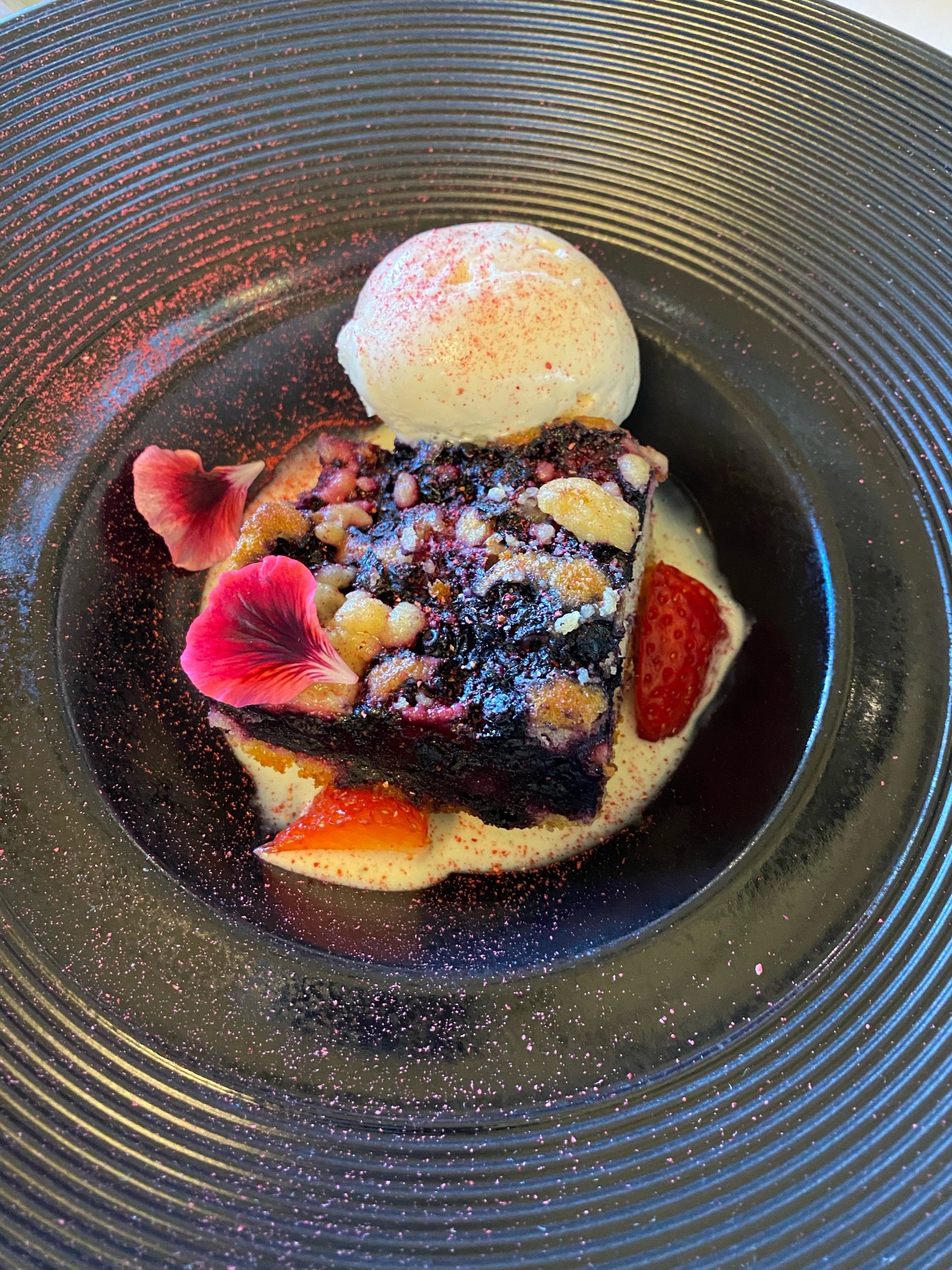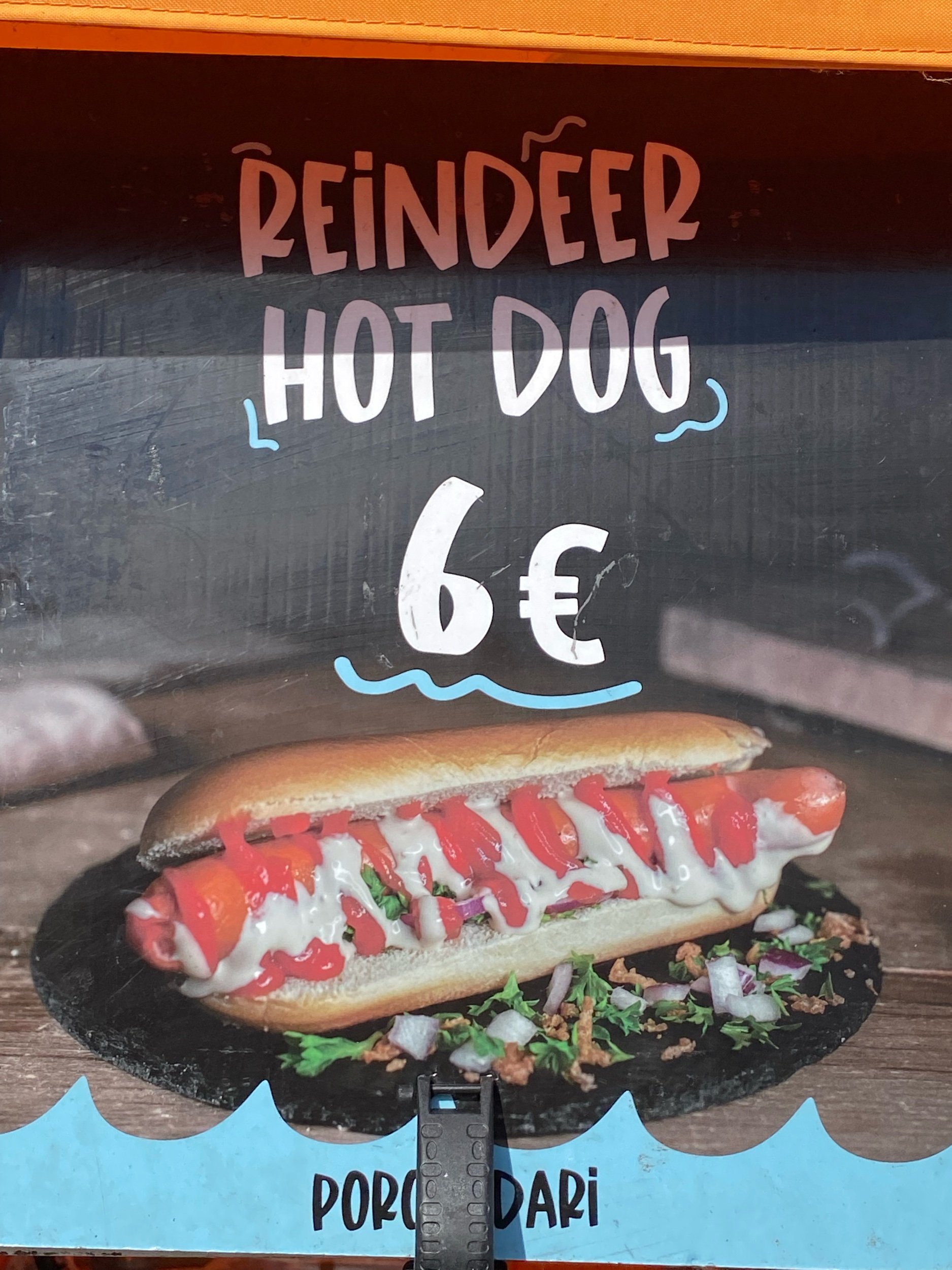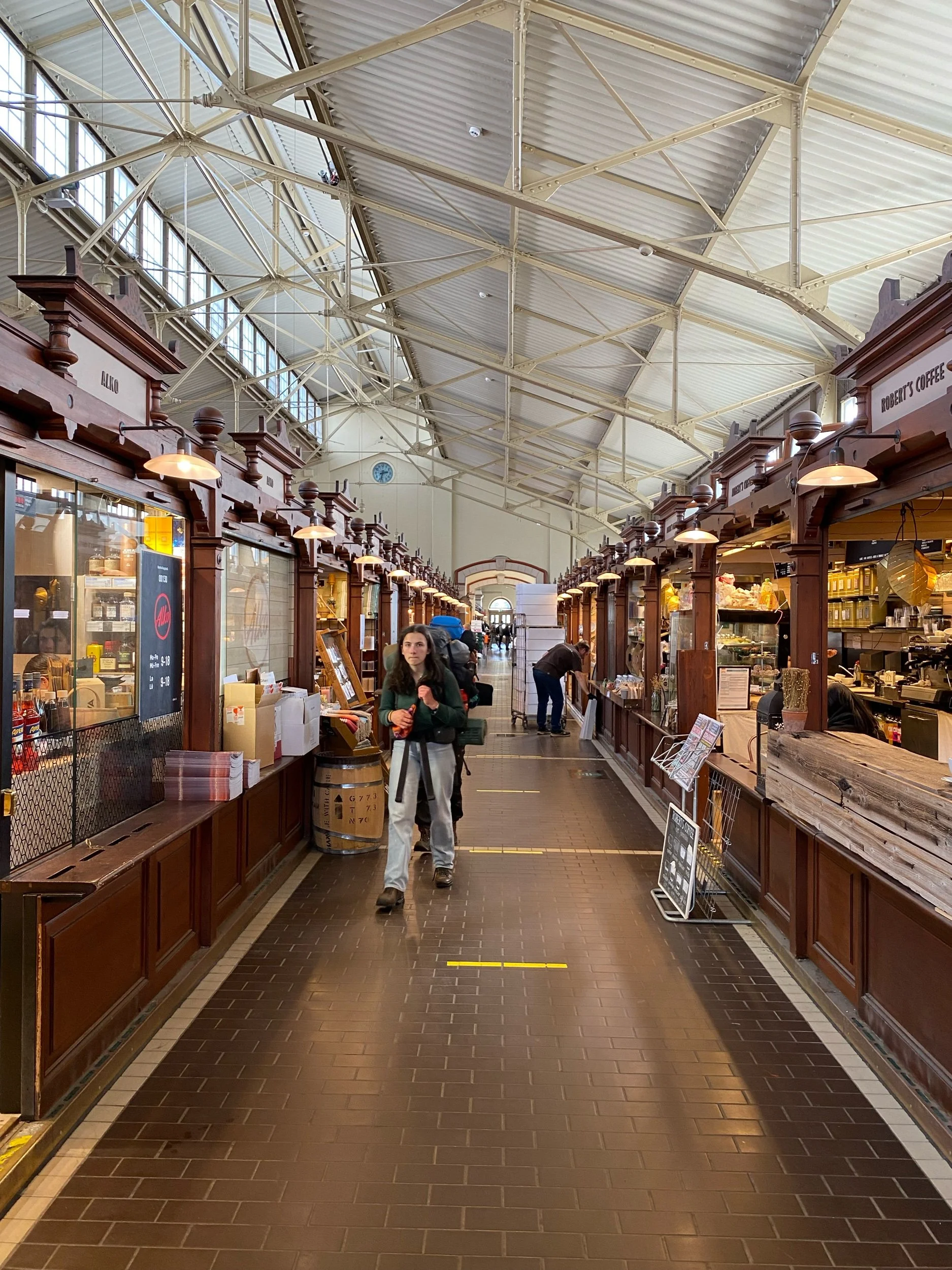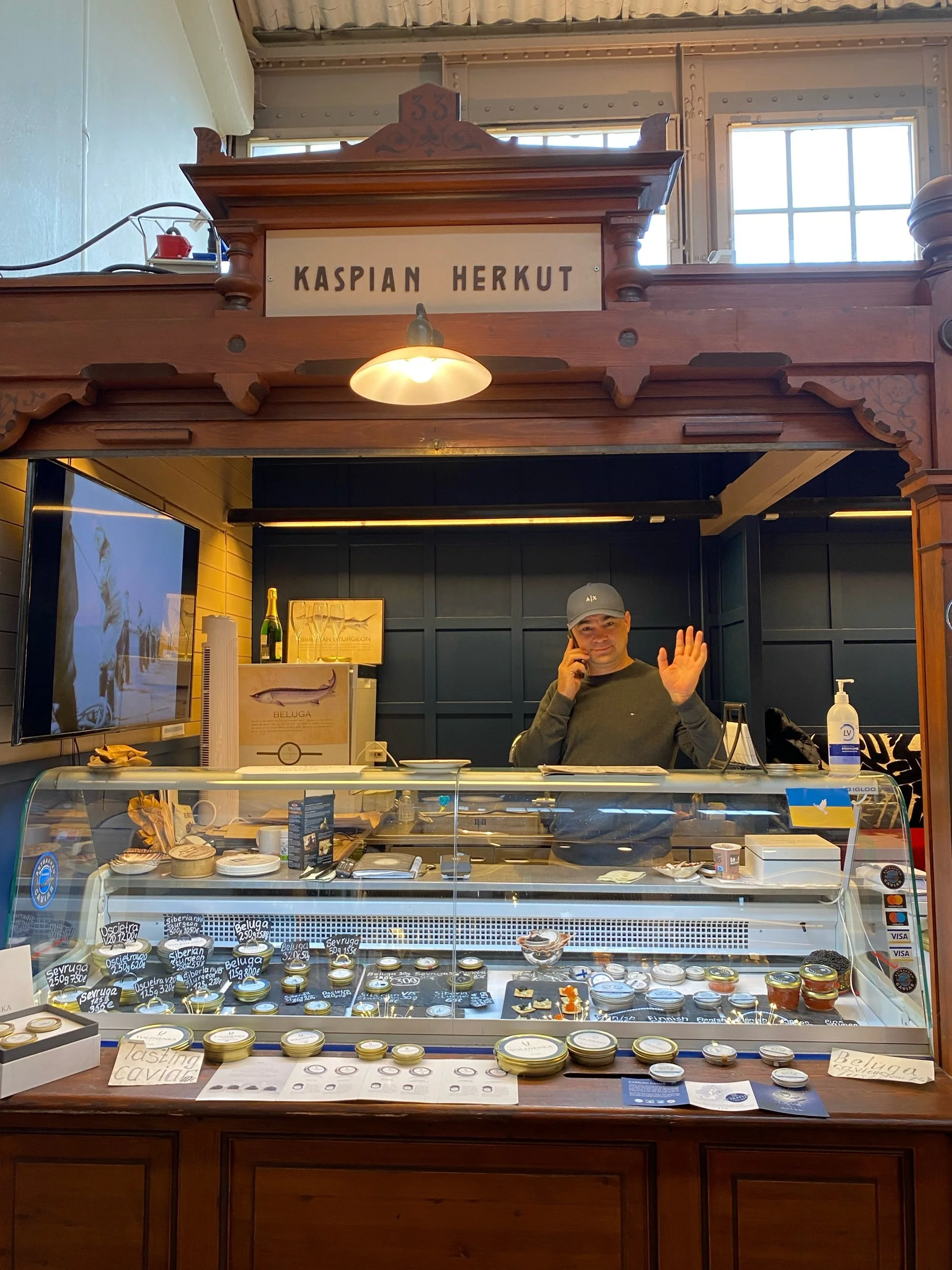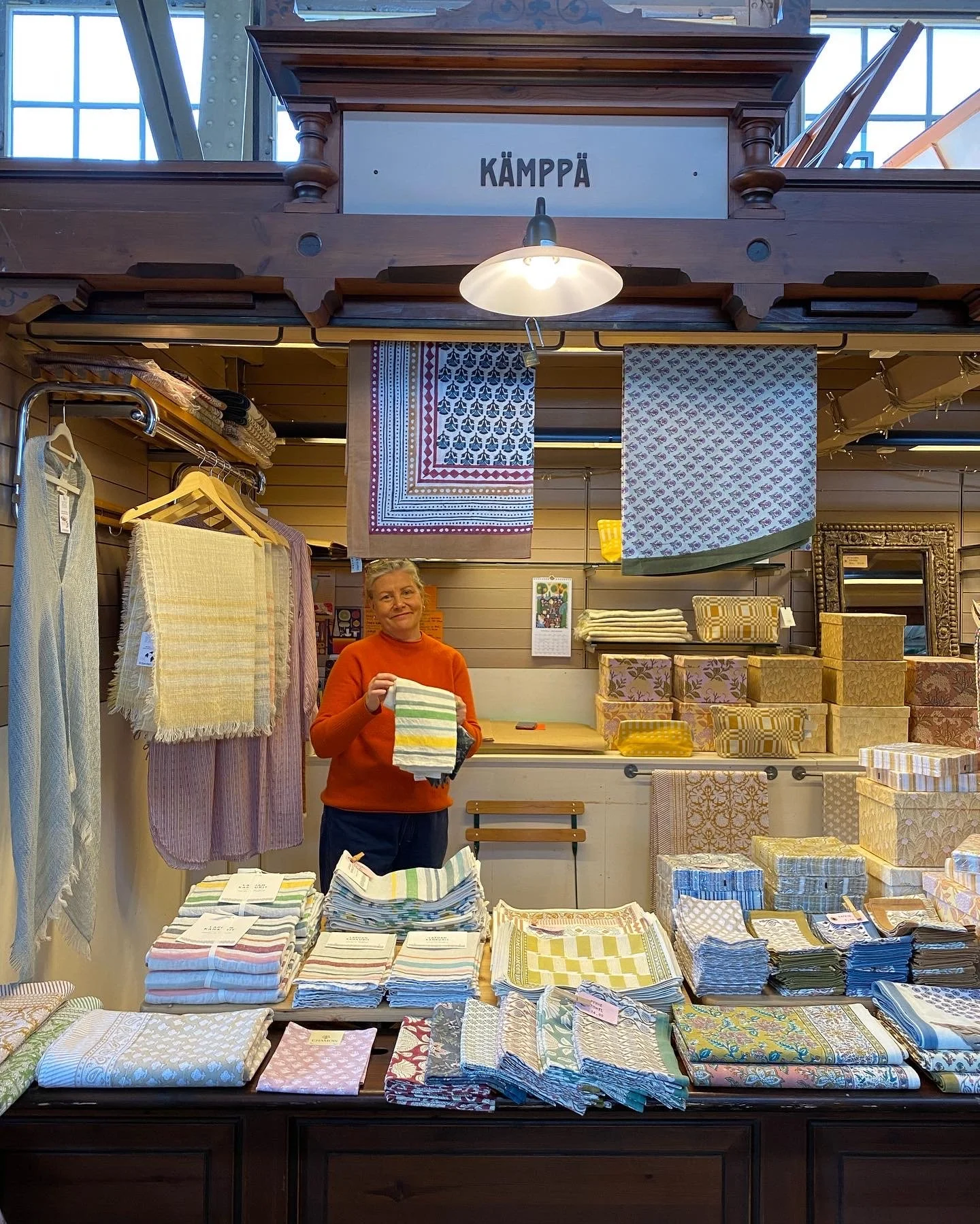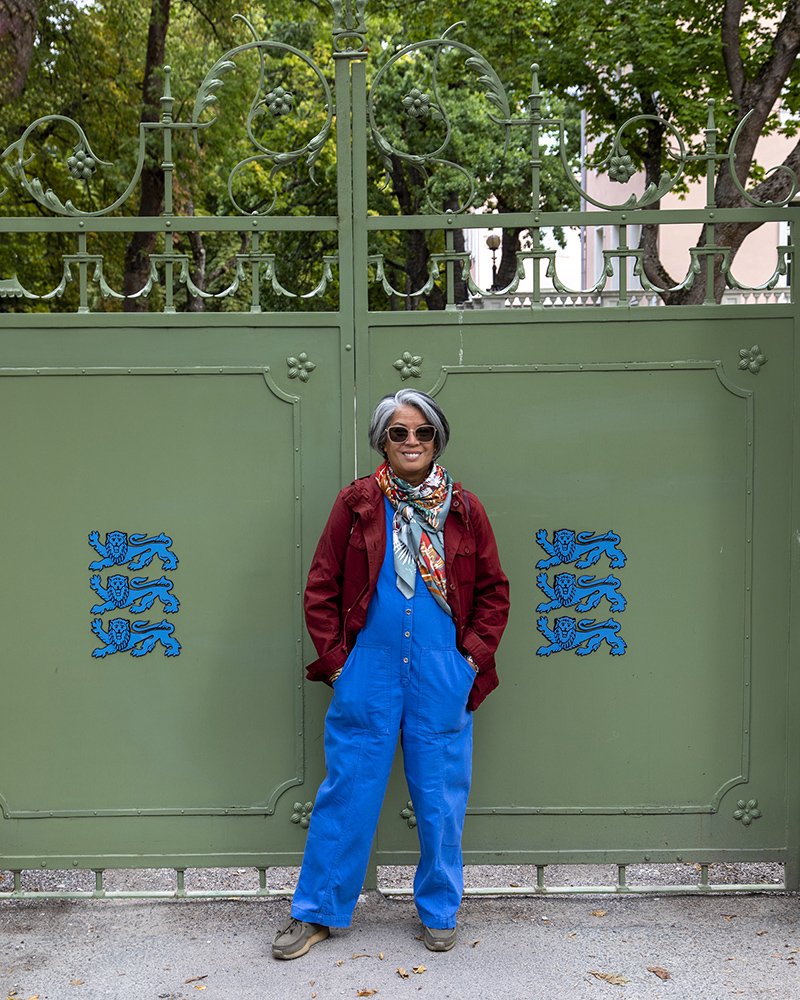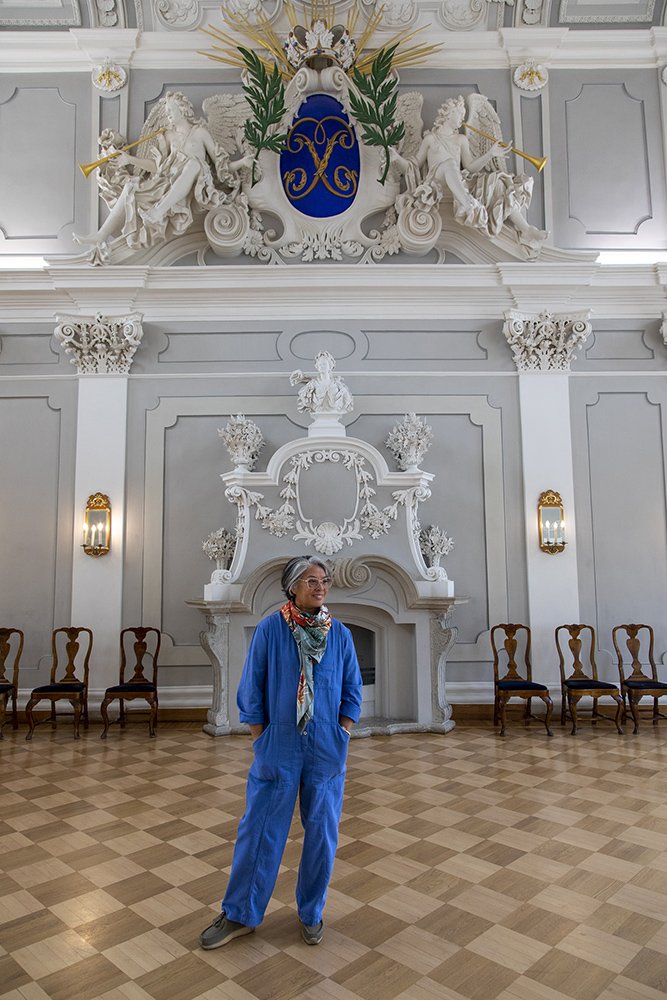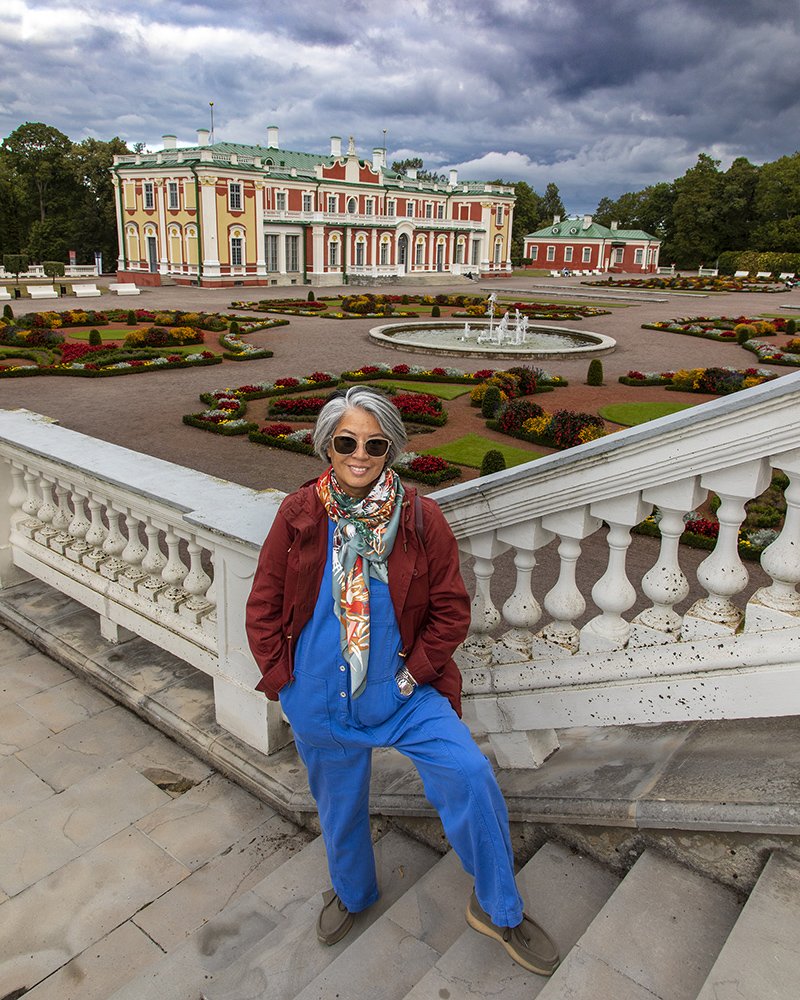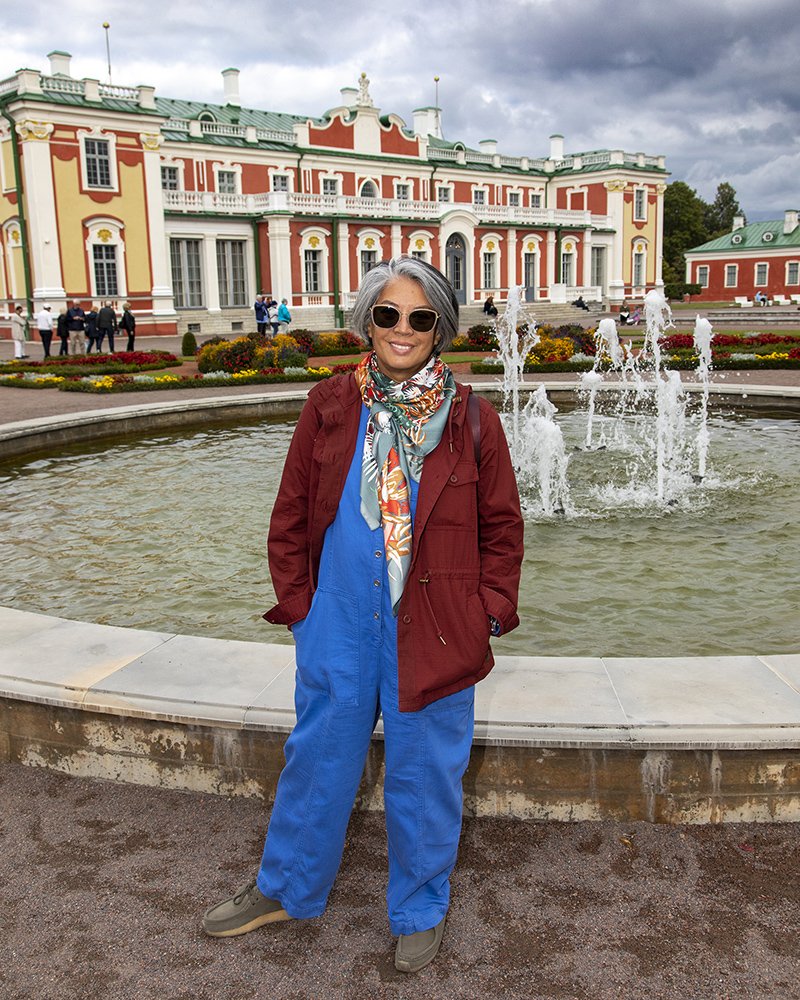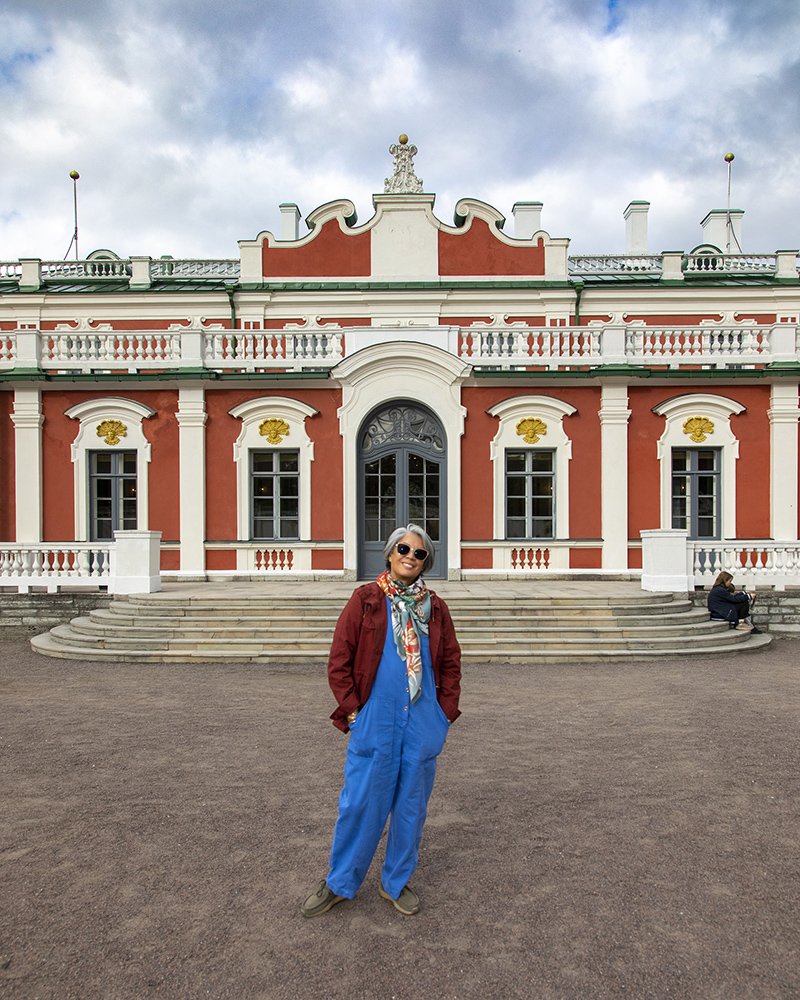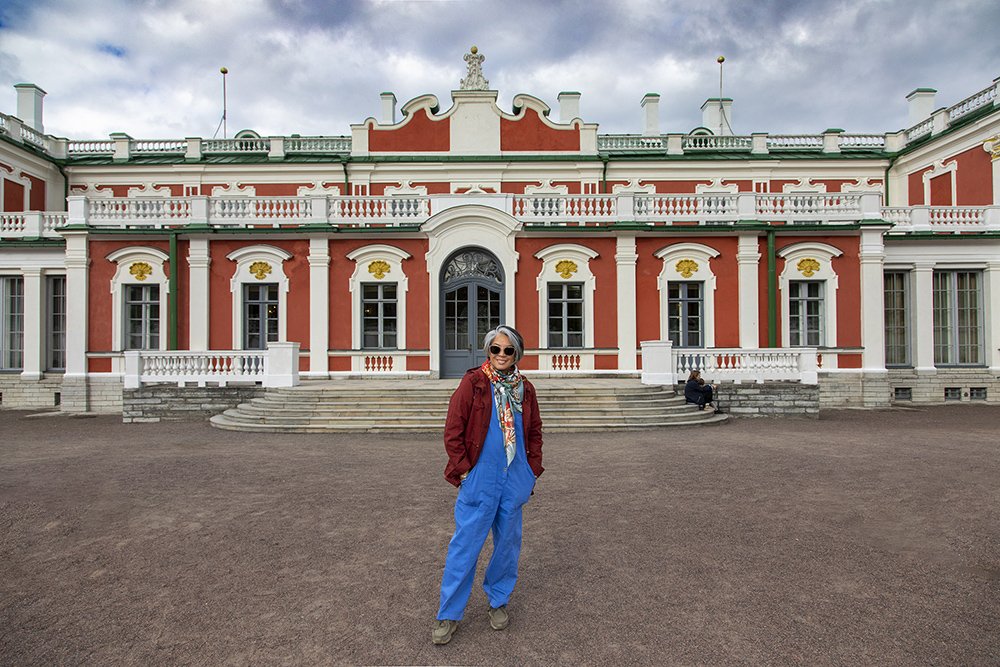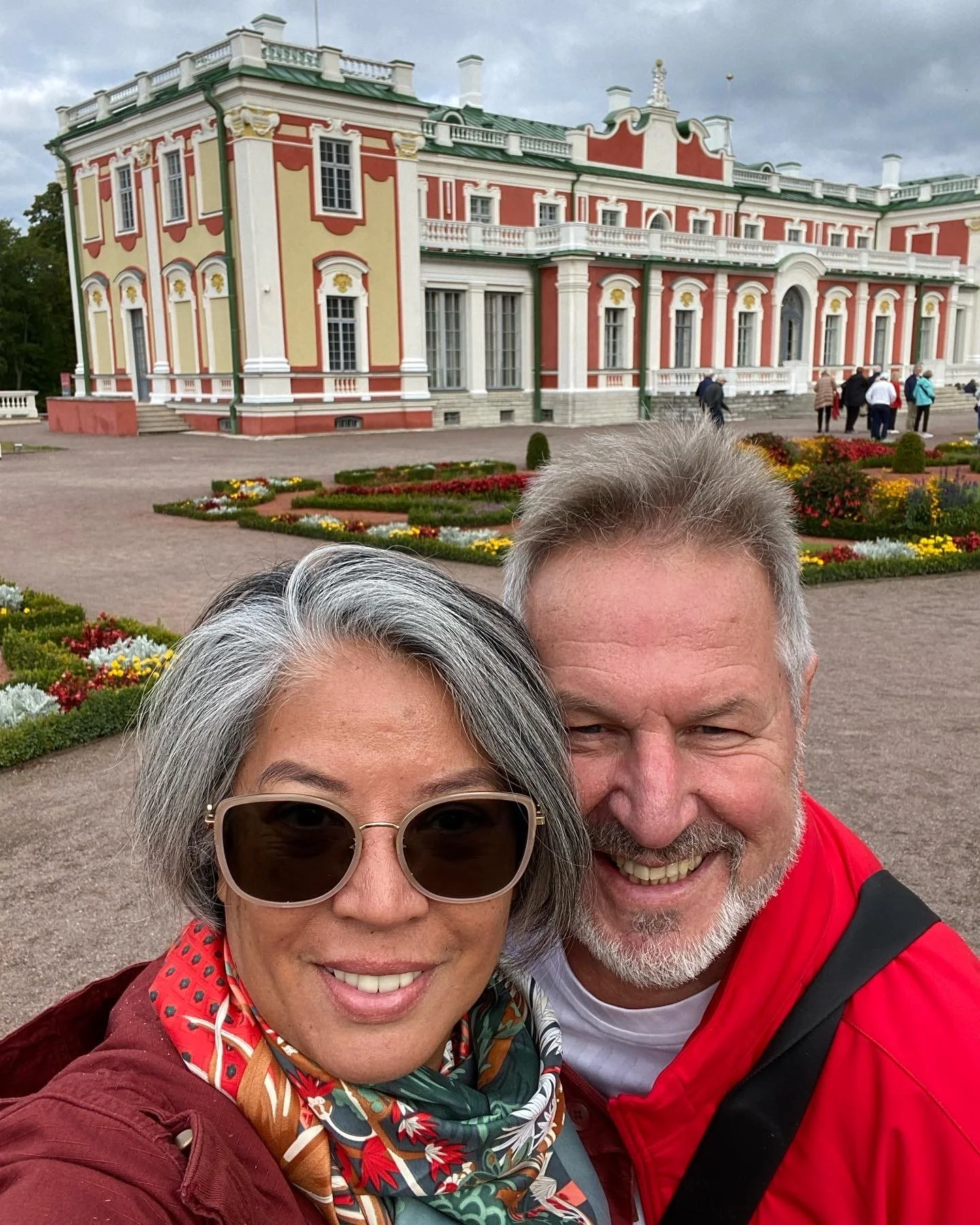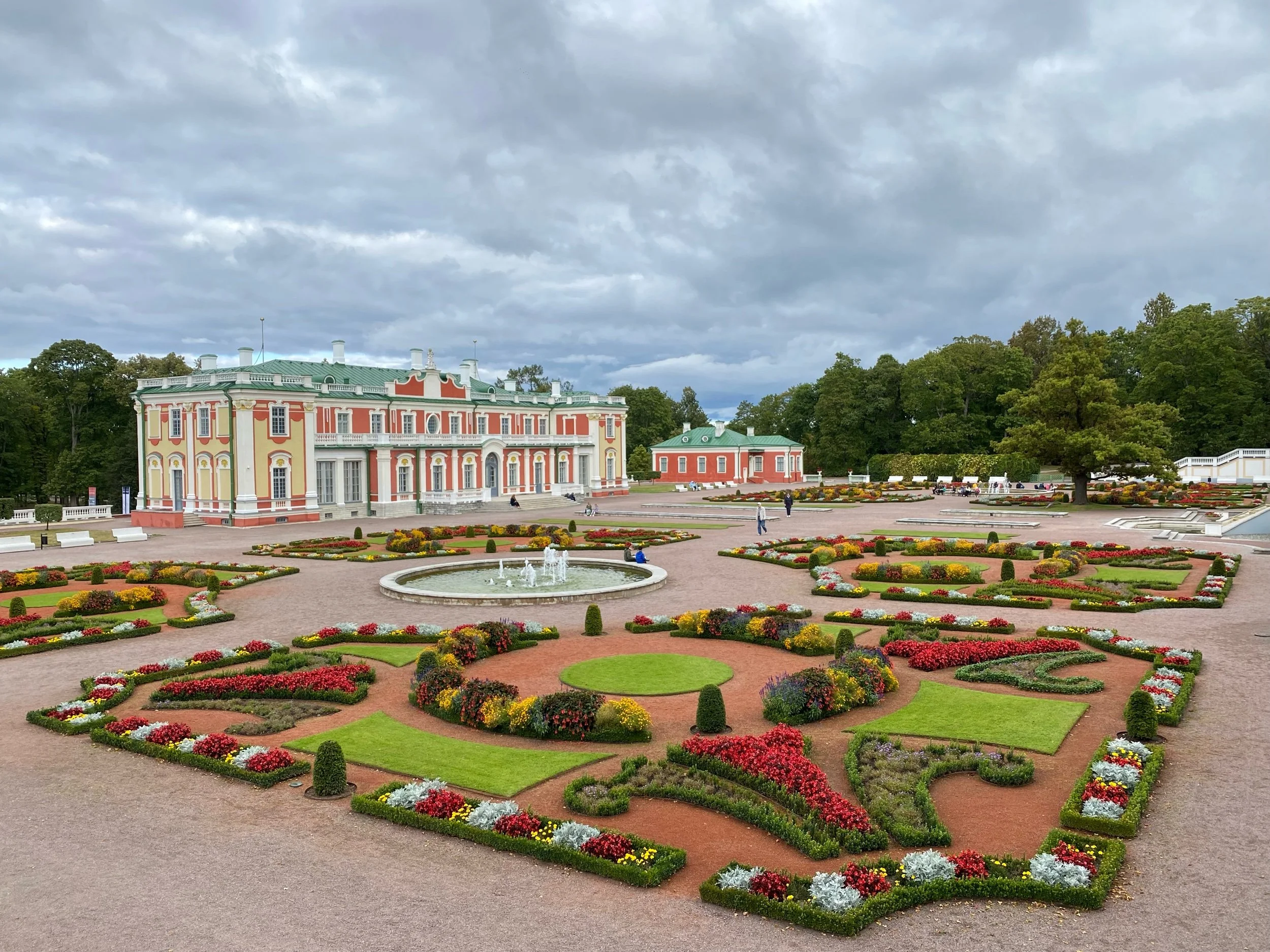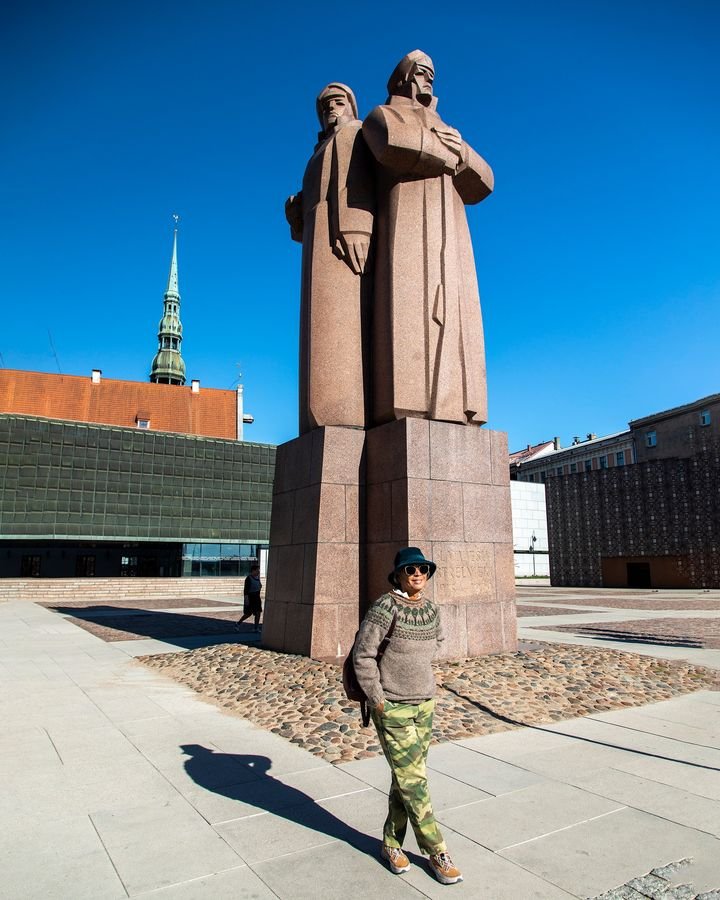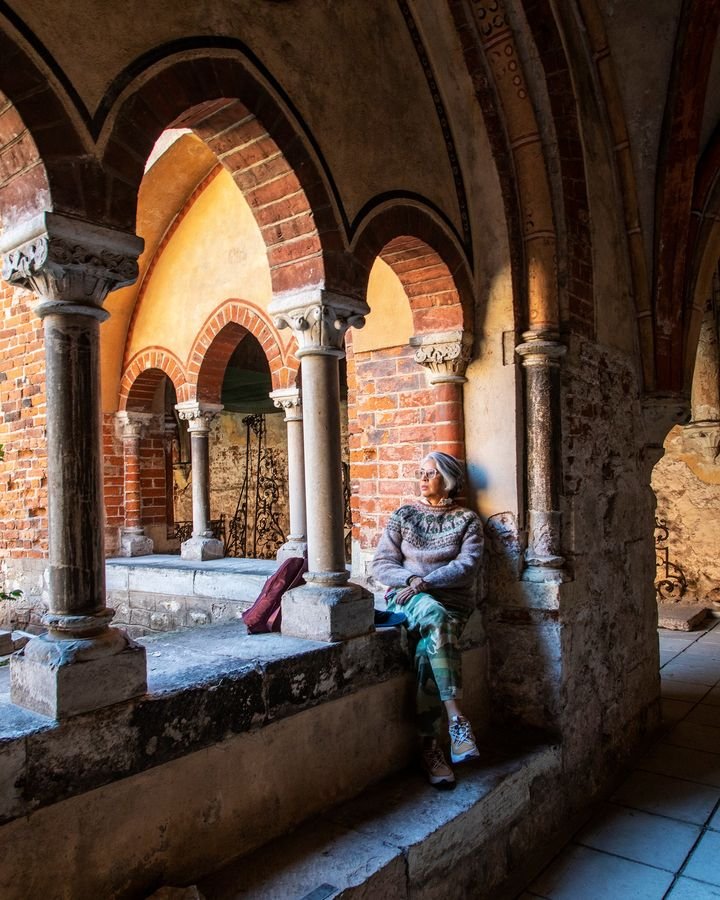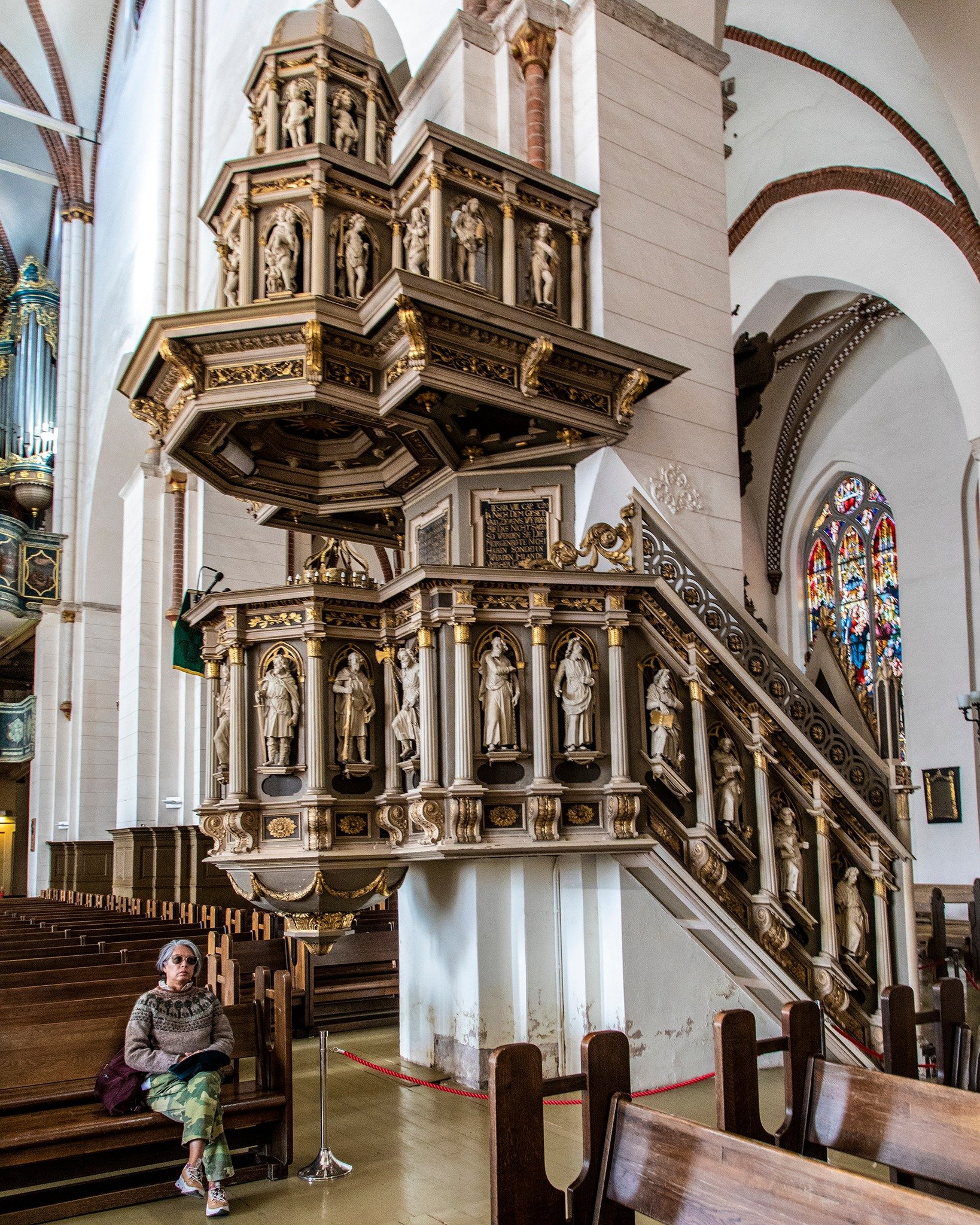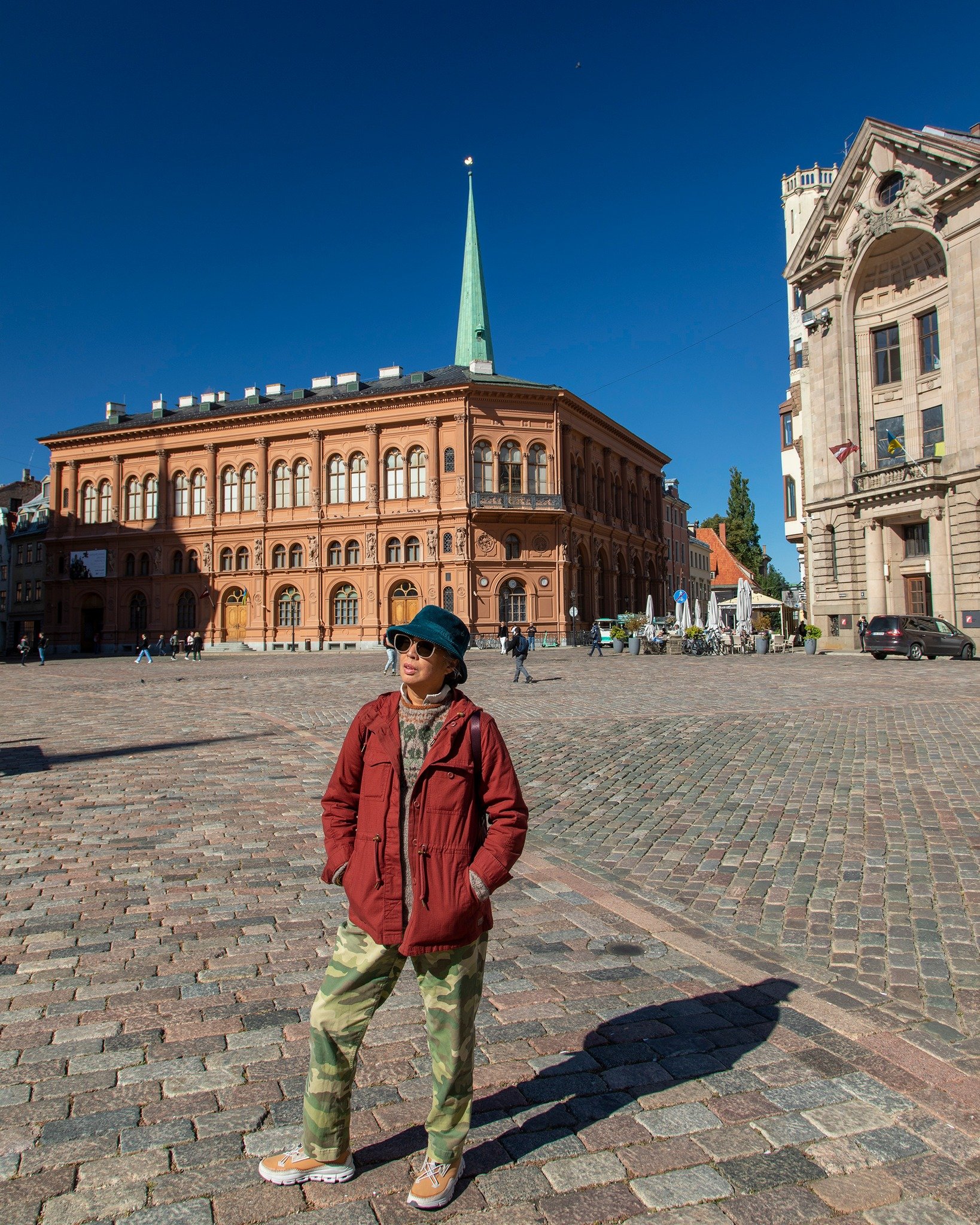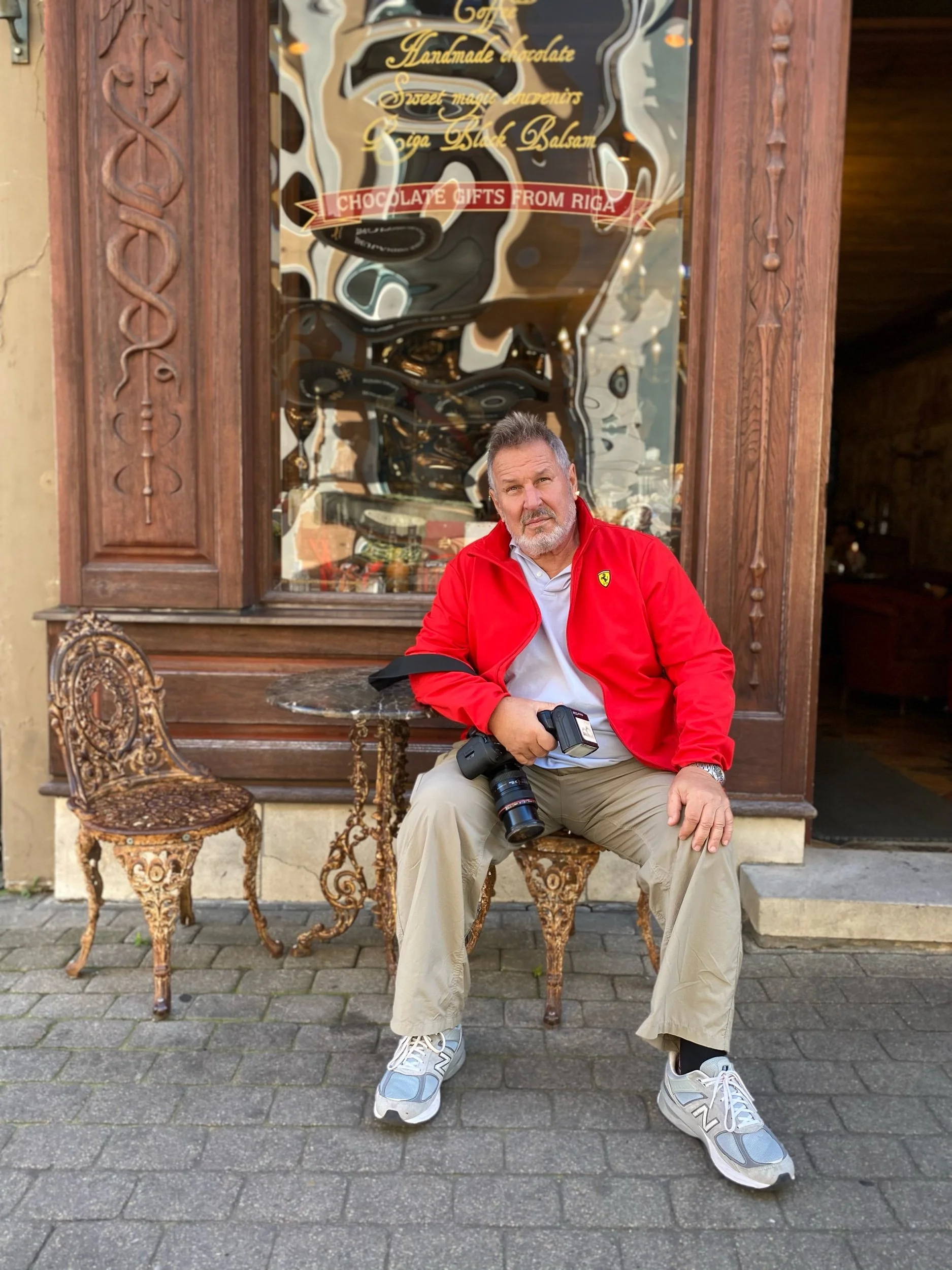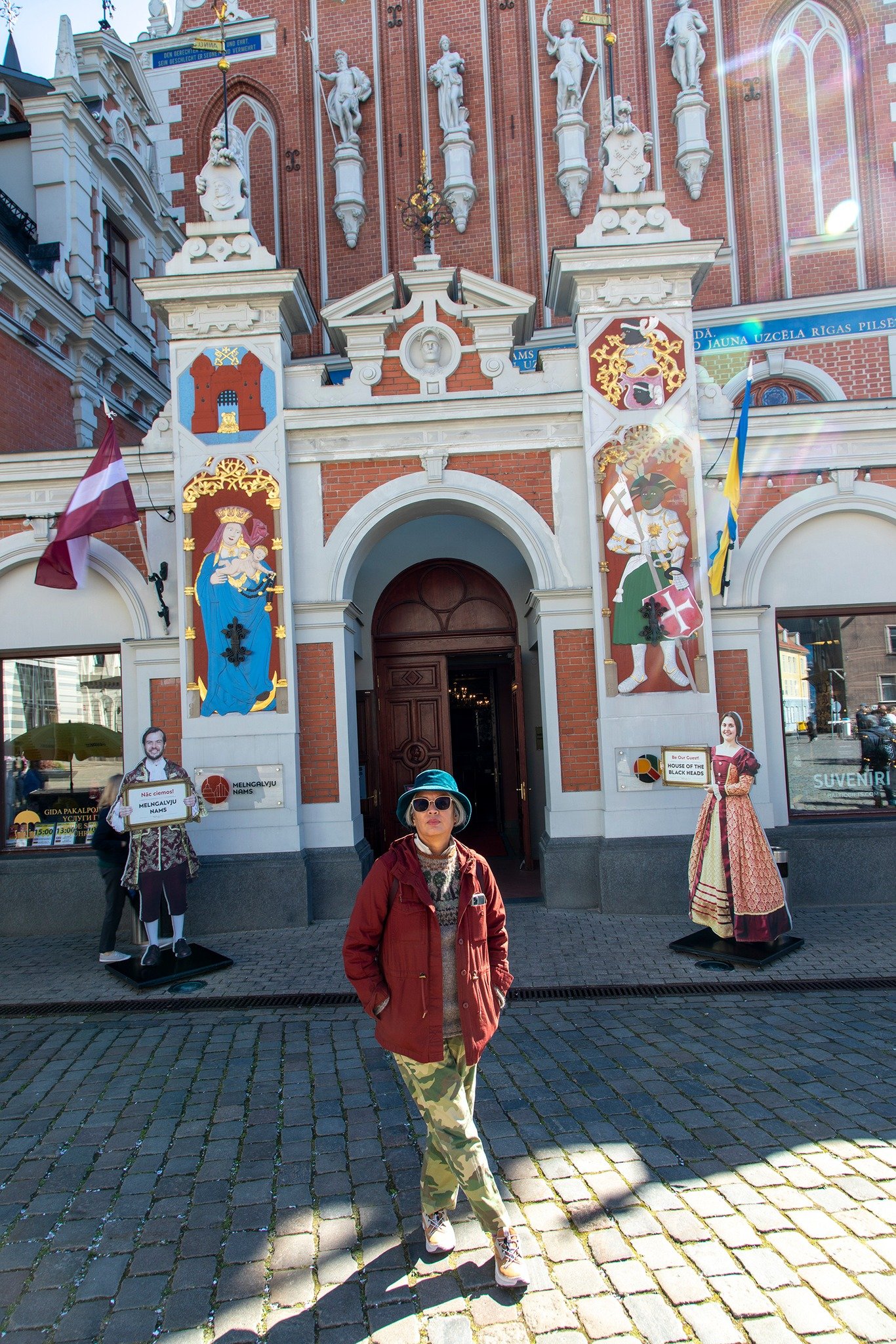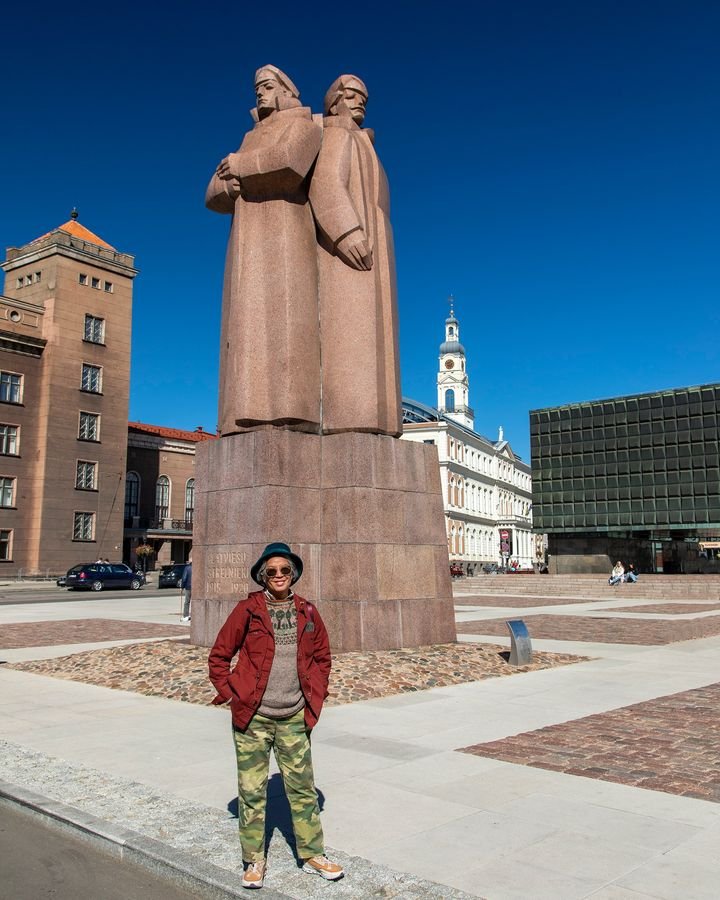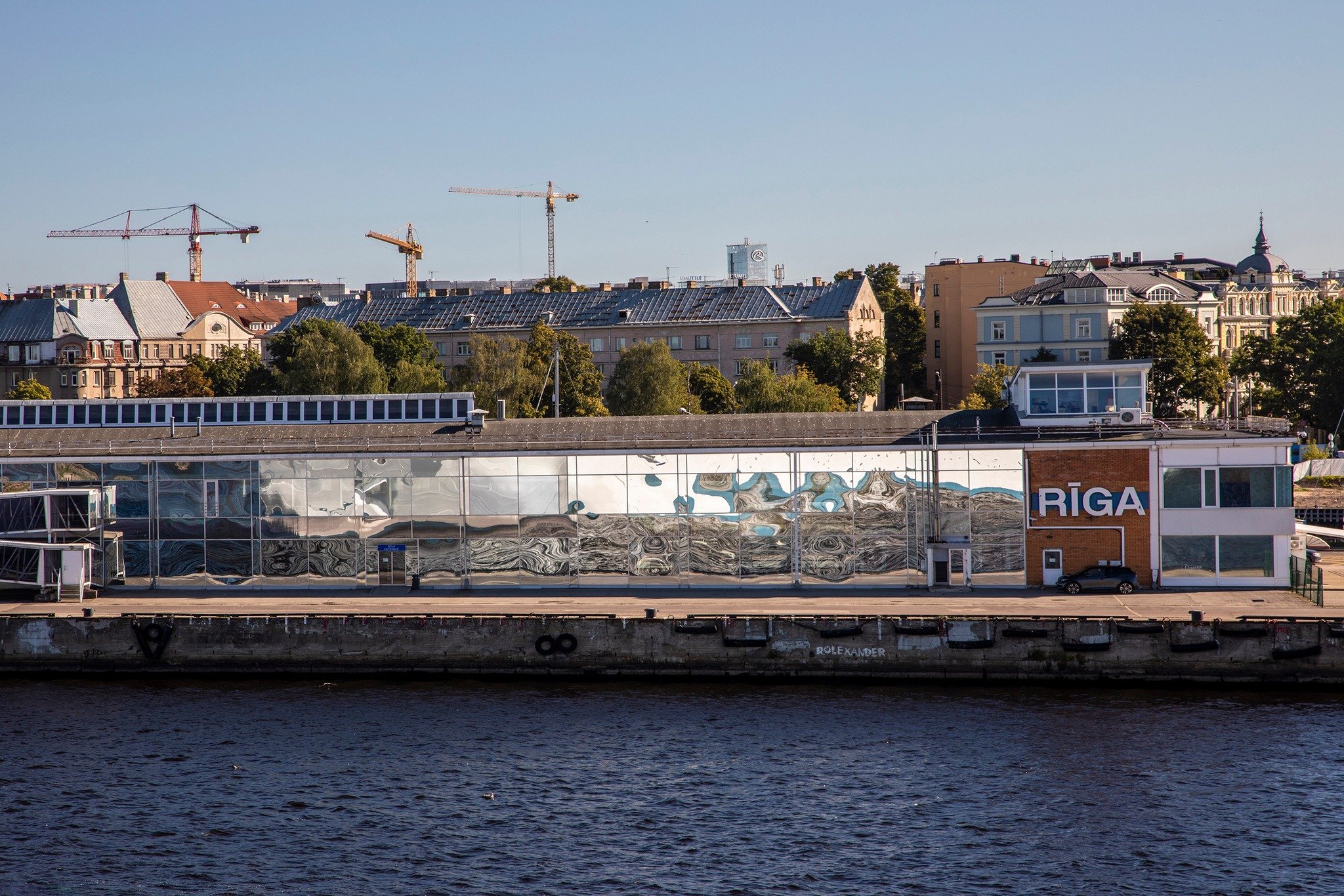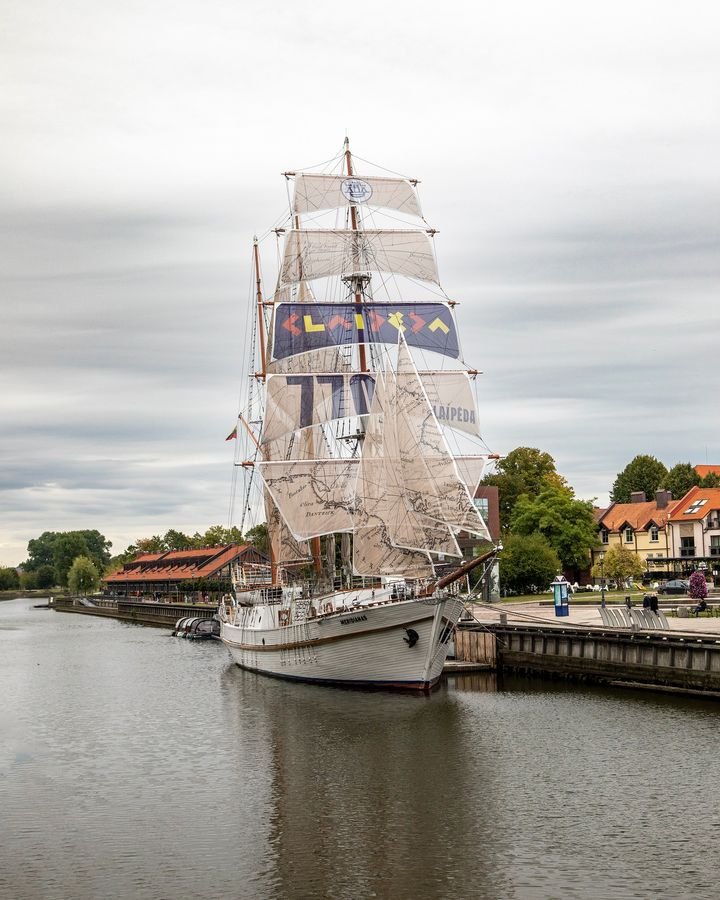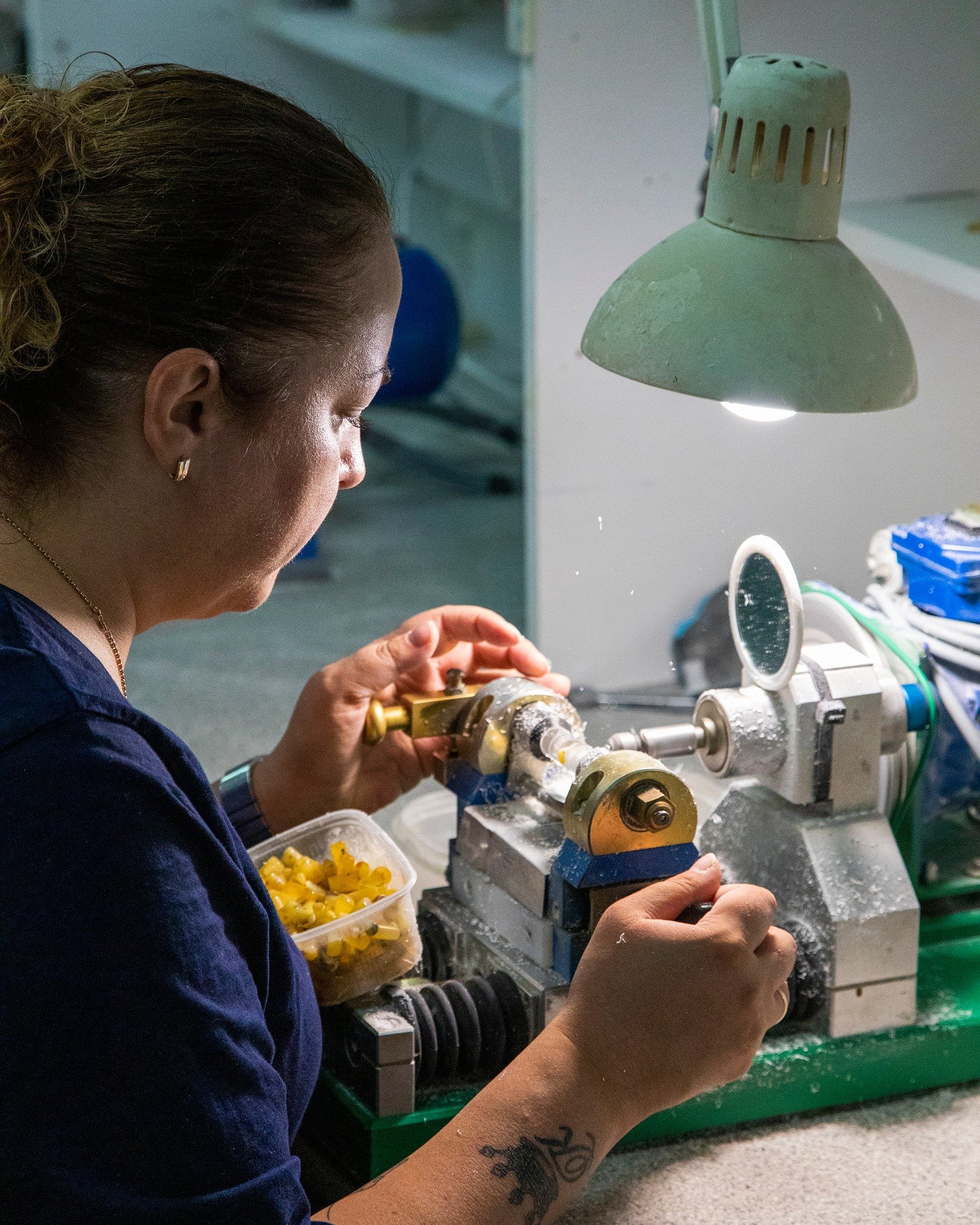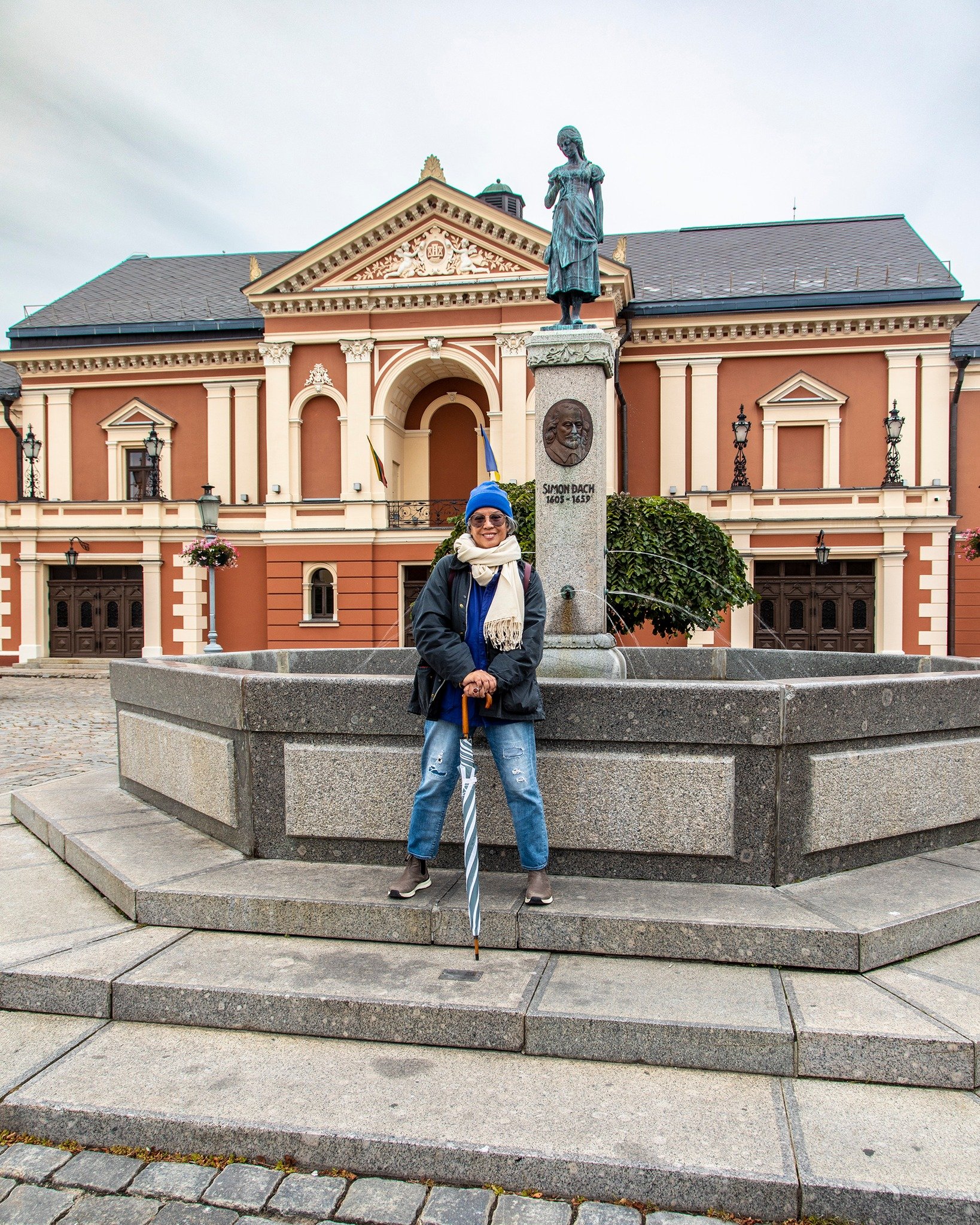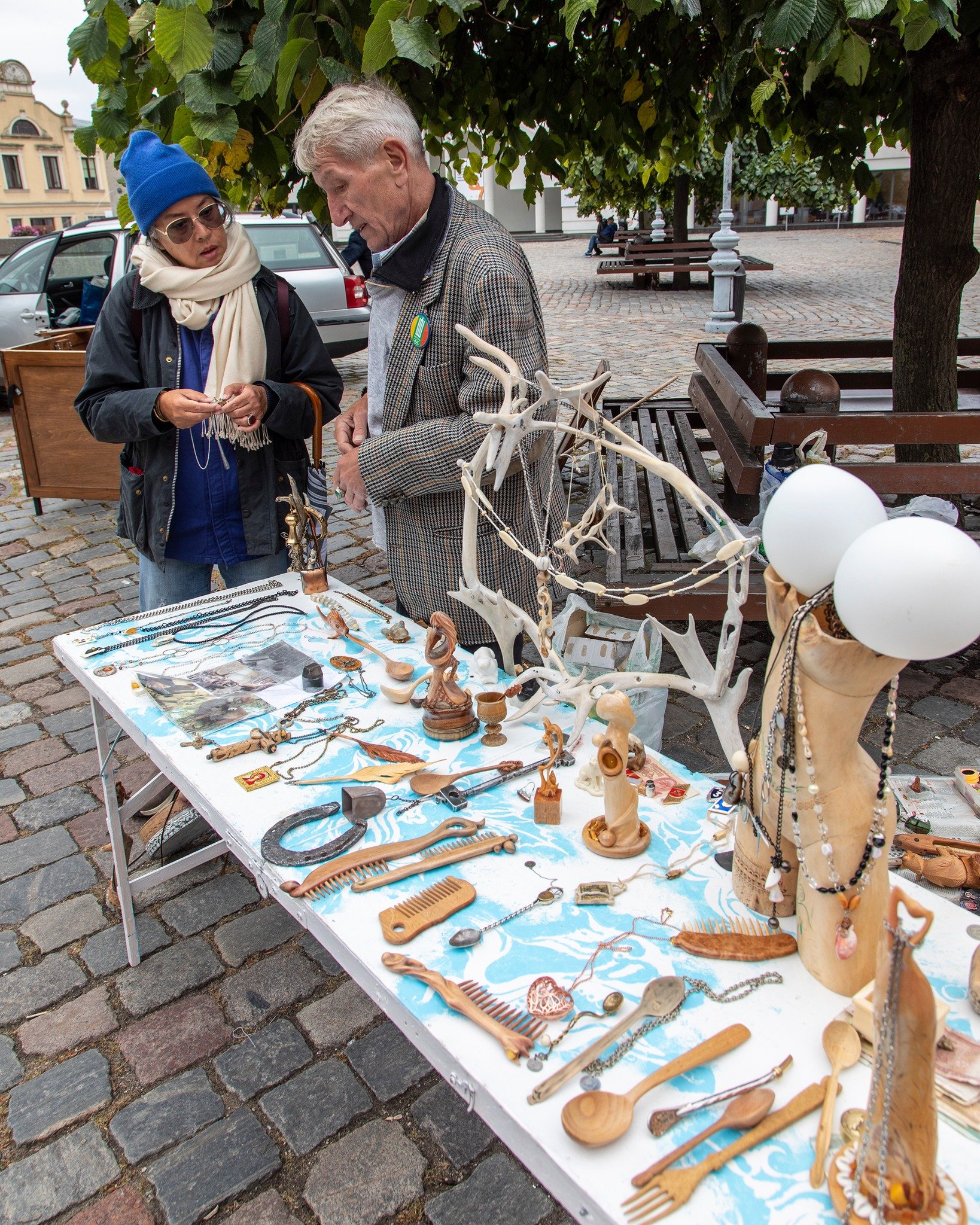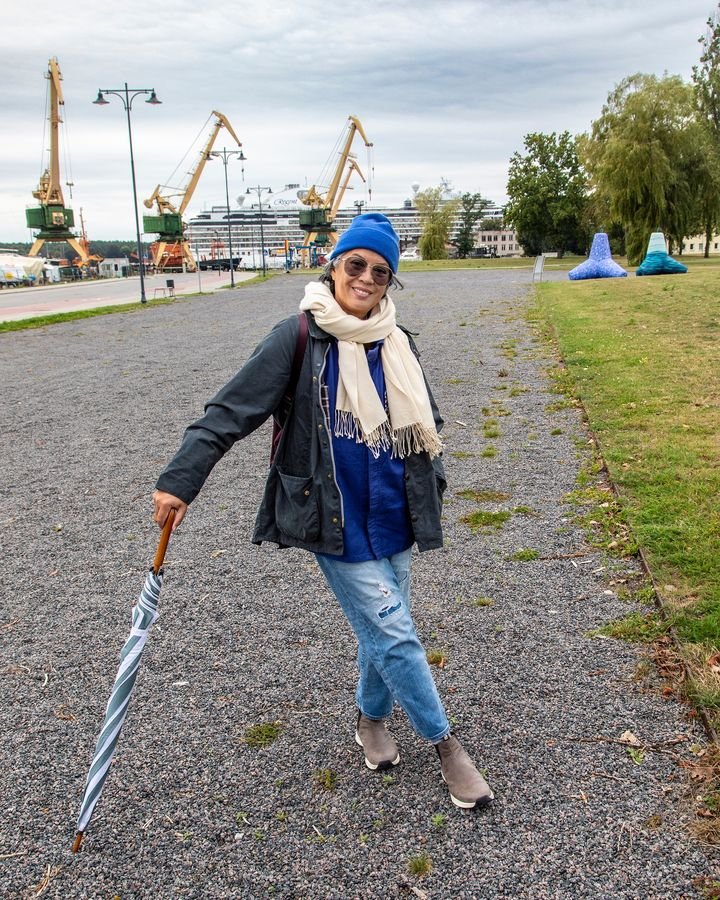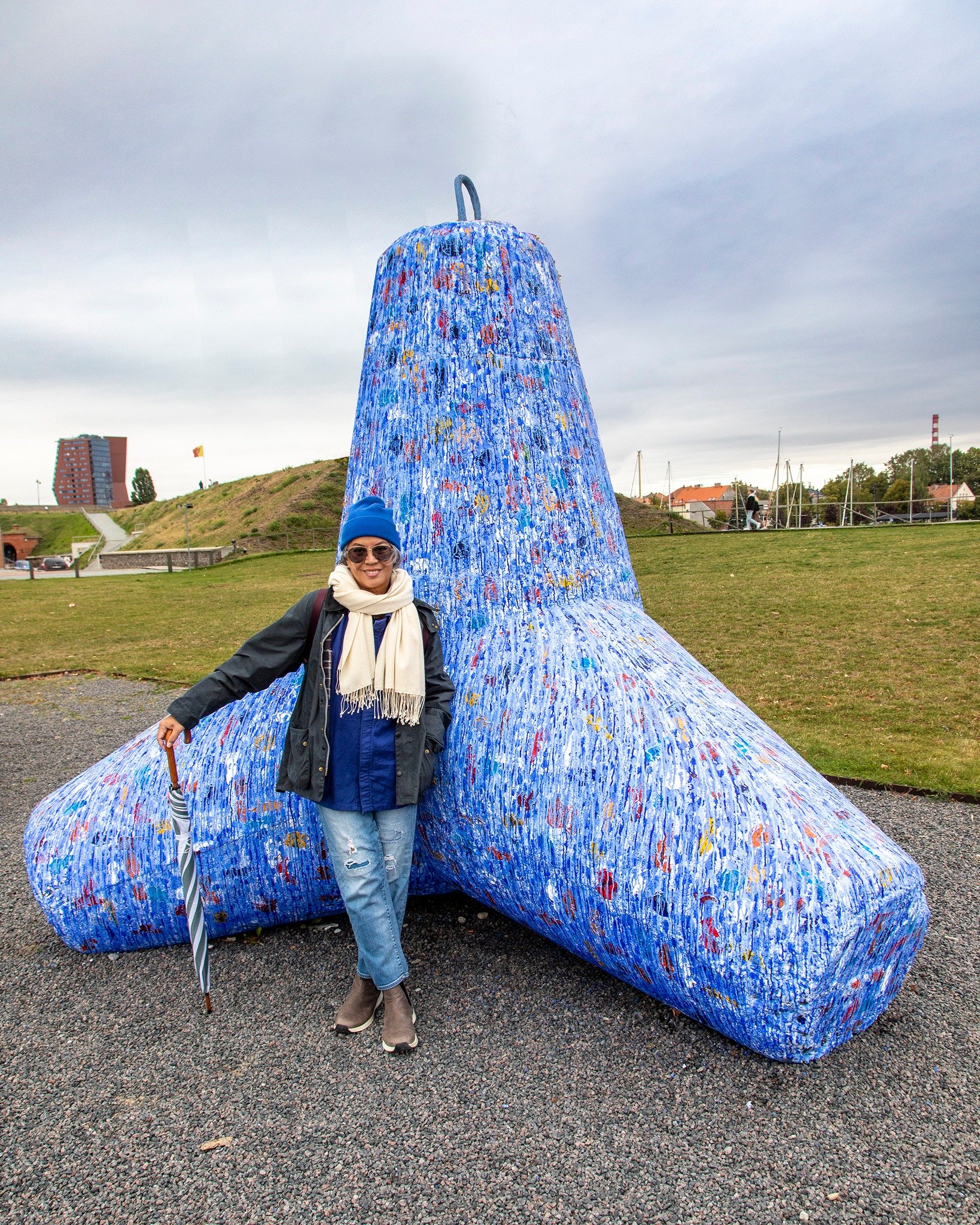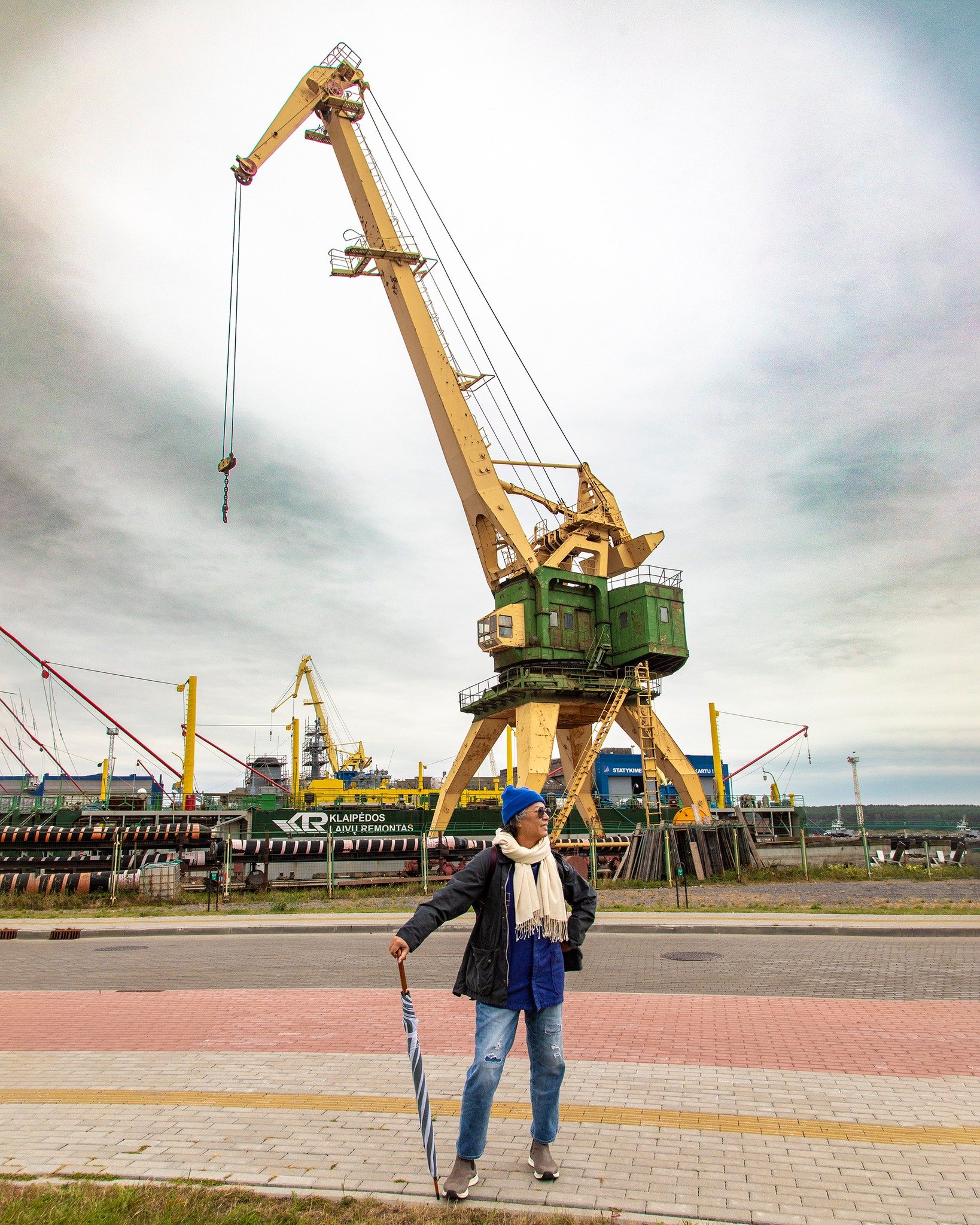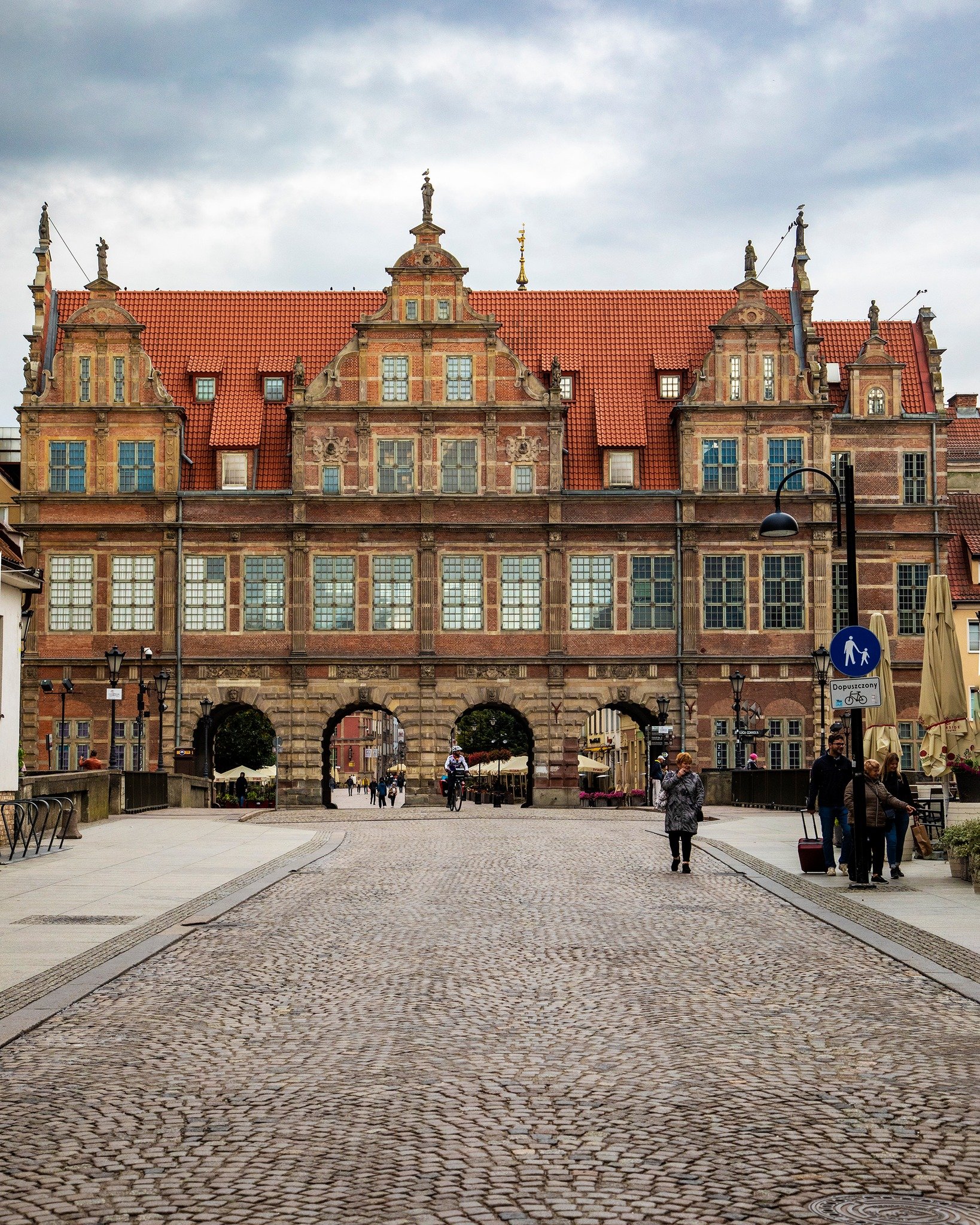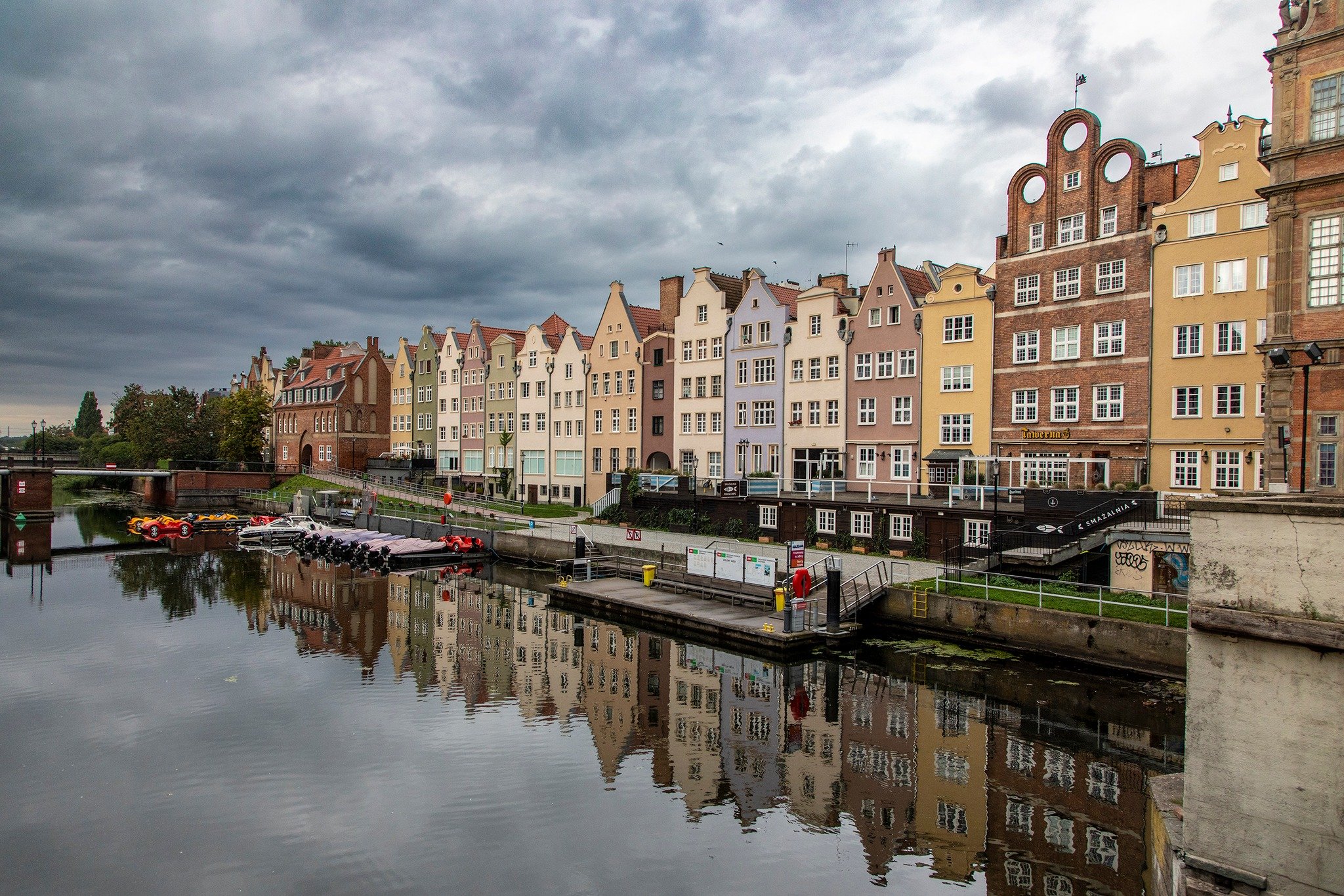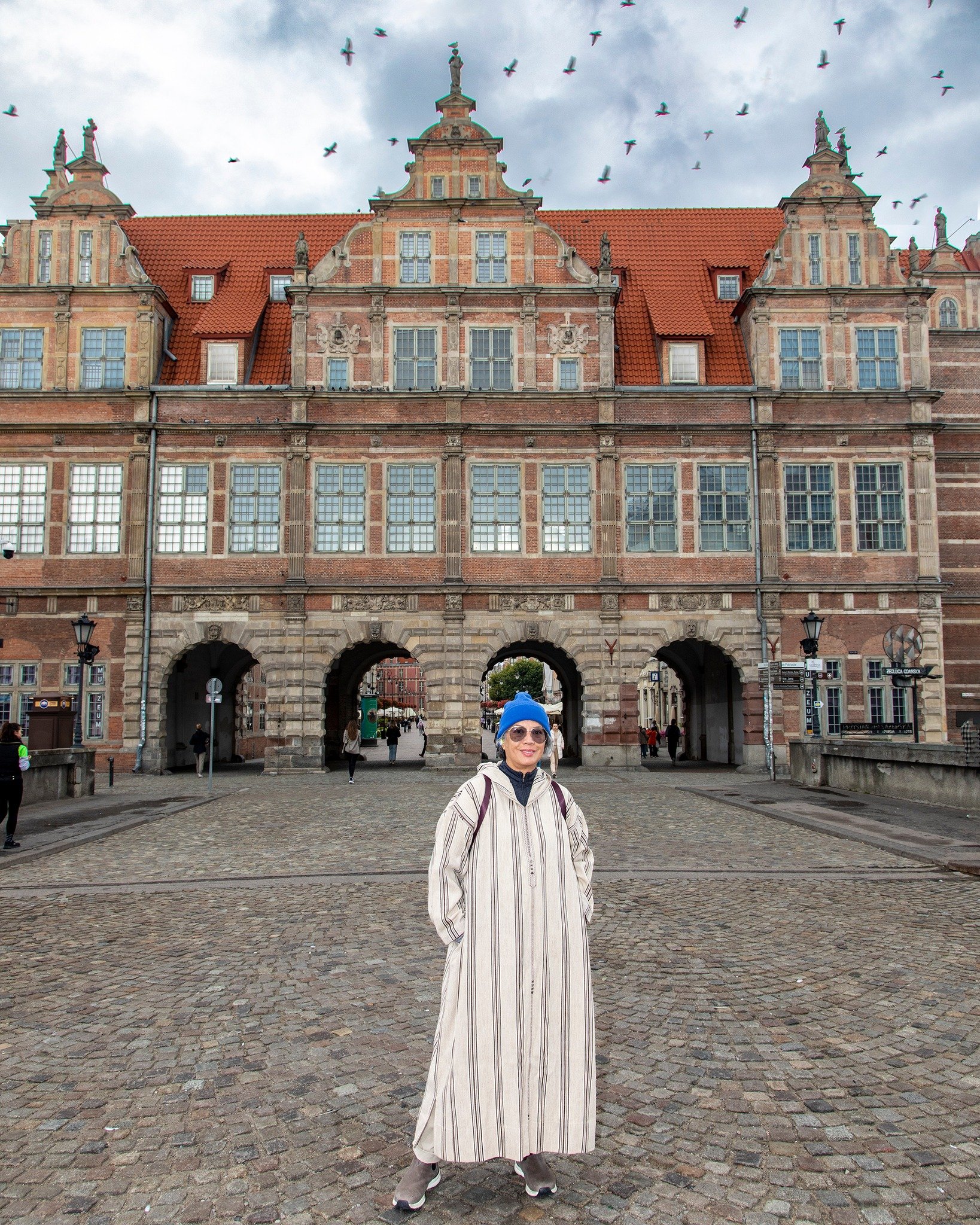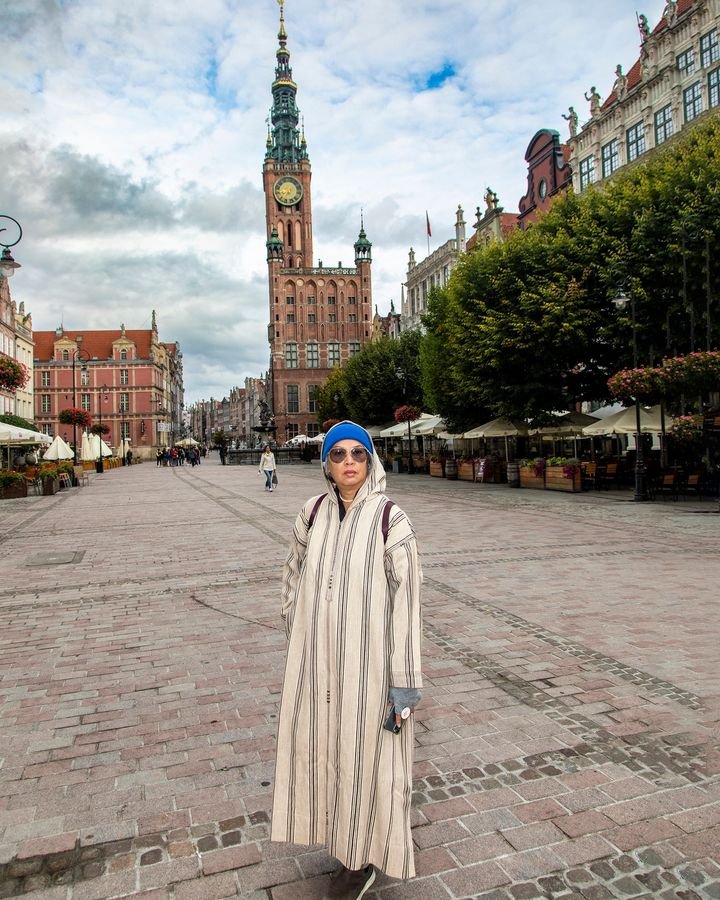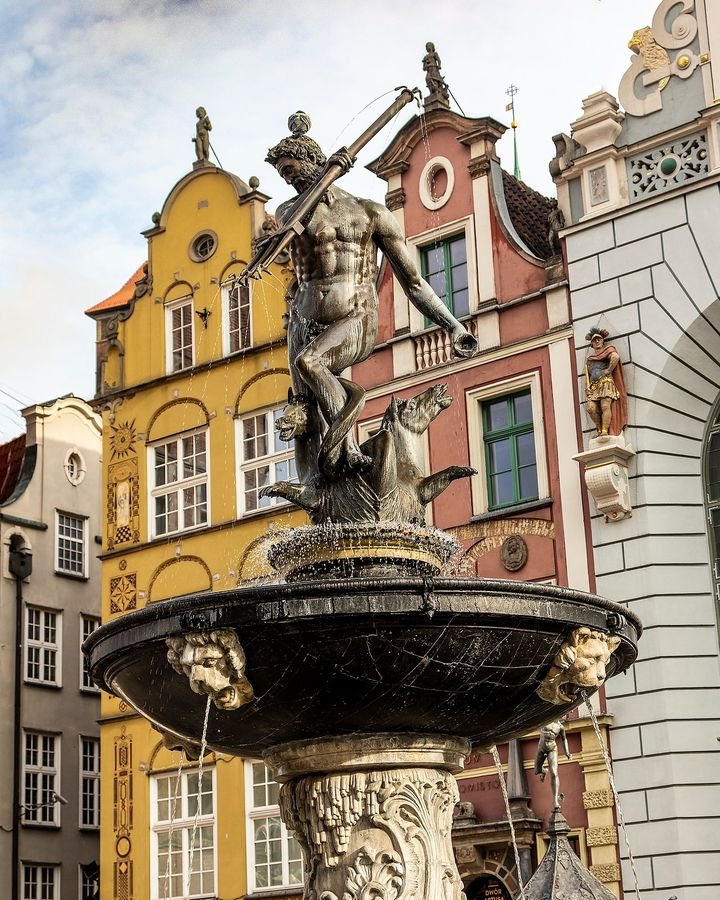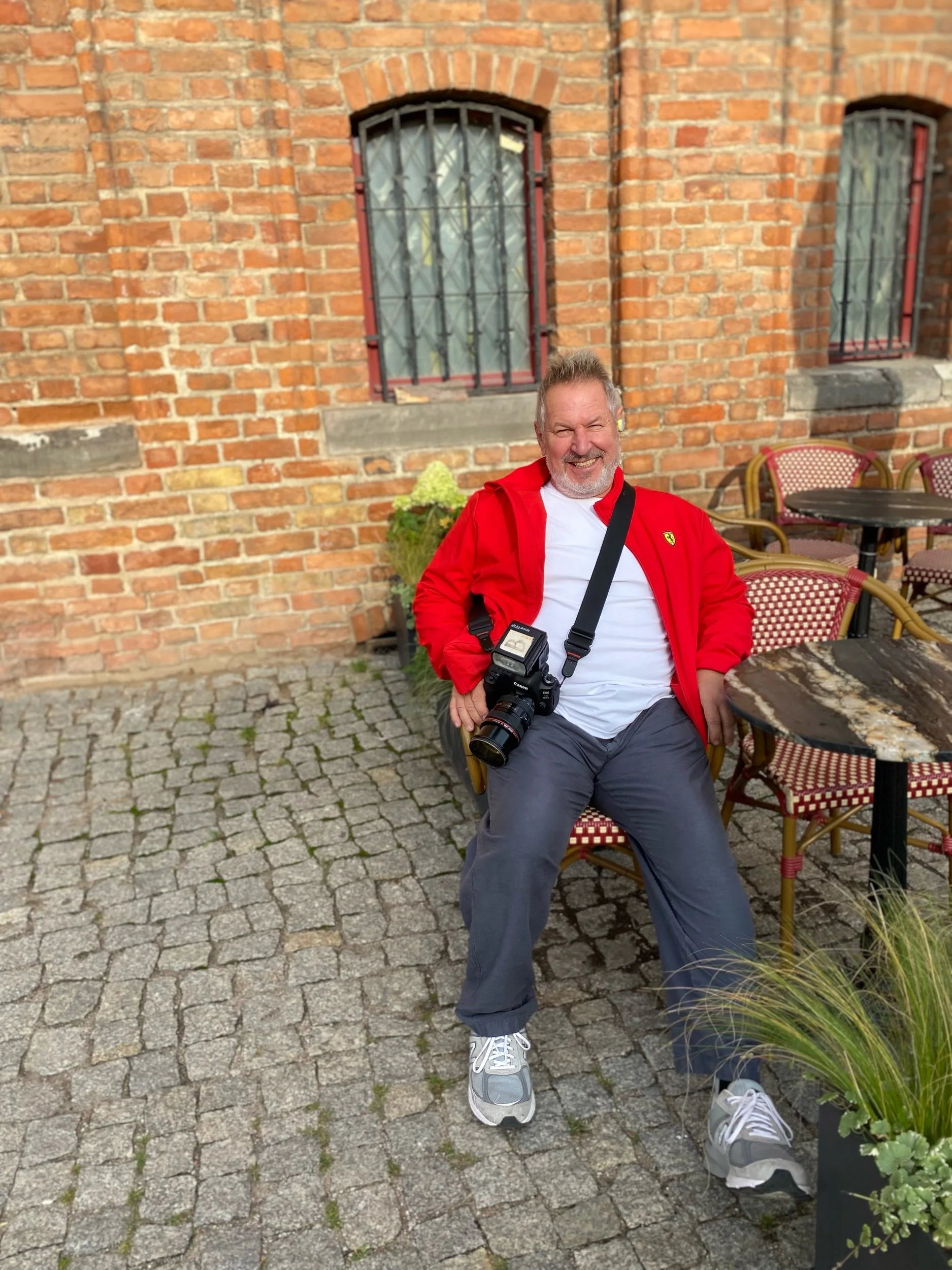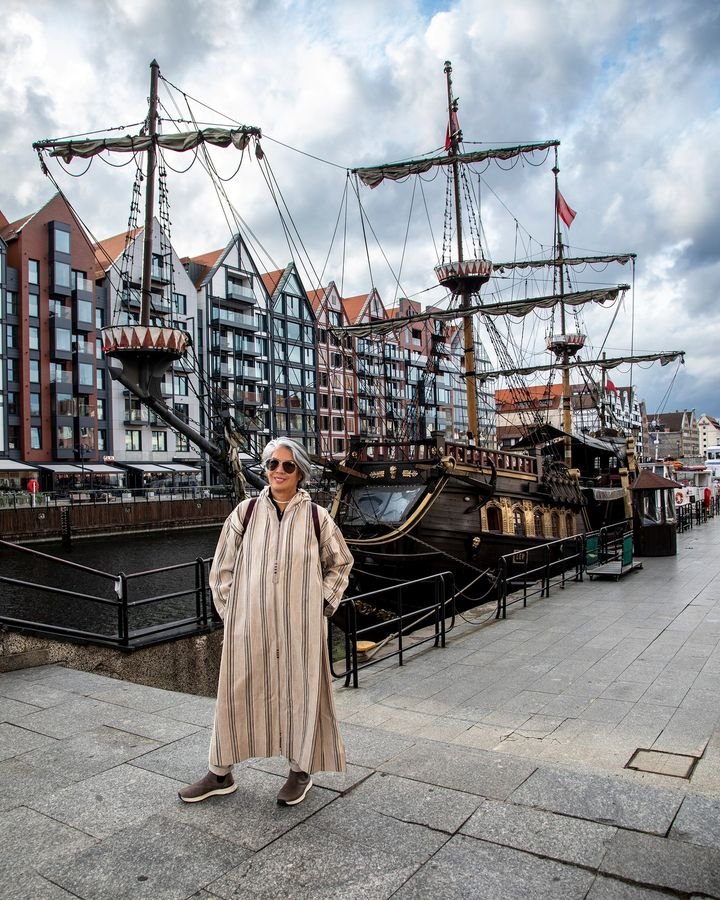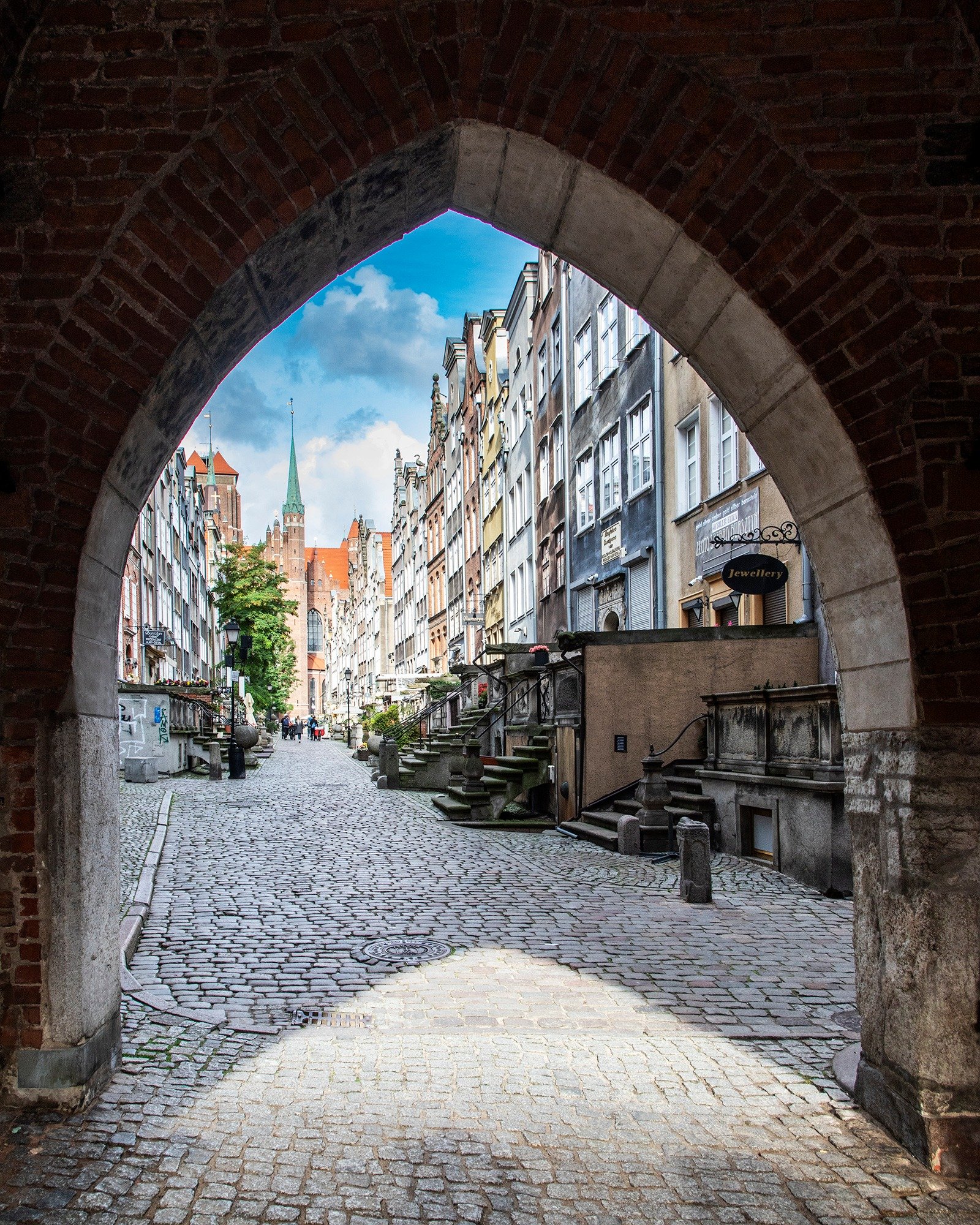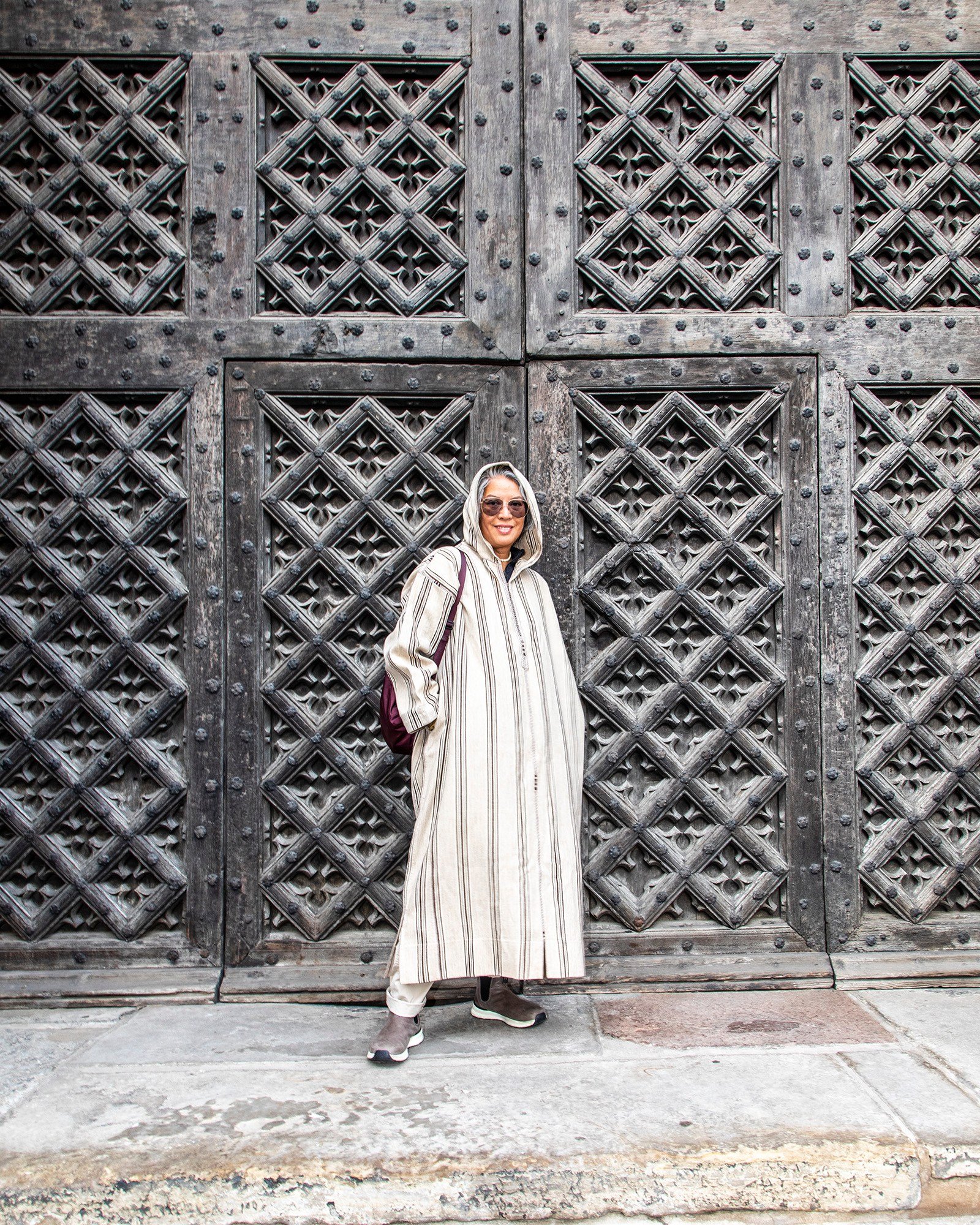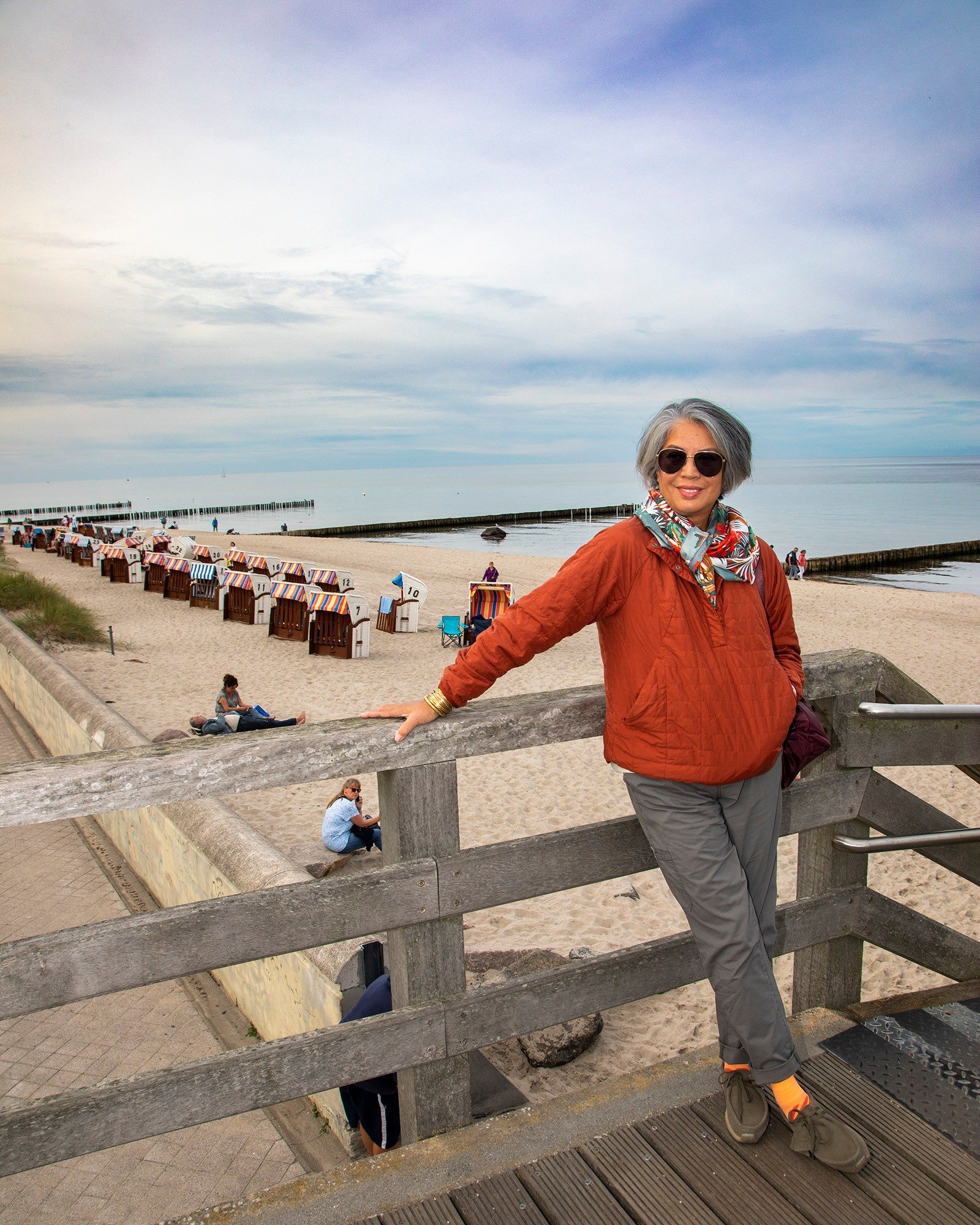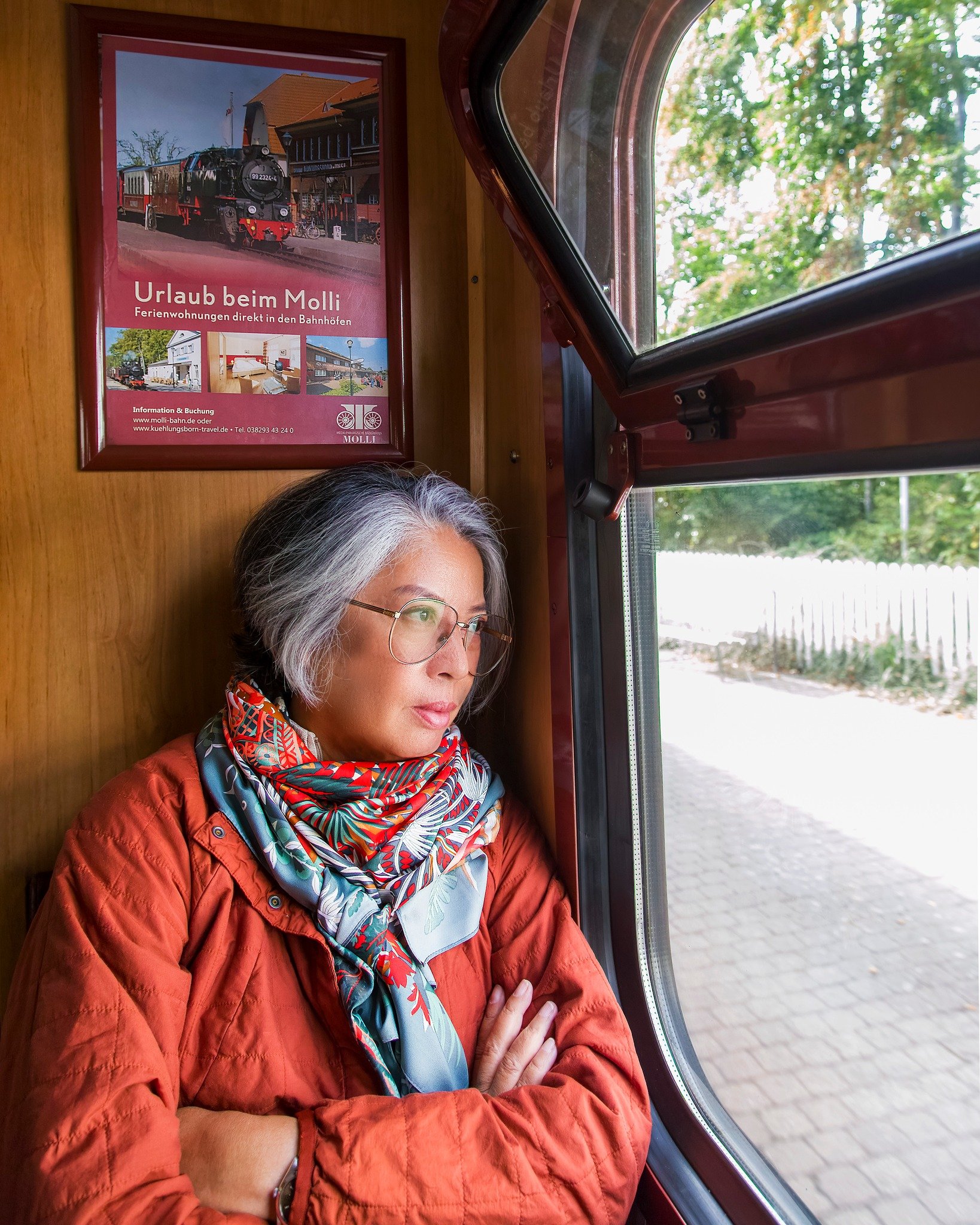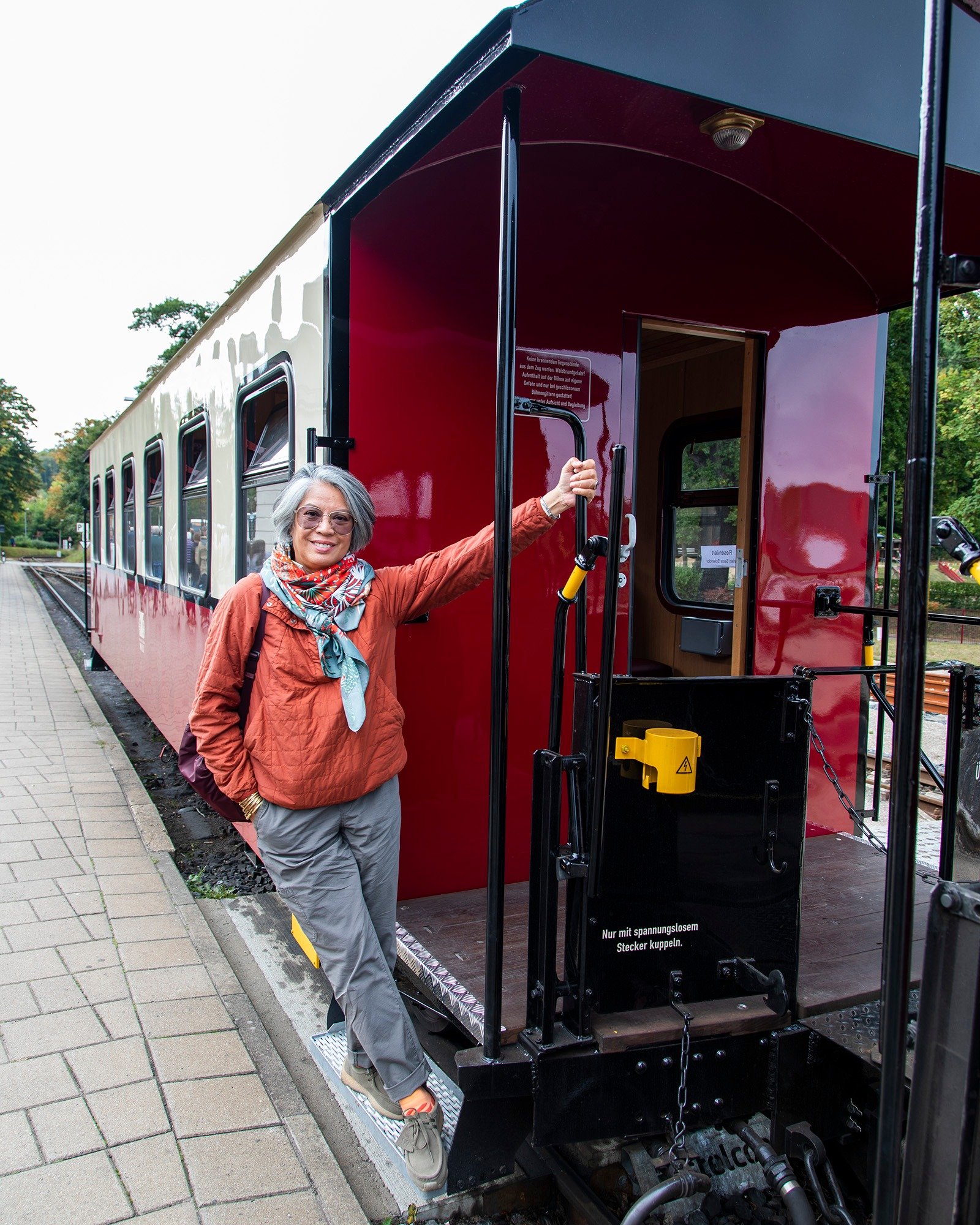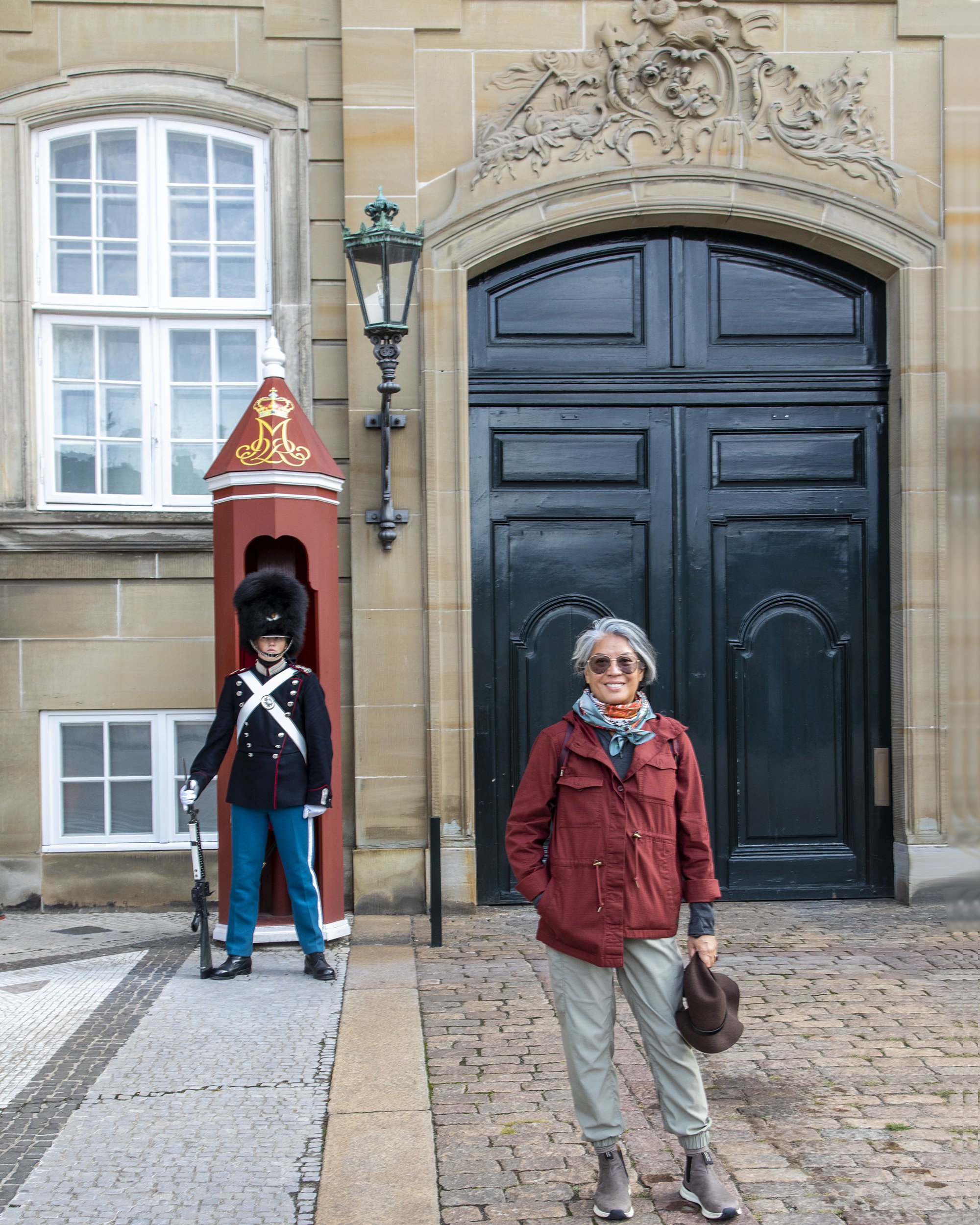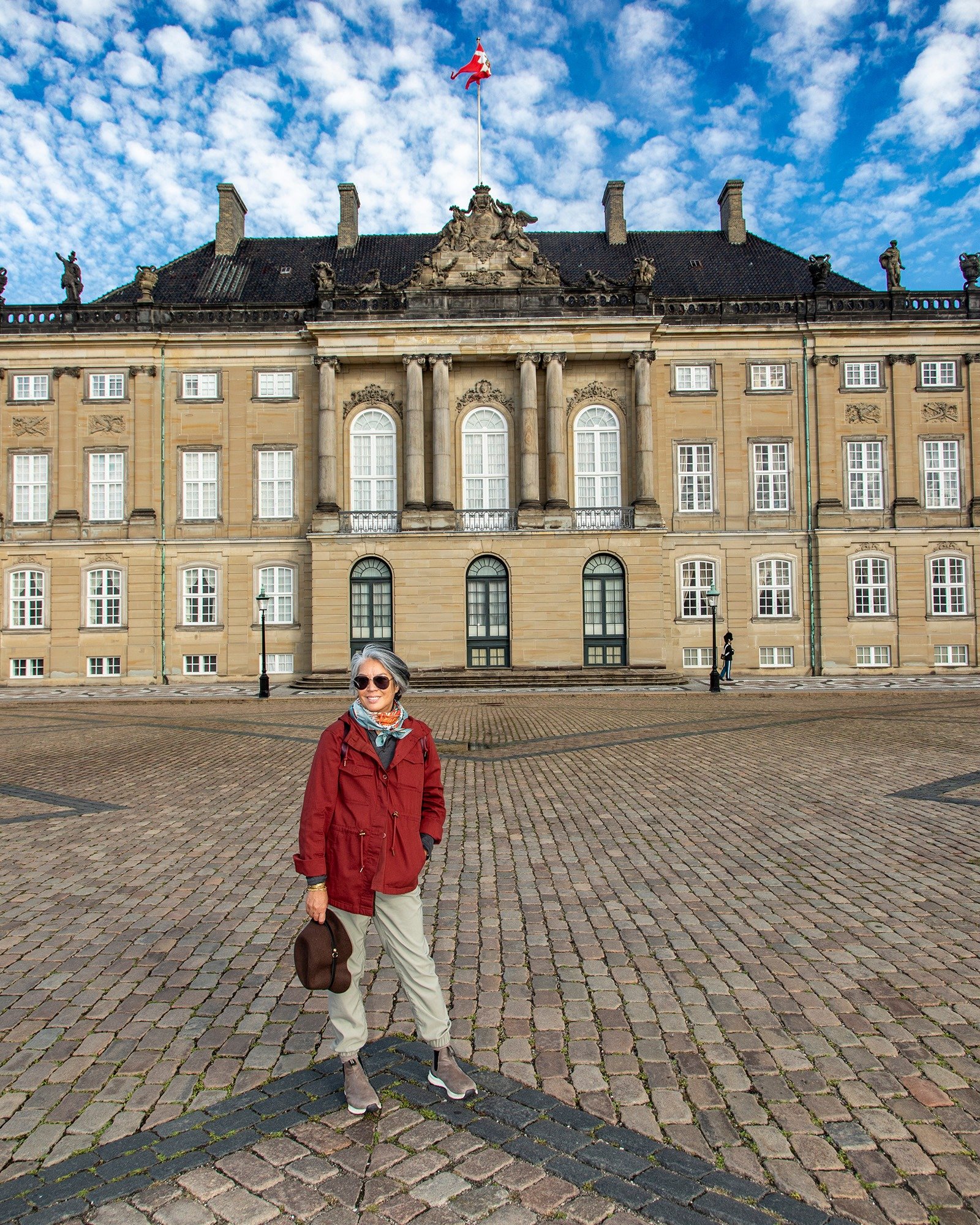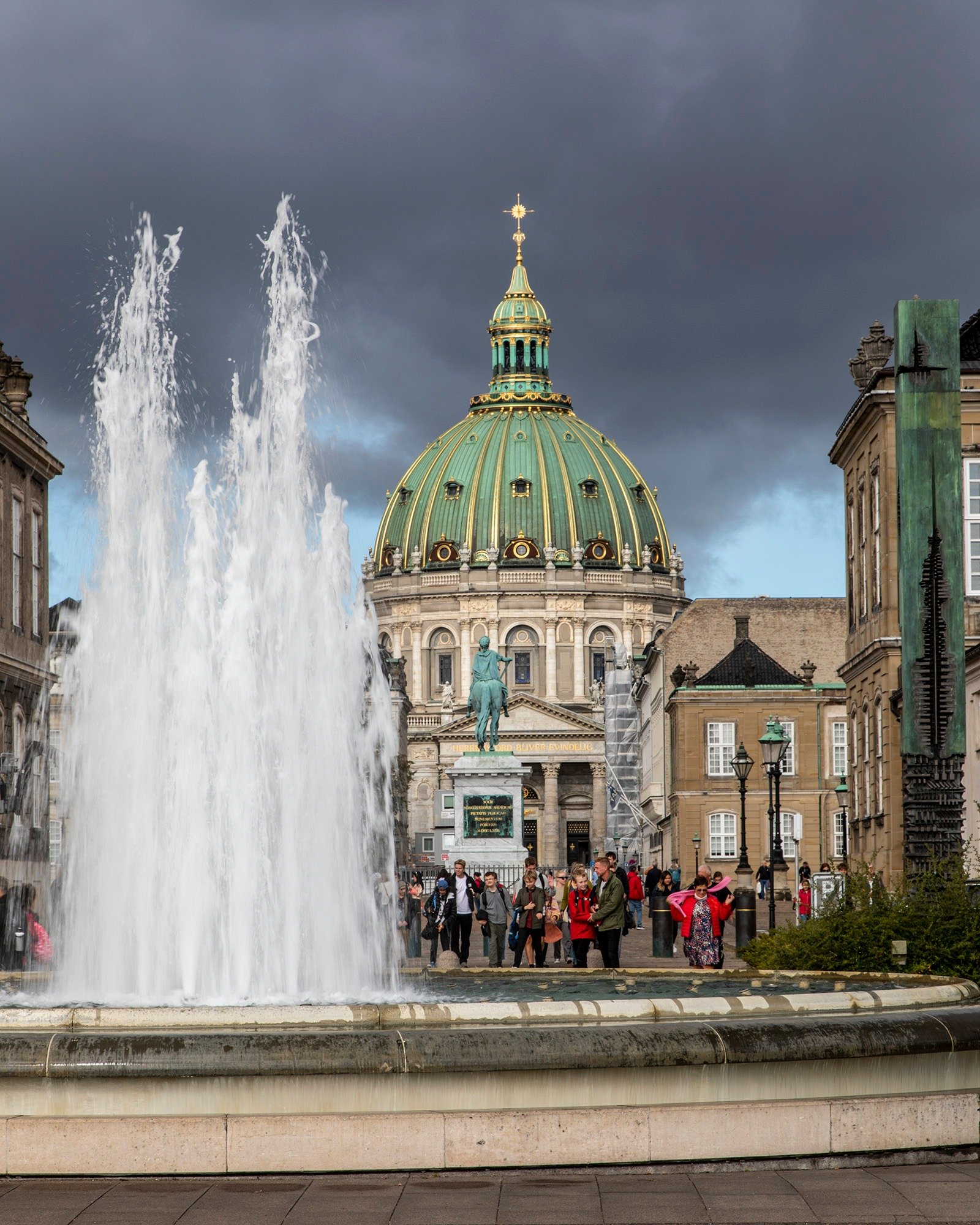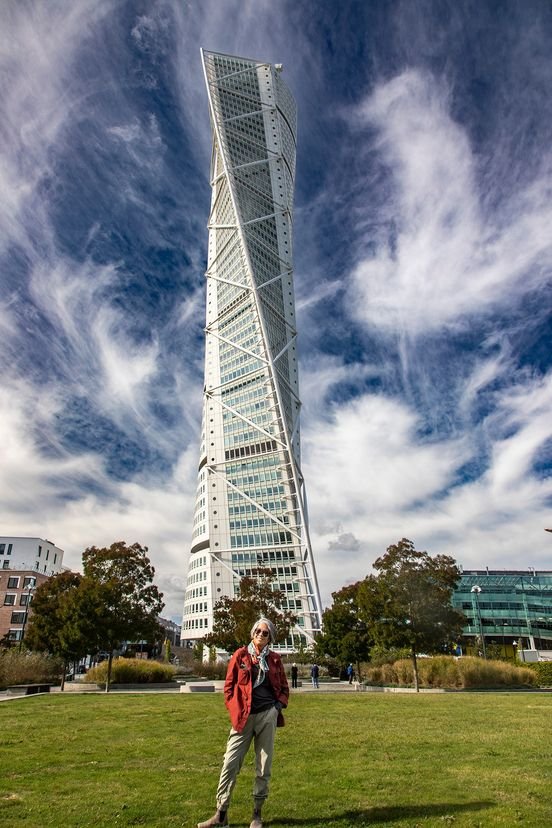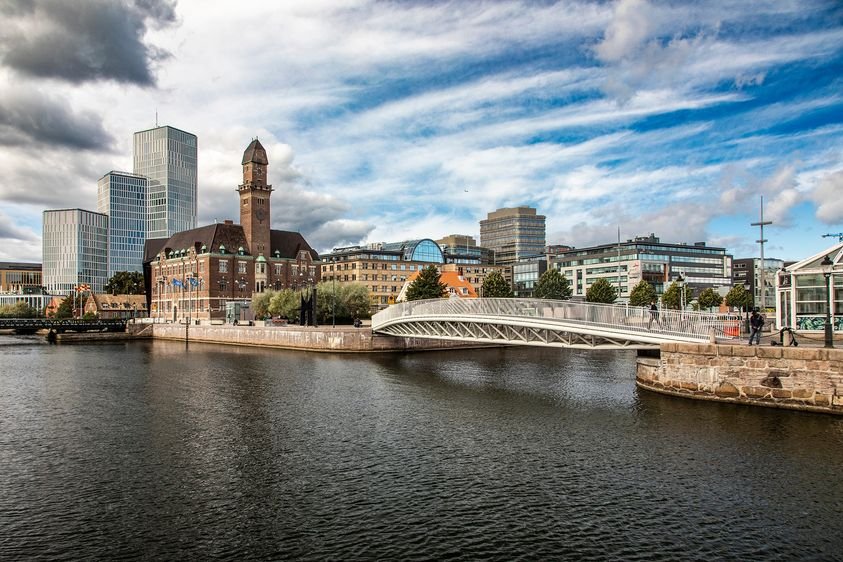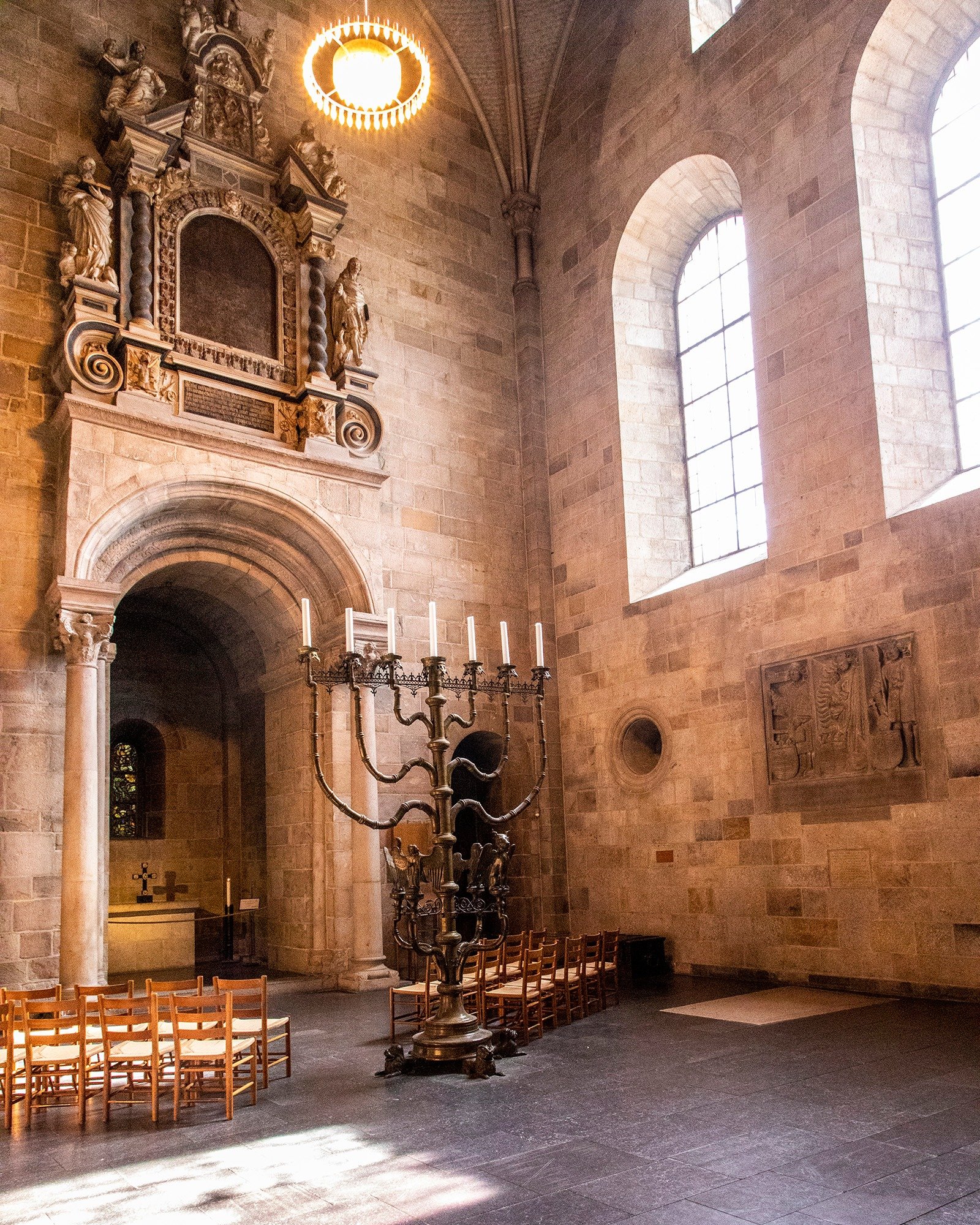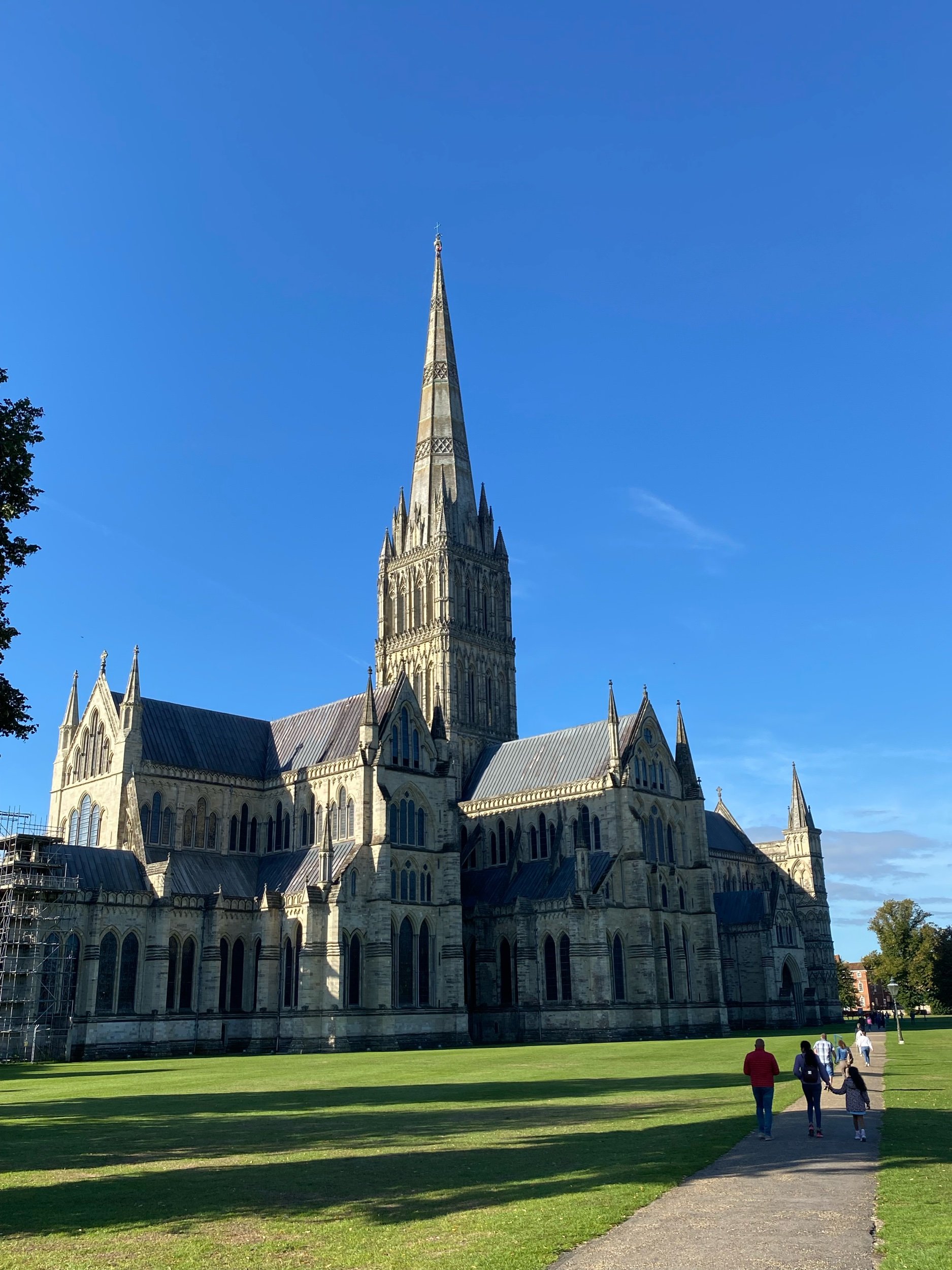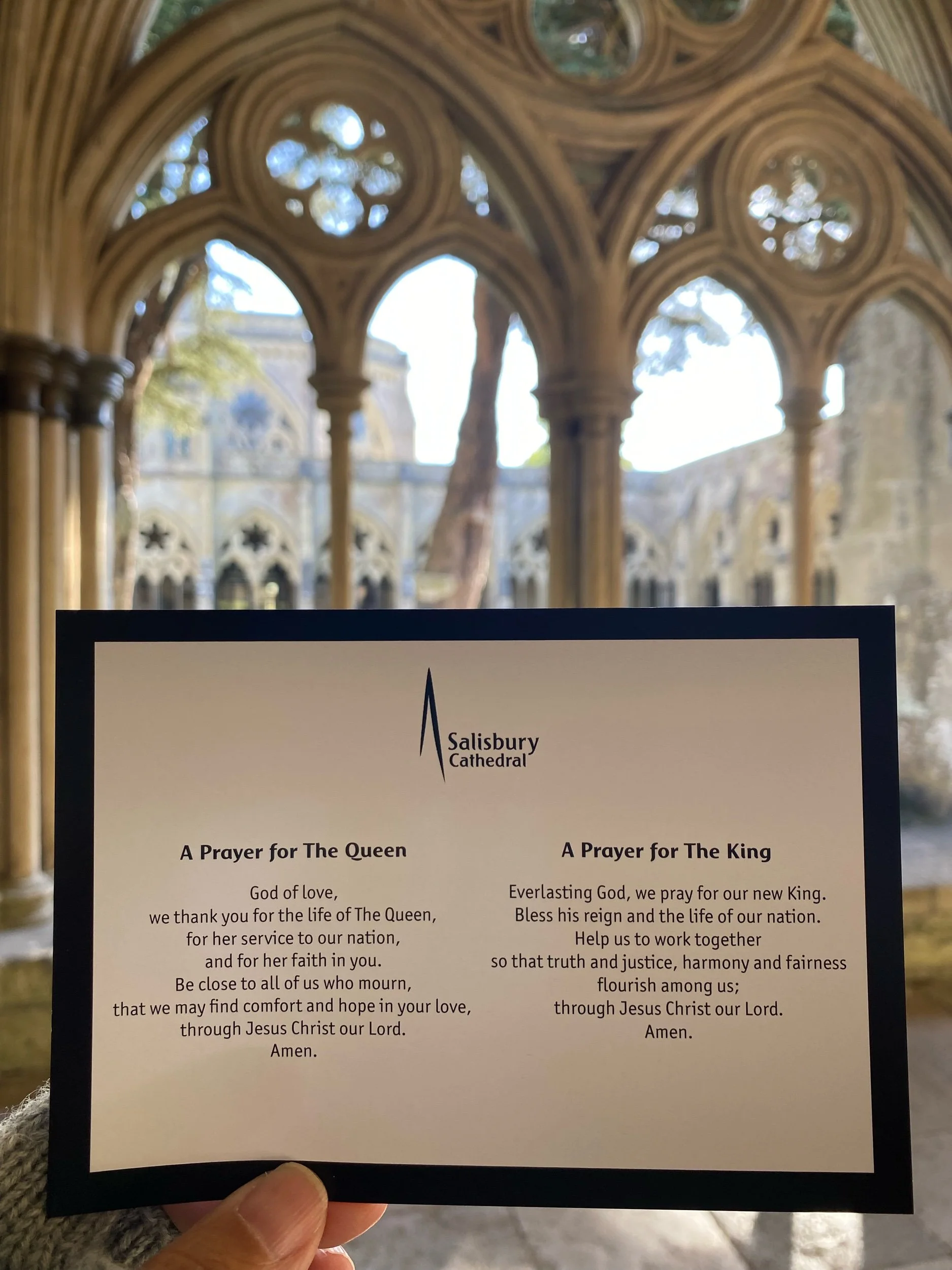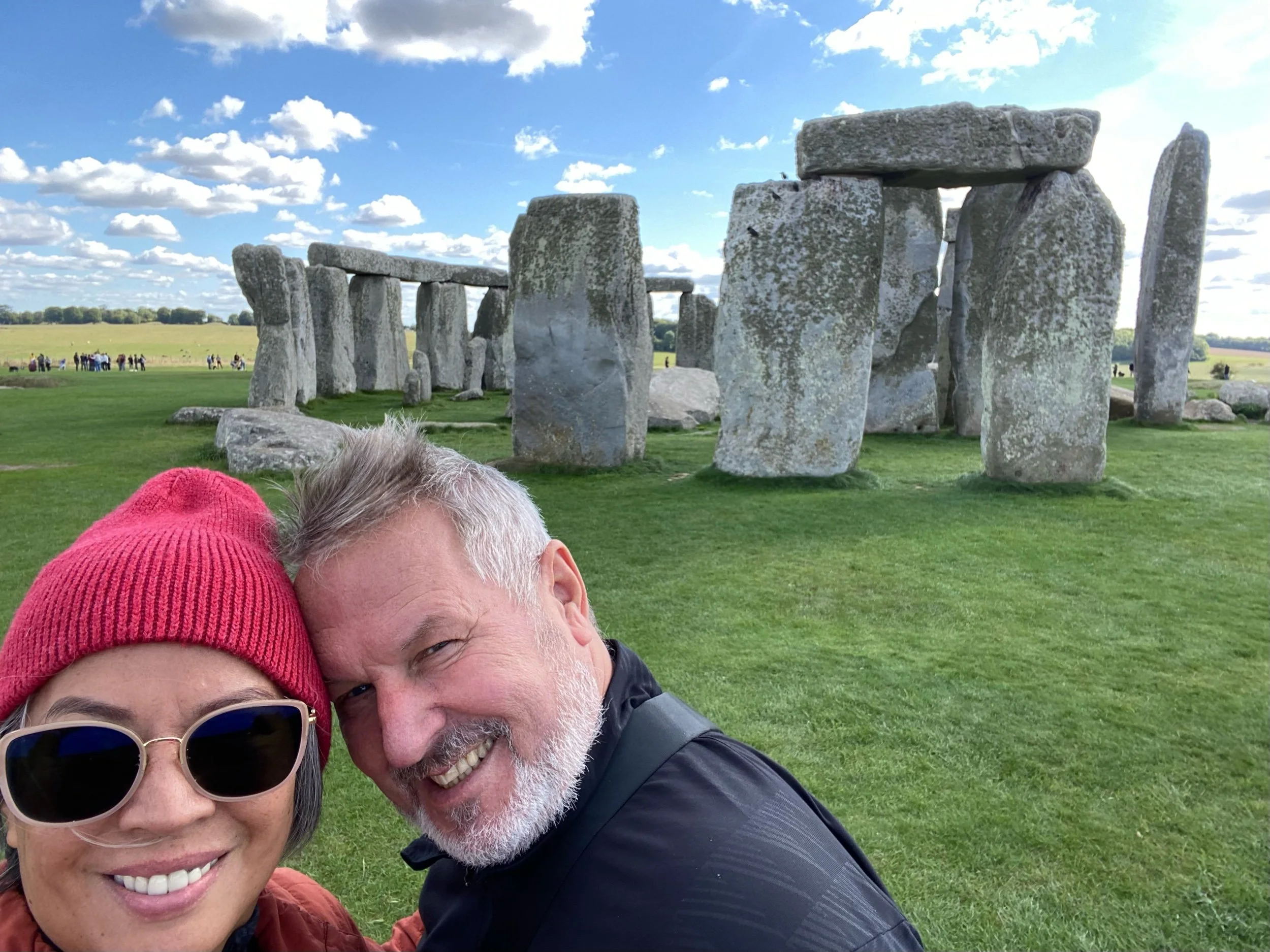Michael and I recently sailed aboard the Regent Seven Seas Splendor for 12 nights from Stockholm, Sweden - Helsinki, Finland - Tallinn, Estonia - Riga, Latvia - Klaipeda, Lithuania - Gydnia, Poland - Warnemunde, Germany - Copenhagen, Denmark - London Southampton.
Regent’s Seven Seas Splendor is the perfect size ship with 366 suites. It is an all-inclusive every Luxury is Included experience: Free Roundtrip Business Class Air* on Intercontinental Flights, Free Roundtrip Air* on Domestic Flights, Free Unlimited Shore Excursions, Free 2-or 3-Night Land Programs, Free 1-Night Pre-Cruise Hotel Package, Free Unlimited Beverages, Free Open Bars and Lounges, Free Pre-paid Gratuities, Free Specialty Restaurants, Free Transfers between Airport & Ship, Free Unlimited Wifi, Free Valet Laundry Service (*Terms and Conditions apply)
The Stats: 732 Guests, 567 Crew, 366 Suites, 10 Decks, 735ft Length, 102ft Width, 55,498 Tonnage
Day 1 & 2 - Stockholm, Sweden
The “Venice of the North,” spanning 14 small islands at the outflow of Lake Mälar into the Baltic, Stockholm is the largest city in Scandinavia and architecturally one of the finest in the world, with broad streets, waterside parks and many pedestrian walkways. For a taste of the city, take a walking tour of Old Town, and particularly the Royal Palace and beautiful Riddarholm Church; take in the views from the observation deck in the Town Hall; or visit one of the Skeppsholmen Museums, including Skeppsholm Church (1842), the Museum of Architecture, the Museum of East Asian Art and the Modern Museum. A main attraction near the center of town is the Vasa Museum, on the island of Djurgården, displaying the almost fully intact 64-gun warship Vasa, that sank on her maiden voyage in 1628.
Day 3 - Helsinki, Finland
The capital of Finland, Helsinki is also the cultural, commercial and political center of Finland. Helsinki is an easily-navigated city and an architectural delight. Helsinki is laid out with spacious streets interspersed with many gardens and parks. Wide streets and nearby islands add to Helsinki’s visual appeal. Beautiful neo classical buildings surround town squares and the cathedral is probably the most recognized of all Helsinki landmarks.
We chose the shore excursion to Porvoo, a 300yr old medieval village 45min out of Helsinki. We had hot chocolate along the river and bought a hand-knitted sweater from the Finnish knitter herself which took 30 days to make. Back in Helsinki we stayed in town for an excellent lunch at Kapelli but also regretted not dining at the Old Market which had great options.
Day 4 - Tallinn, Estonia
On the southern coast of the Gulf of Finland lies Tallinn, the capital and main seaport of Estonia. Though the city has been bombed and pillaged many times throughout the ages, much of the town as it was in medieval times remains. Atmospheric streets serve as home to the palaces of Castle Hill. Ancient convents, steepled churches and handsome guild houses are all preserved as they were in Tallinn’s Old Town area, which was named a UNESCO World Heritage Site.
M and I had fun at Kadroig Palace, former palace of the Russian Czar Peter the Great and his wife Catherine.
Day 5 - Riga, Latvia
Riga, the capital of Latvia, is situated on the Baltic Sea coast on the mouth of the river Daugava. After more than 700 years of German, Swedish, Russian rule, Latvia, with Riga as its capital city, thus declared its independence on November 18, 1918. Soviet occupation and annexation occurred in 1940, but then Latvia declared its full de facto independence in 1991. The Historic Centre of Riga has been declared a UNESCO World Heritage Site, and the city is particularly notable for its extensive Art Nouveau architecture.
Day 6 - Klaipeda, Lithuania
Klaipeda, or Memel, in Lithuania is situated at the mouth of the Curonian Lagoon where it flows into the Baltic Sea. During World War II, the city was captured by the Soviet Red Army. Unlike the rest of East Prussia, the Memel Territory was not considered part of the Soviet occupation zone, and was incorporated into the Lithuanian SSR. The city began to develop cultural activities in the 1970s and 1980s, such as the introduction of the Sea Festival cultural tradition.
We toured an amber factory and of course were brought to their museum/gift shop. One cannot escape amber stores in the Baltics, it is their liquid gold. The day was quite cloudy but I found a street seller who sold some Russian memorabilia and hand carved items made of horn and antler. He spoke no English except for the word “ten”, and so everything was TEN.
Day 7 - Gdynia and GDANSK, Poland
Though it flies under the radar as a major tourist destination, this prosperous, bustling port city on the Baltic is flush with Modernist architecture and a living maritime museum history. A small fishing village before the 20th century, Gdynia began its transformation into a key seaport in 1926. Today it sparkles with a unique “City of the Future” optimism. Climb aboard a pair of proudly preserved ships – the ORP Blyskawica (“Lightning”) destroyer and fully rigged frigate Dar Pomorza – for hands-on history before visiting museums dedicated to Poland’s emigrants, naval history, vintage cars and motorcycles and more. After a bite in cosmopolitan Kosciuszko Square, stroll the white sands of Gdynia Beach.
Any shore excursion into Gdansk is so worth it. The old medieval town is beautiful and quite intact. Copernicus, who discovered that the sun and not the earth was the center of the universe, was from Gdansk.
Day 8 - Berlin (Warnemunde)
Warnemünde is a sea resort and district of Rostock in Mecklenburg-Western Pomerania, situated at the Baltic Sea in the Northeast of Germany at the estuary of the river Warnow. Being a center of maritime traffic, the district of Warnemünde comprises numerous navigational aids, the oldest of which is the lighthouse located near the beach promenade. The lighthouse, which is currently still in use, was built in 1897. Warnemunde is also our gateway to nearby Berlin.
We chose to stay in Rostock because Berlin was a 3-hr drive each way. Besides which we had been to Berlin before and would definitely come back to this city, but not just for a few hours.
Day 9 - Copenhagen, Denmark
Copenhagen, the royal capital of Denmark, is one of Europe's oldest capitals. It was a fishing village until the middle of the 12th century, but then grew in importance after being fortified in 1167. Because of its harbor, it soon became a place of commercial importance. Copenhagen has a long history well-integrated with today's modern life. Theaters, museums, art galleries and musical entertainment are among the attractions that make Copenhagen memorable.
For our shore excursion, we chose ‘The Tale of Two Kingdoms’ which took us to Denmark and across the bridge to Malmo, Sweden. From the little that we saw of Copenhagen, M and I agreed that this was a destination worth coming back to.
Day 10/11/12 - At Sea
Day 13 - London (Southampton)
Southampton is the largest city and port on the south coast of England. Tour the historic byways of Old Town with its Medieval walls and Tudor architecture. Spend an hour or two meandering along the pathways of Royal Victoria Country Park, picturesquely set along the waterfront on the grounds of a former military hospital where Florence Nightingale once worked. Southampton's maritime past can be explored by strolling along the Town Quay with its marina and lively bars and restaurants. It was here that the Titanic departed on its fateful journey and where the Mayflower sailed for the New World.
We booked our airport transfer through Regent with a stopover in Salisbury and Stonehenge which I totally recommend. At Salisbury, I signed the condolence card at the Cathedral for QEII and the hour we spent at Stonehenge cemented our love for traveling with each other.
All Photos by Michael Girman and Tesa Totengco

